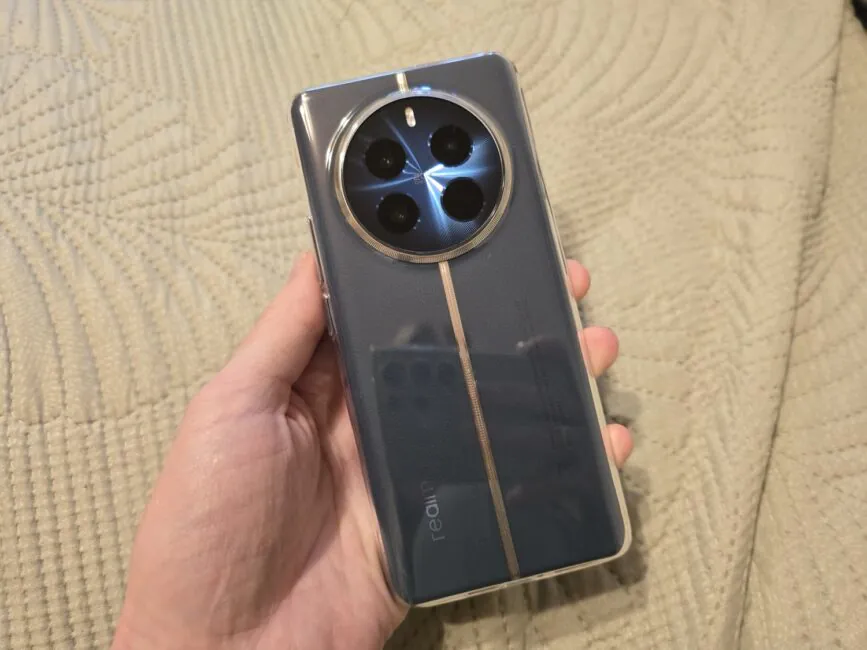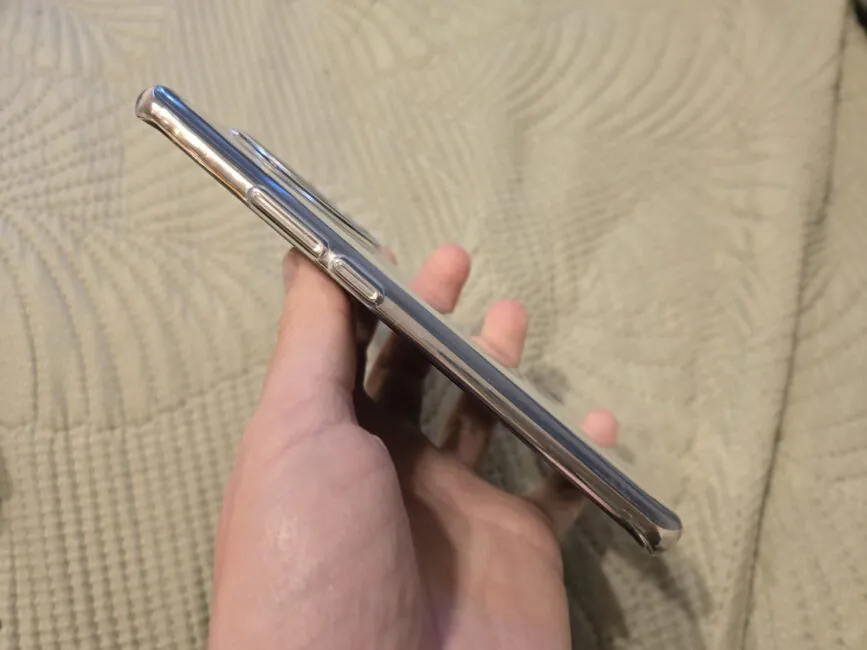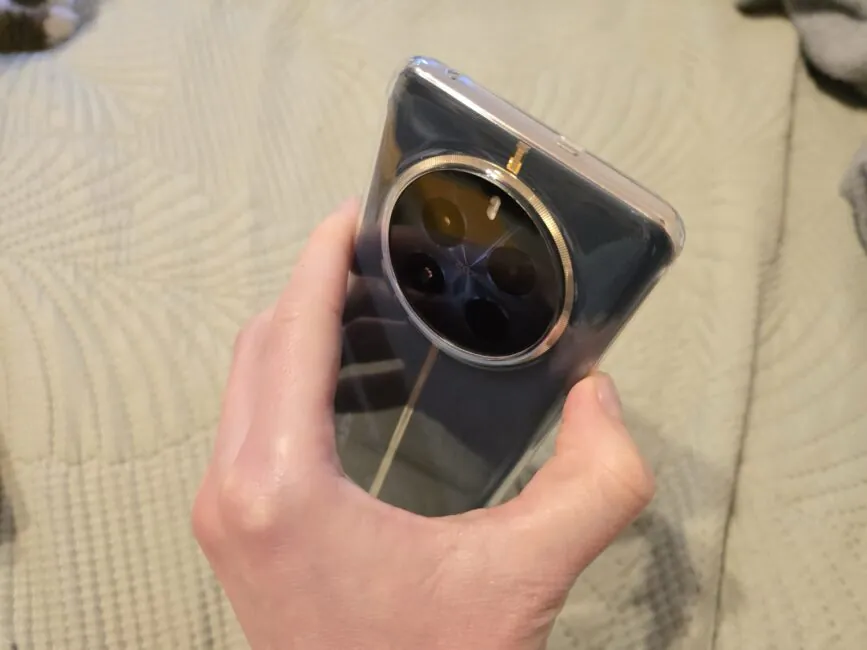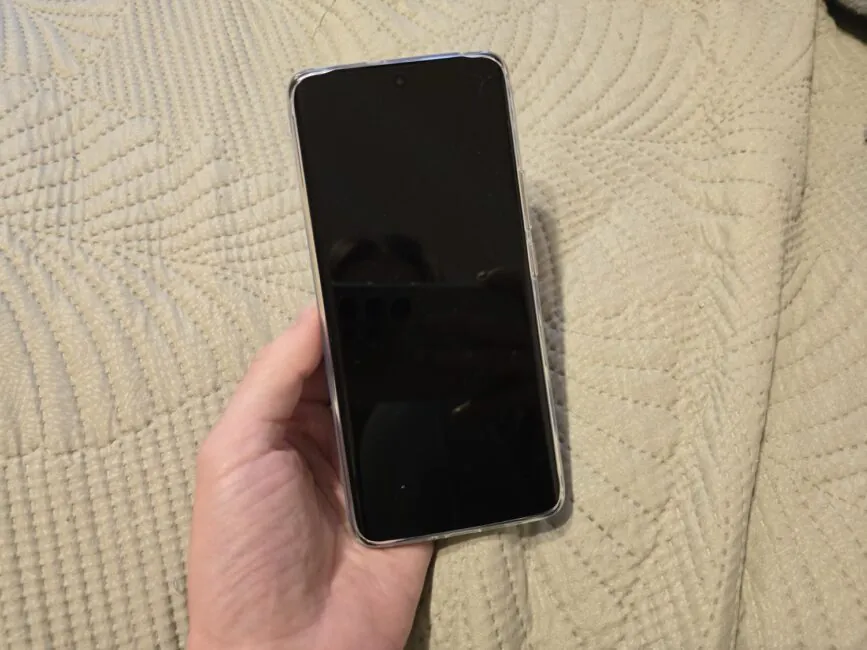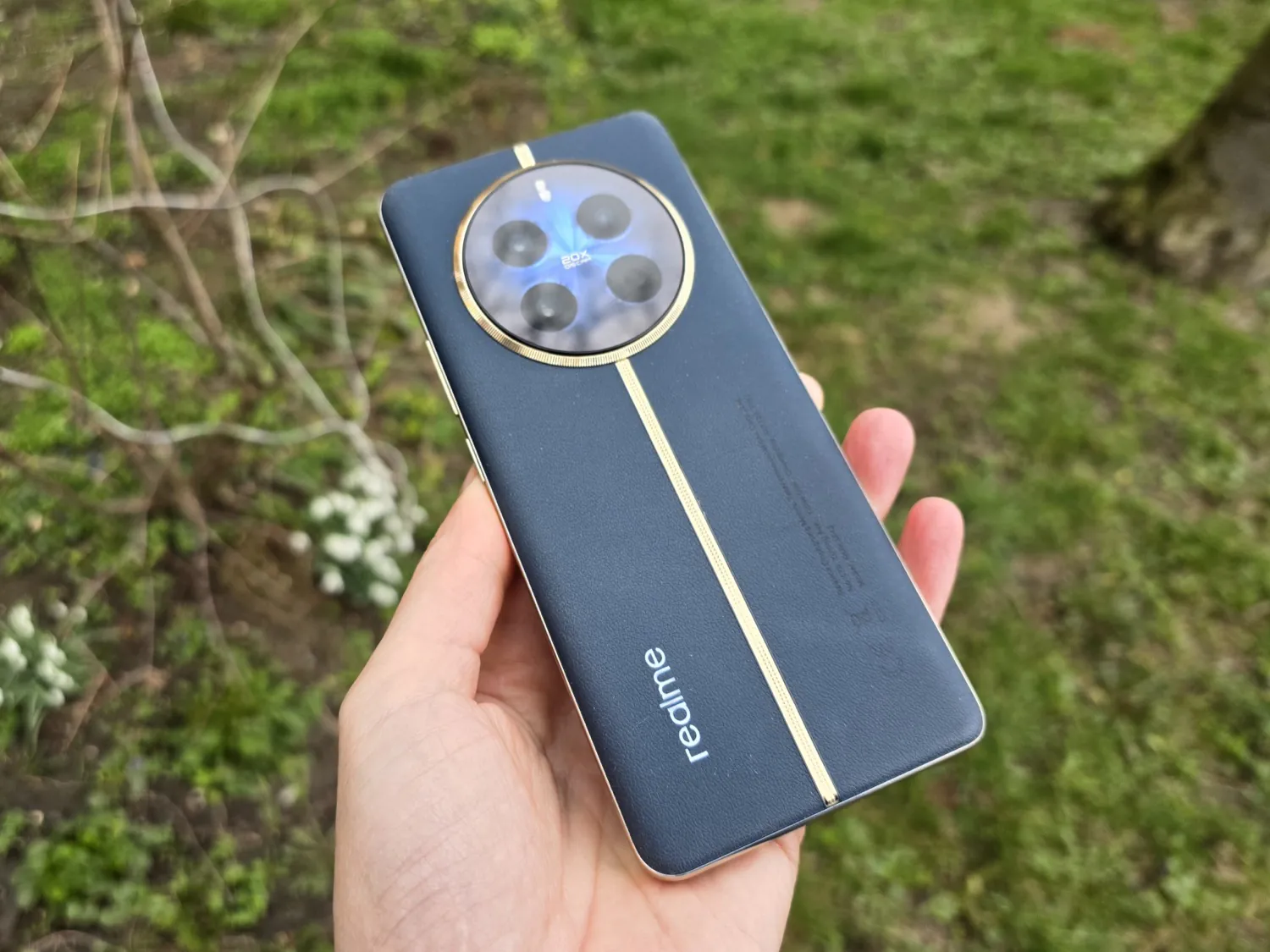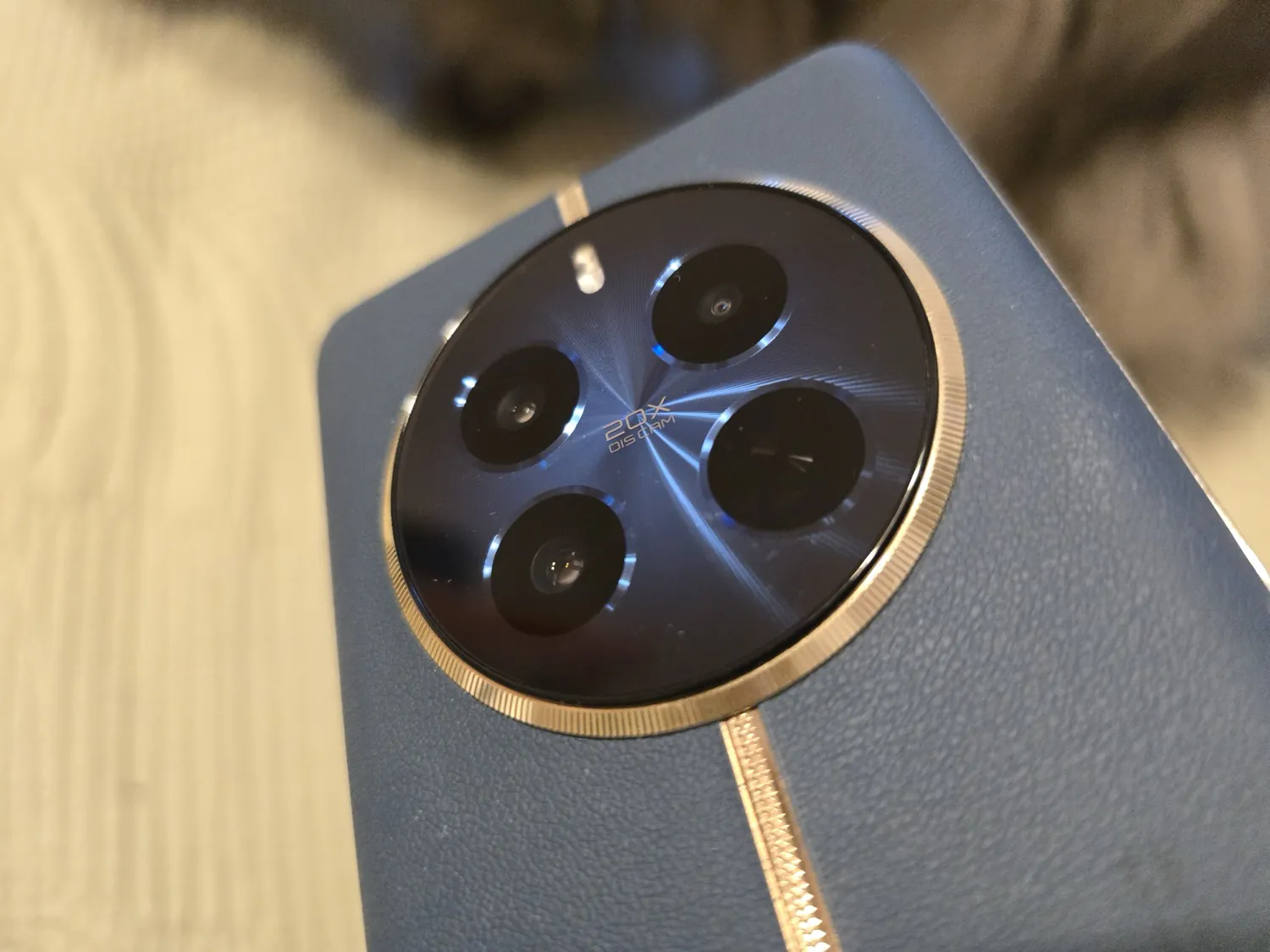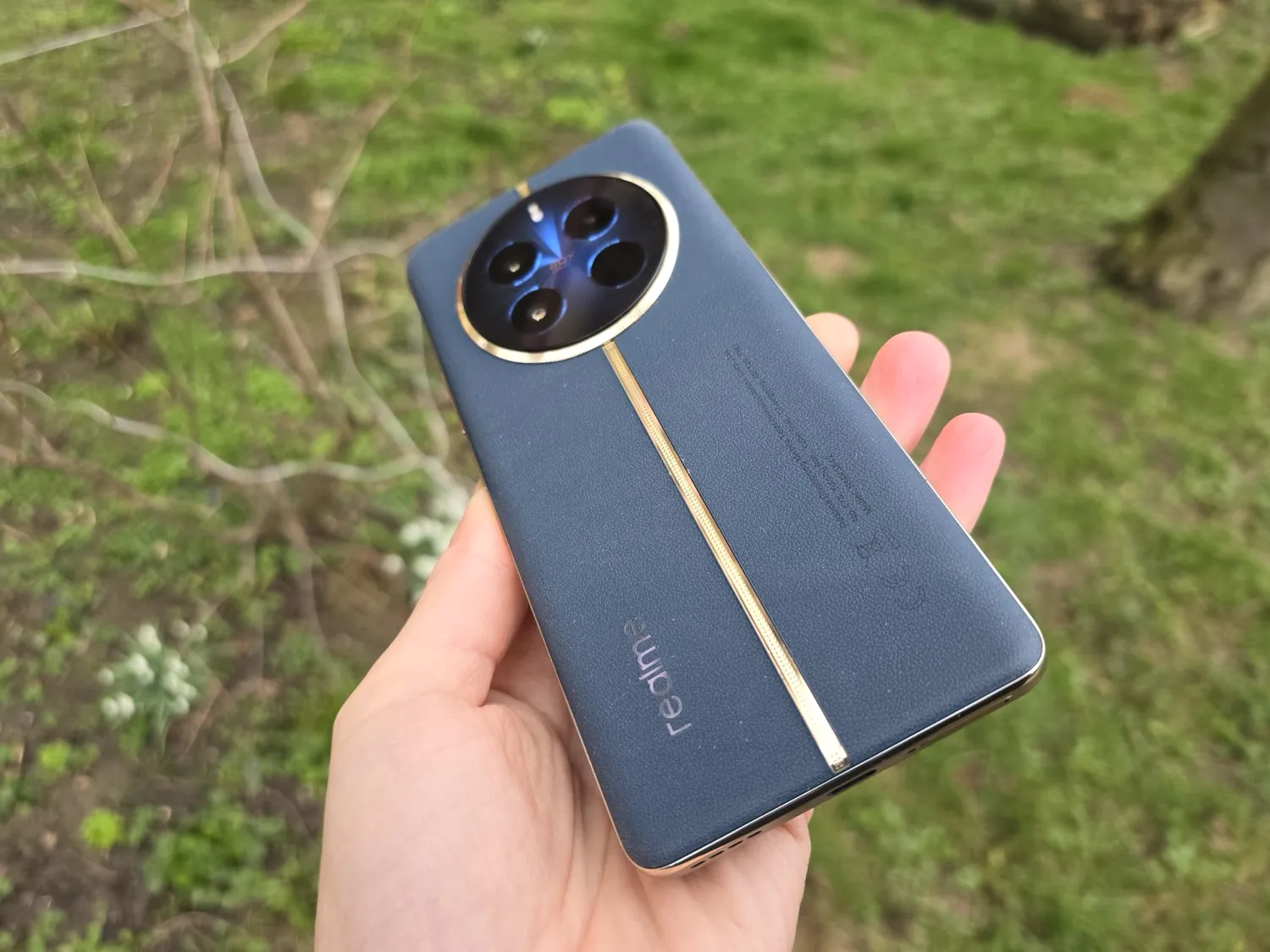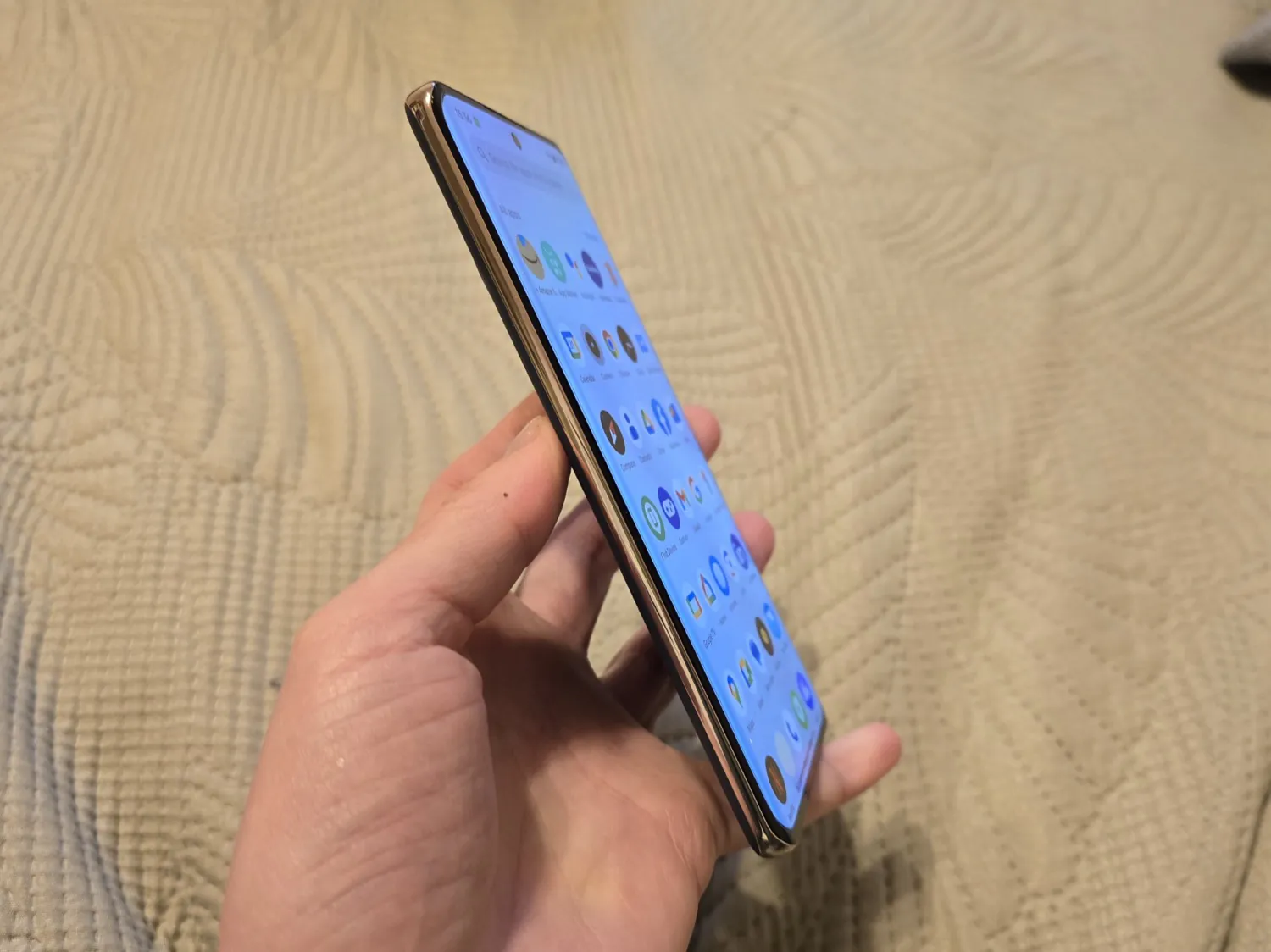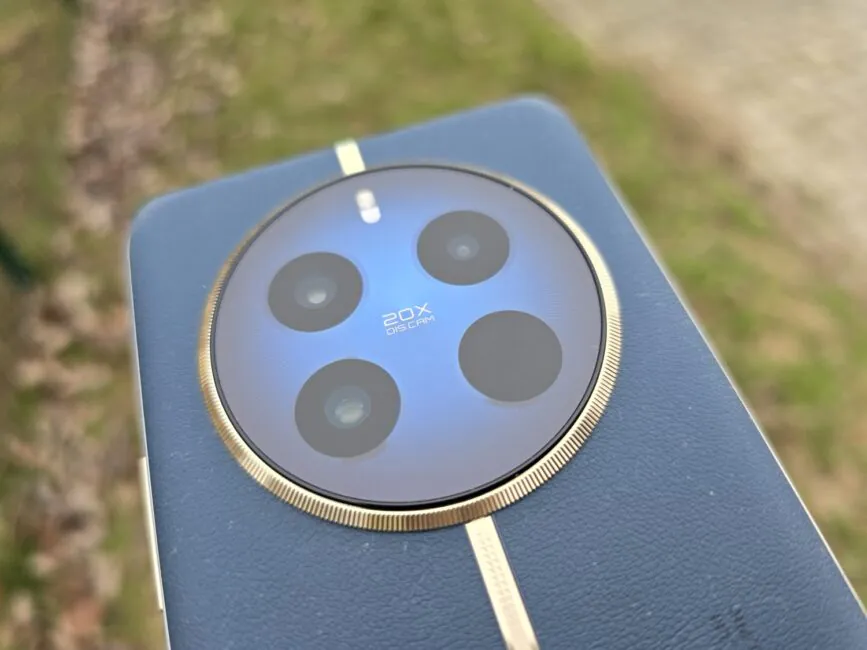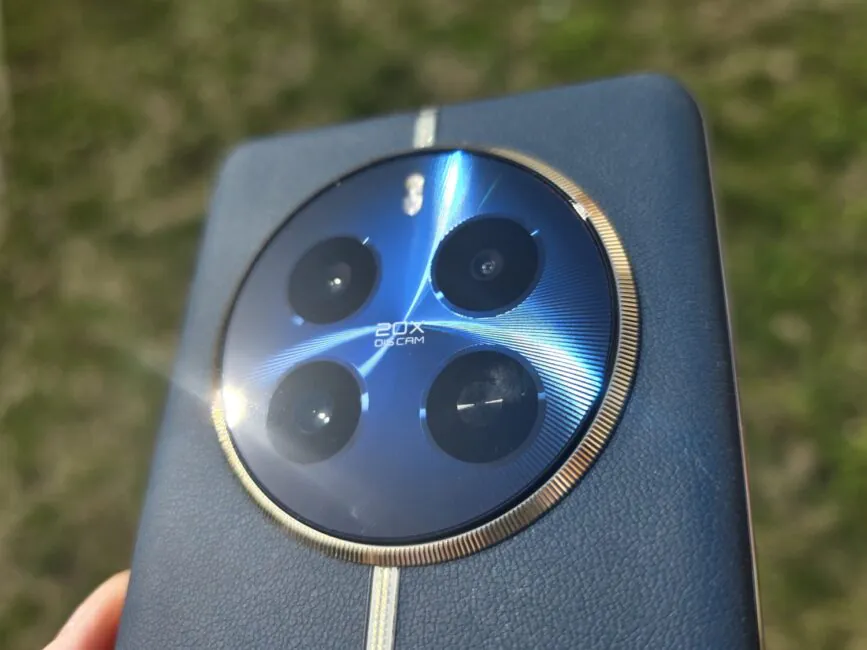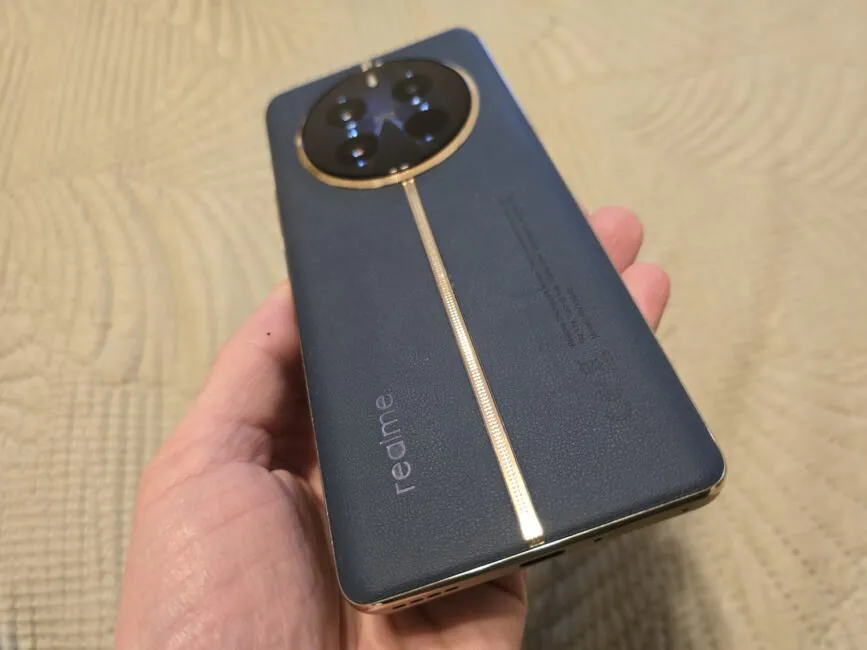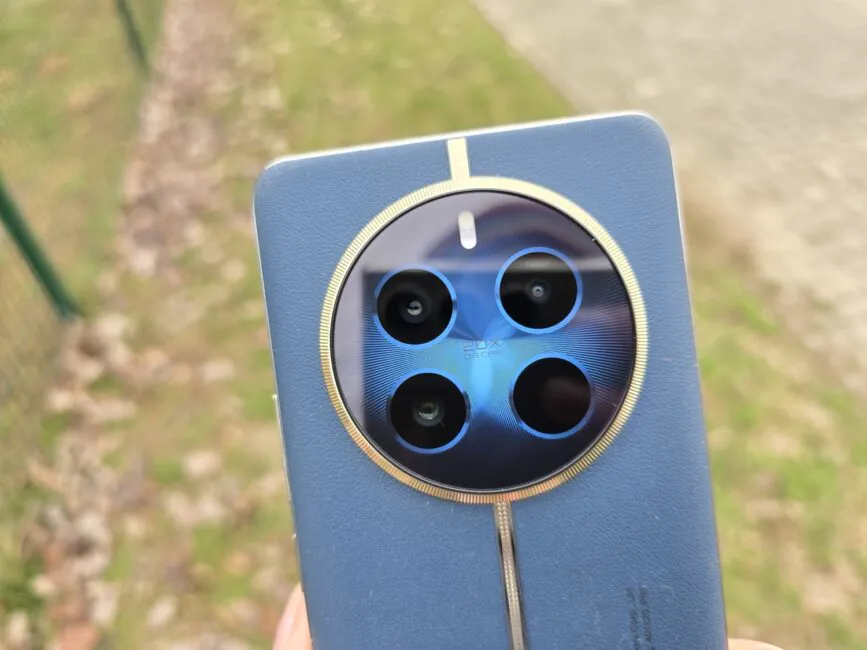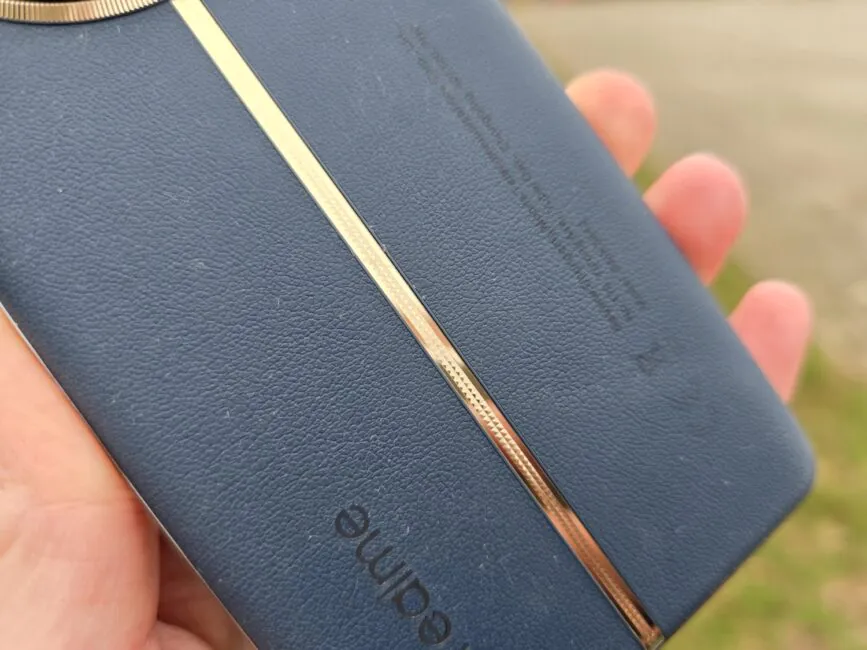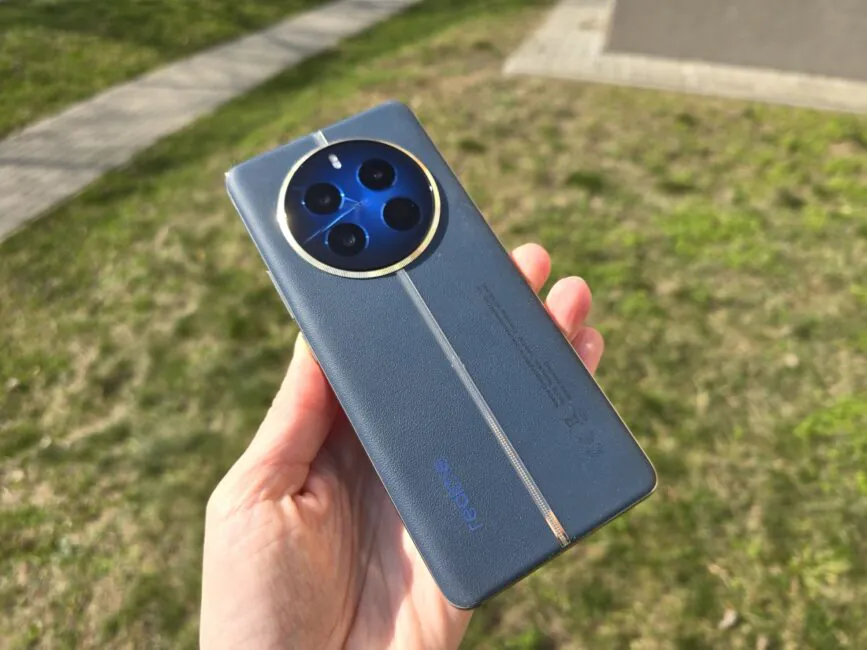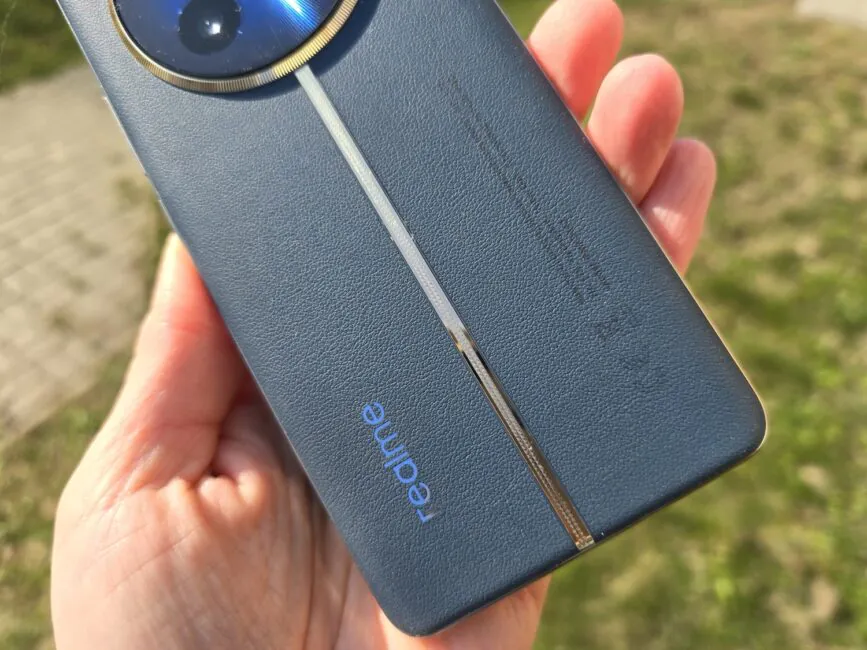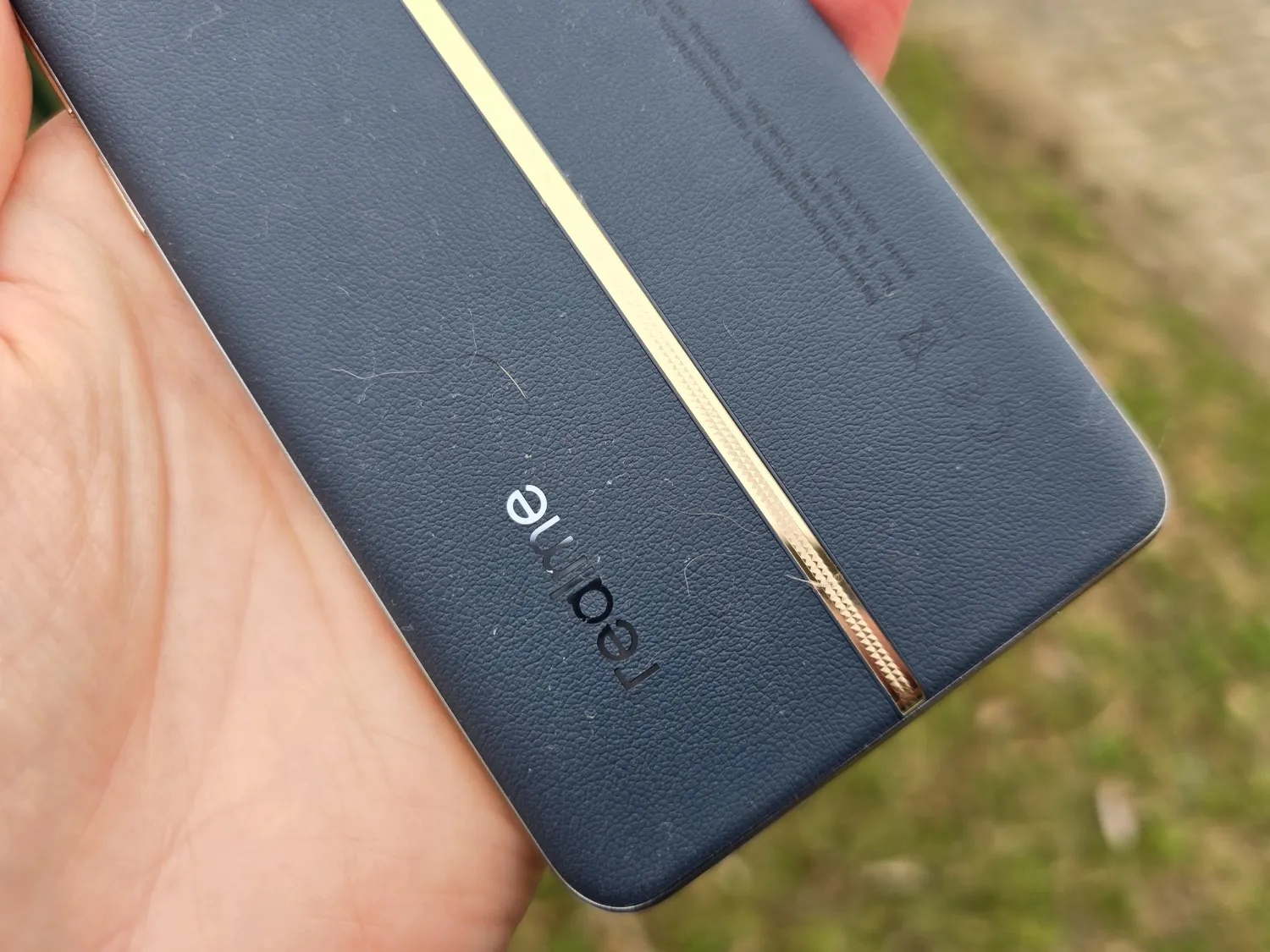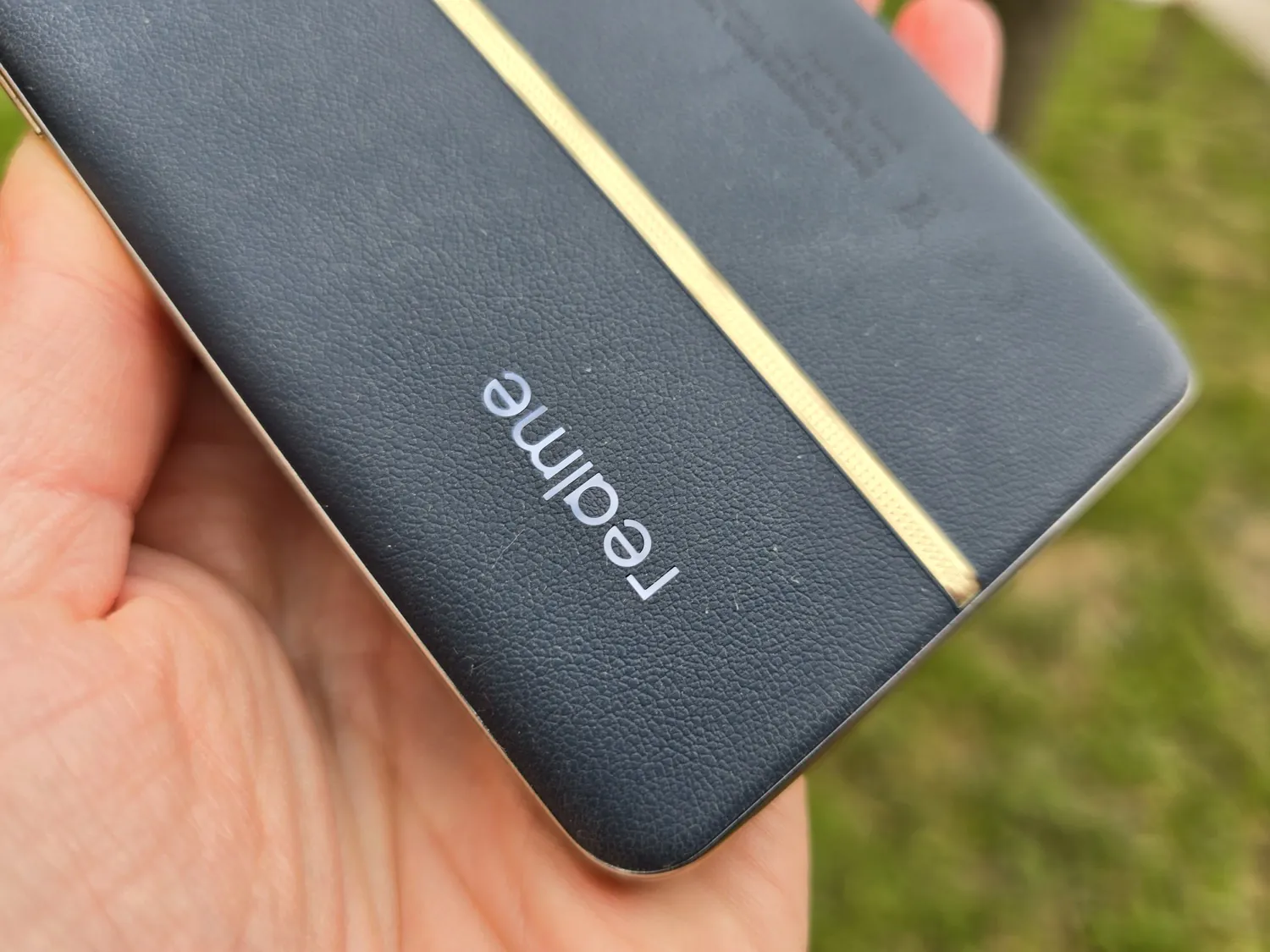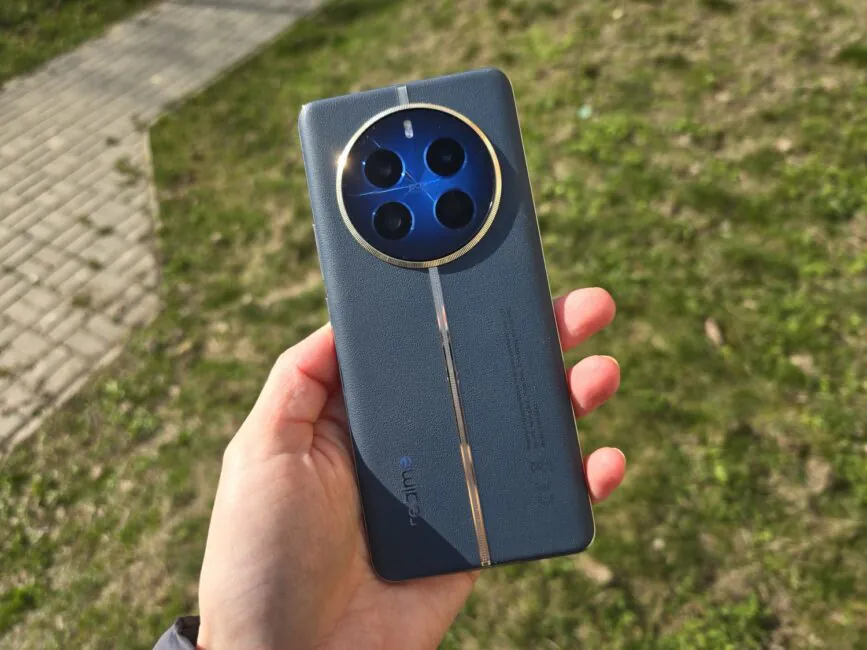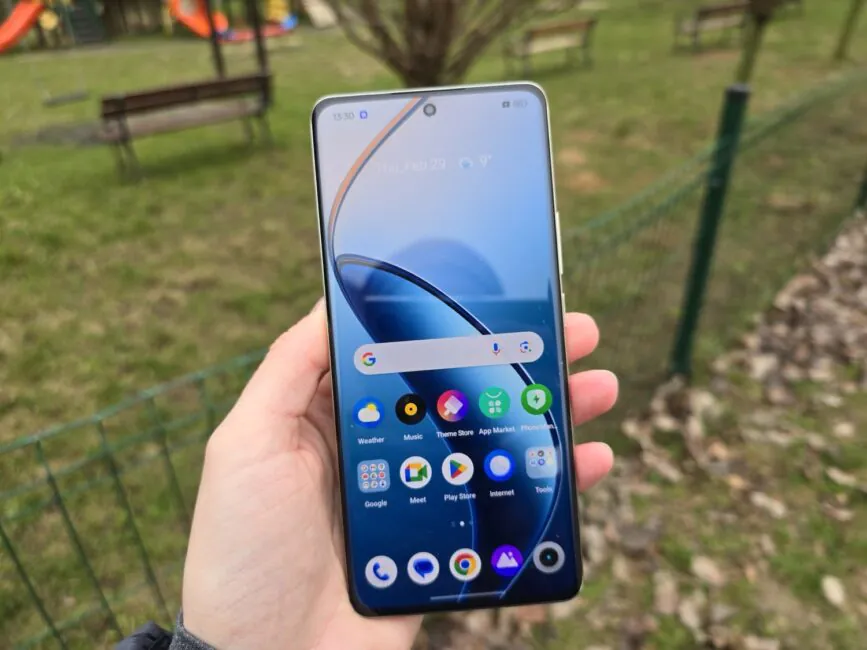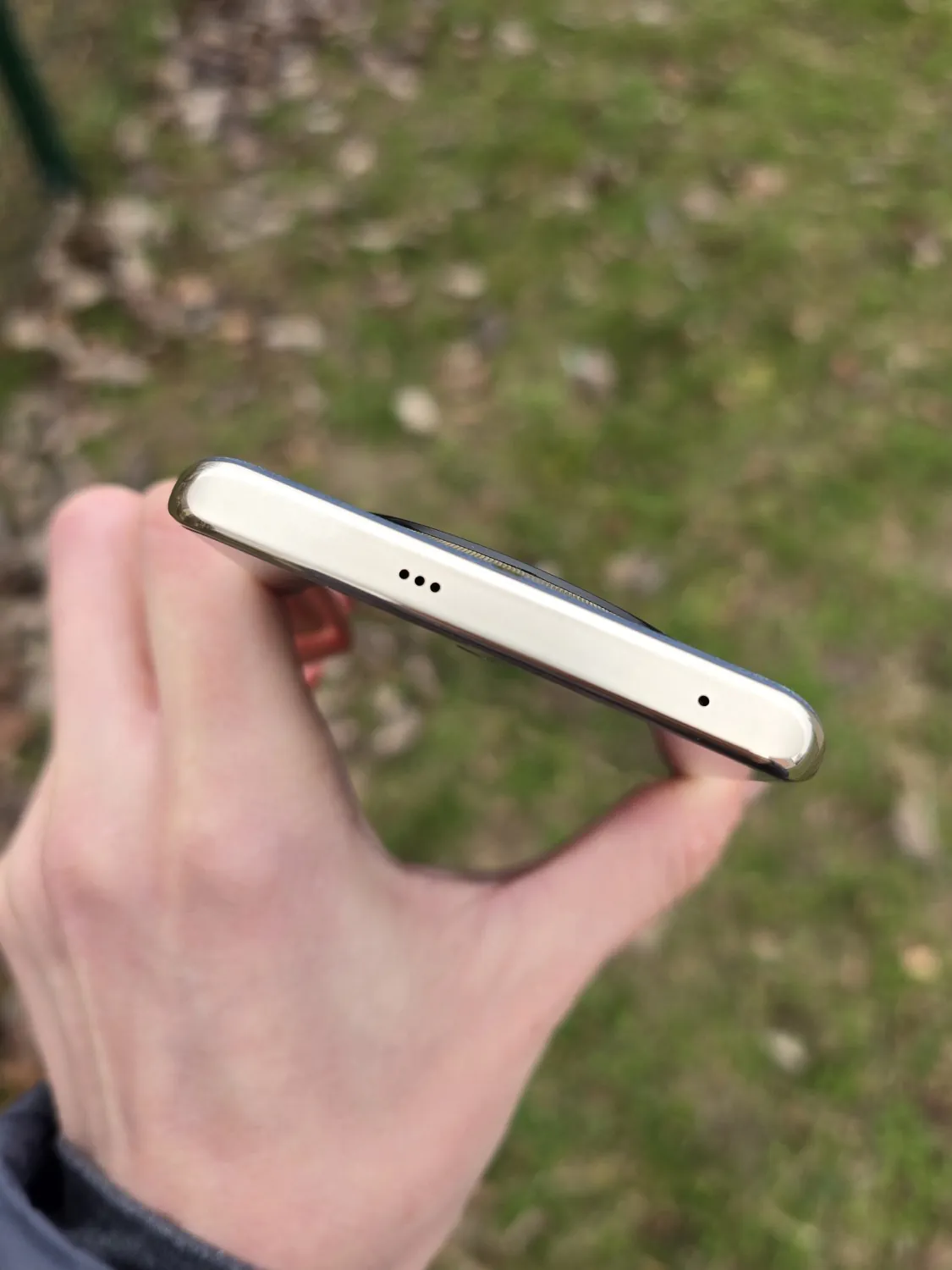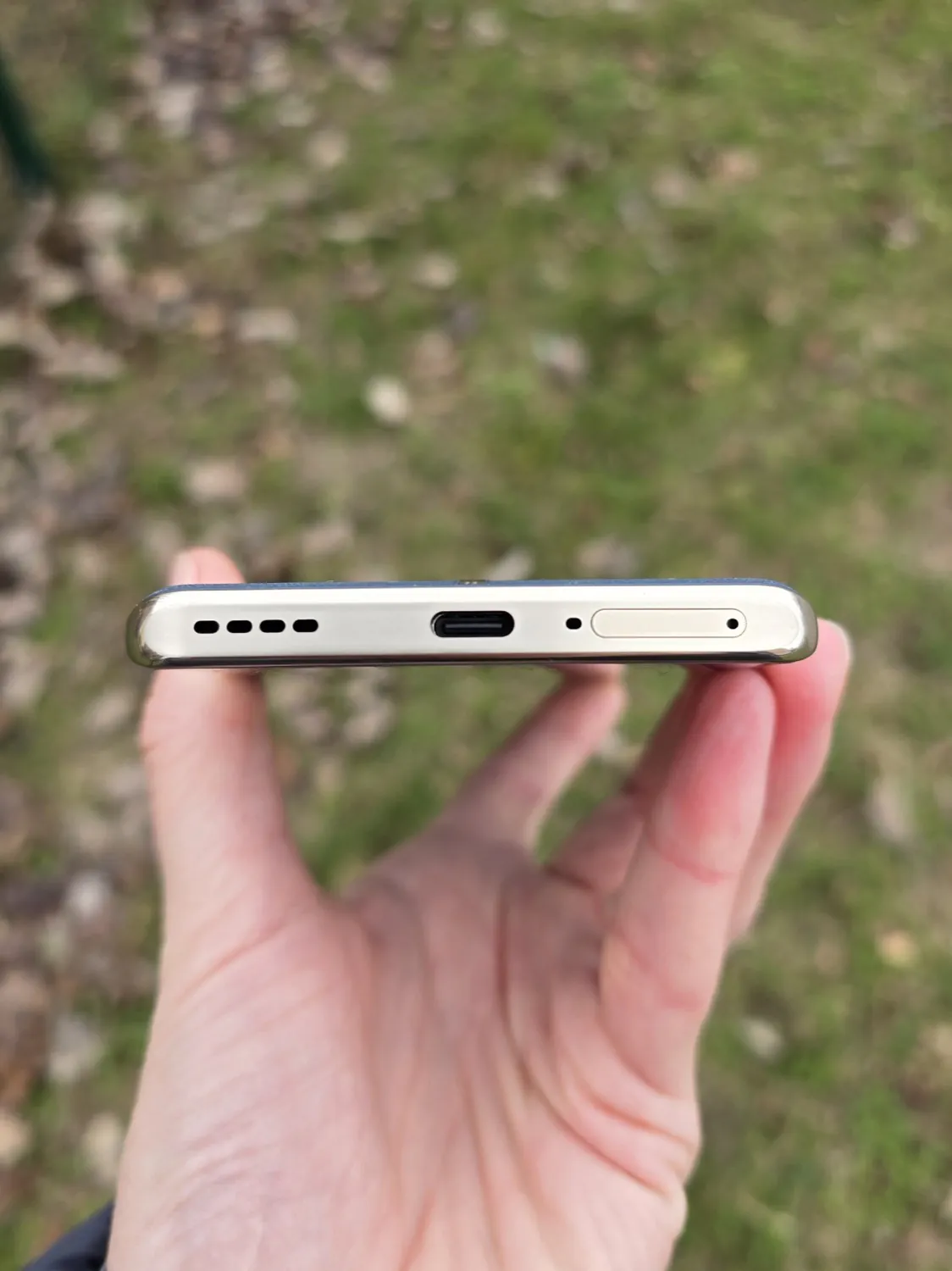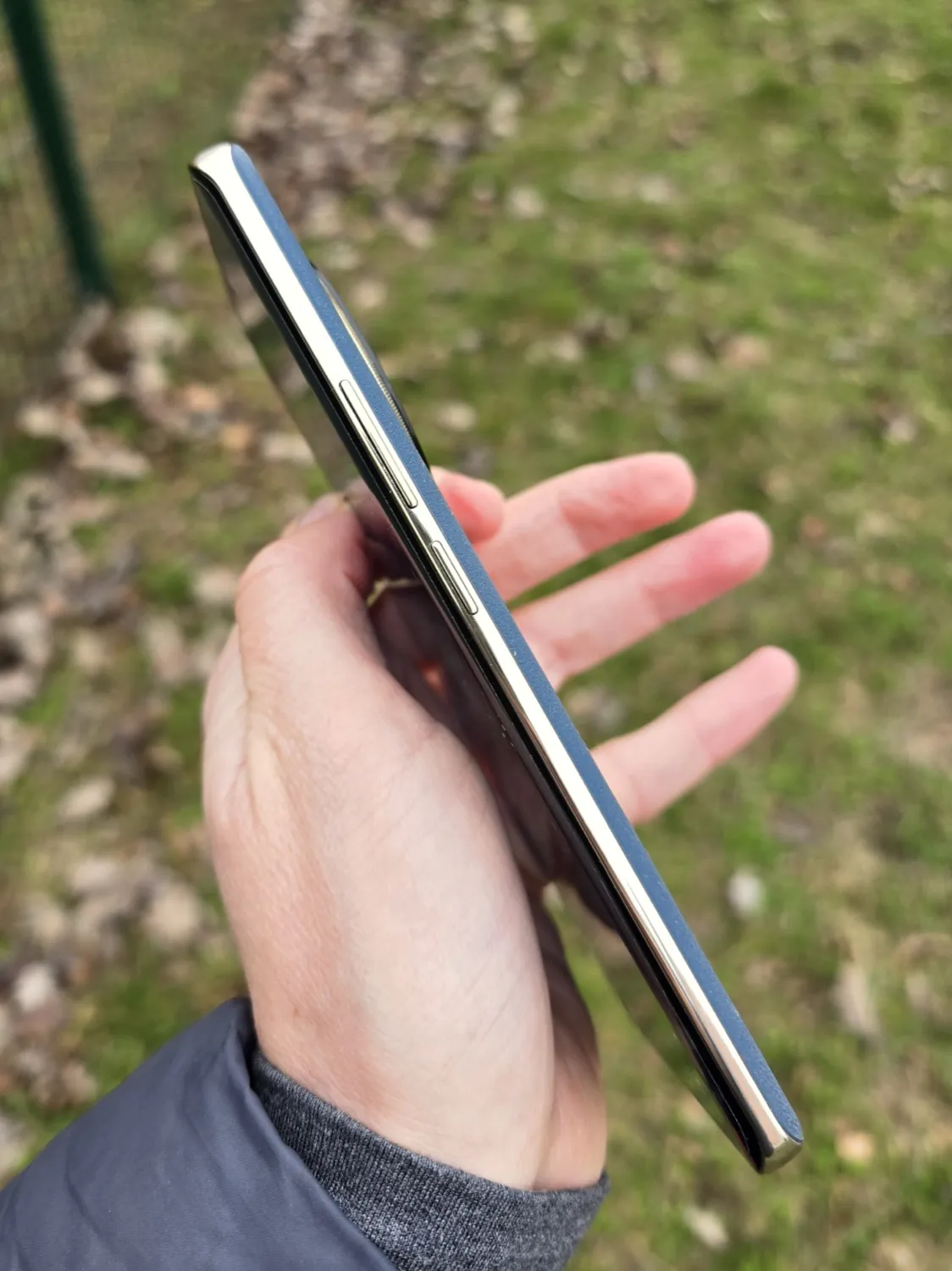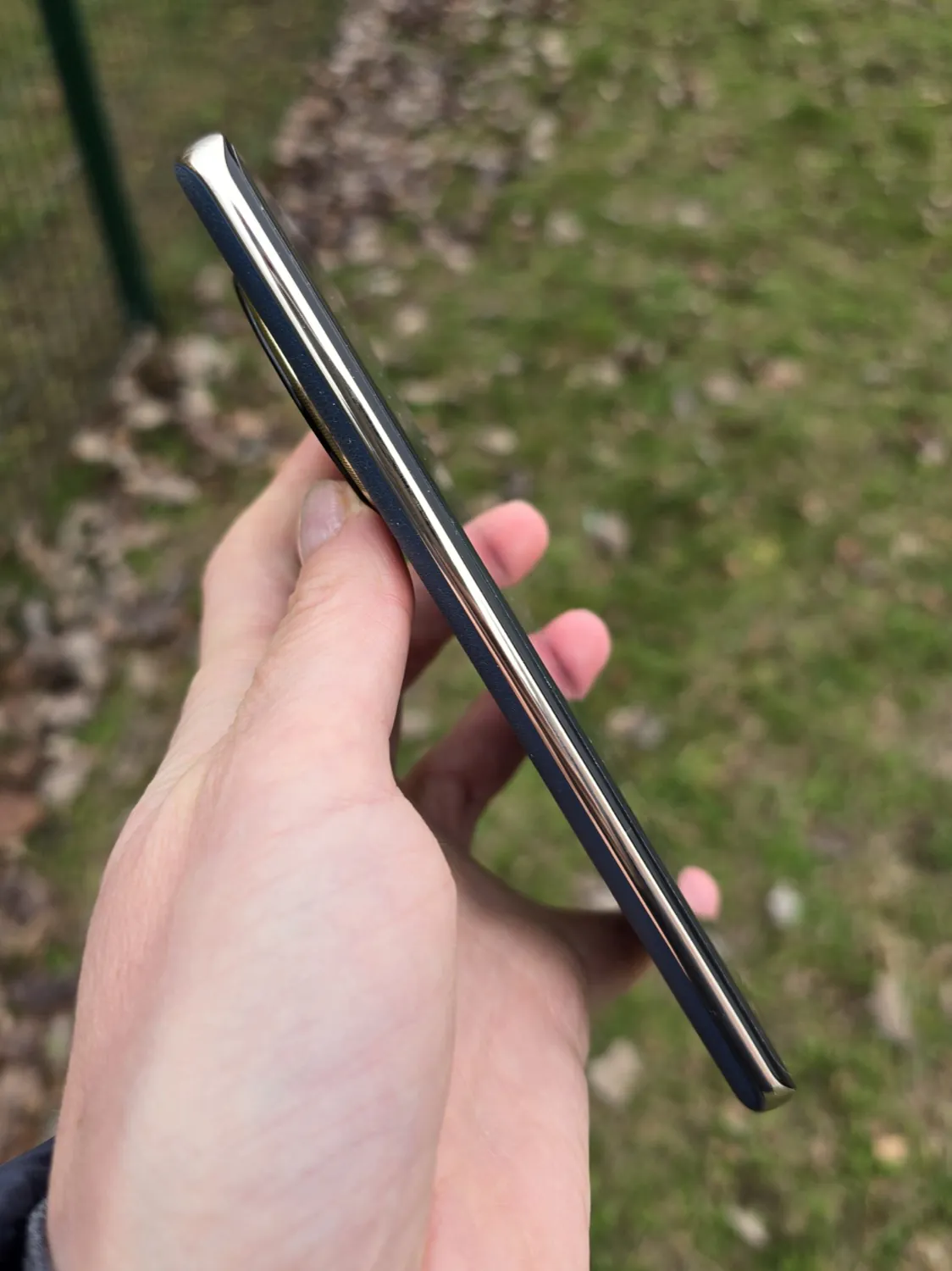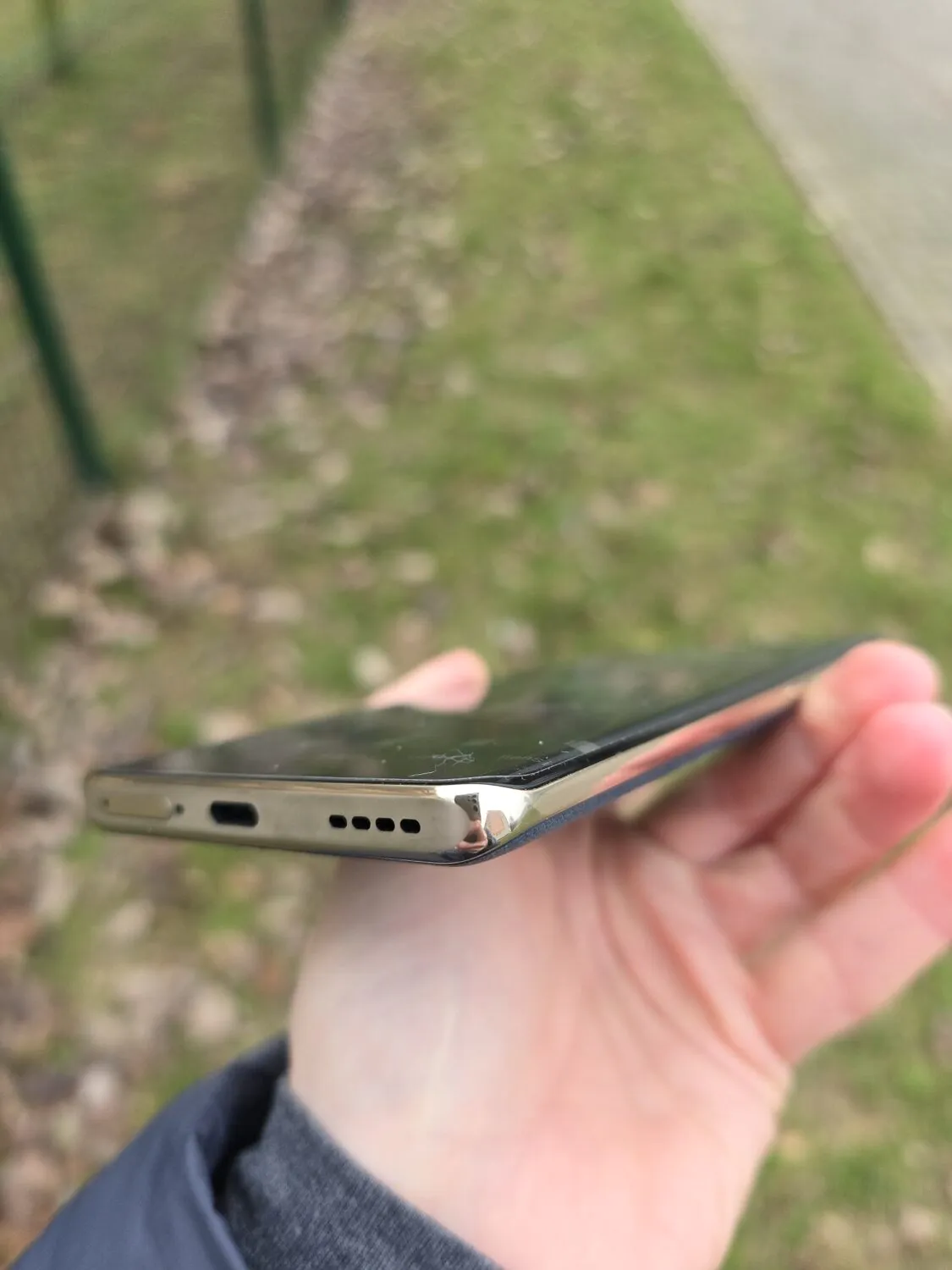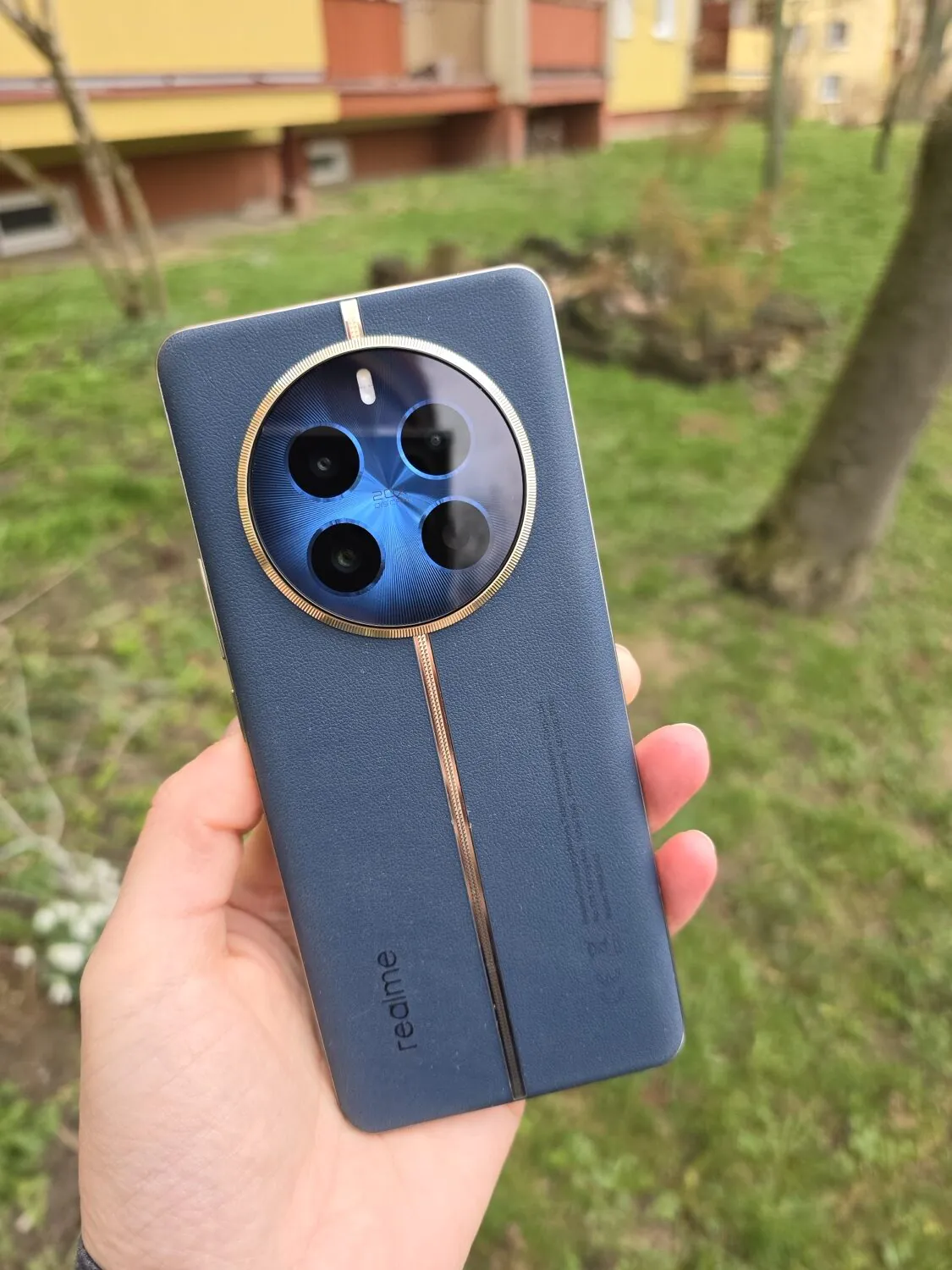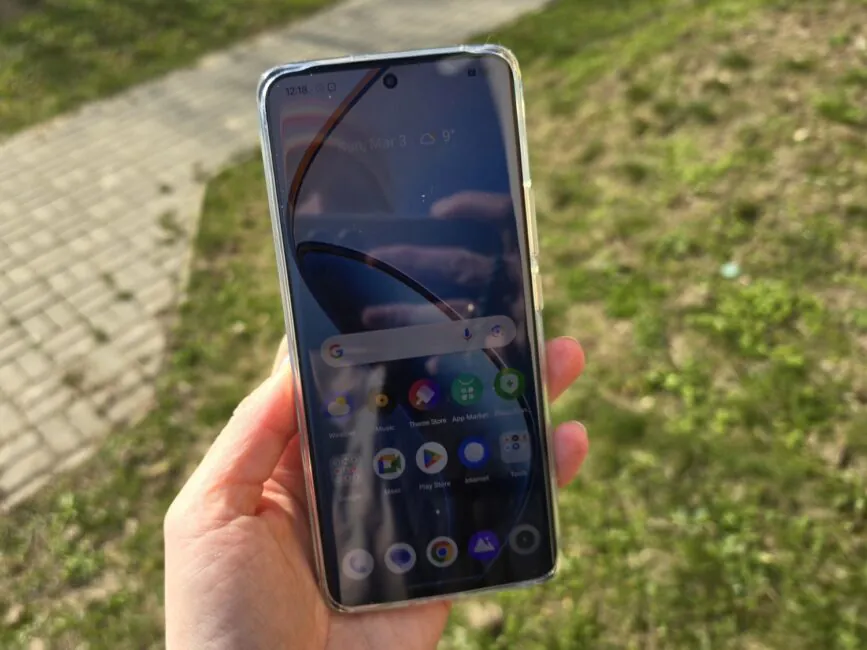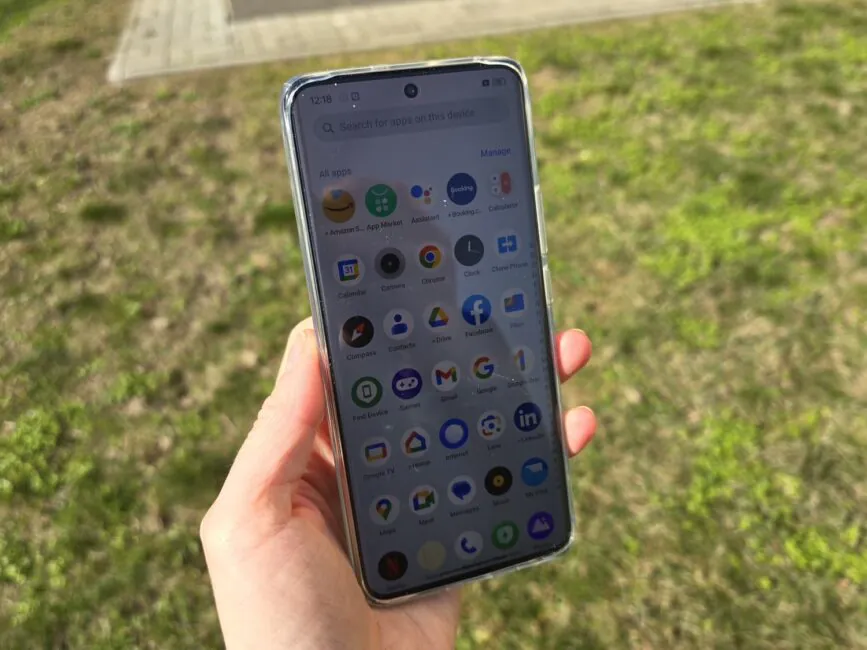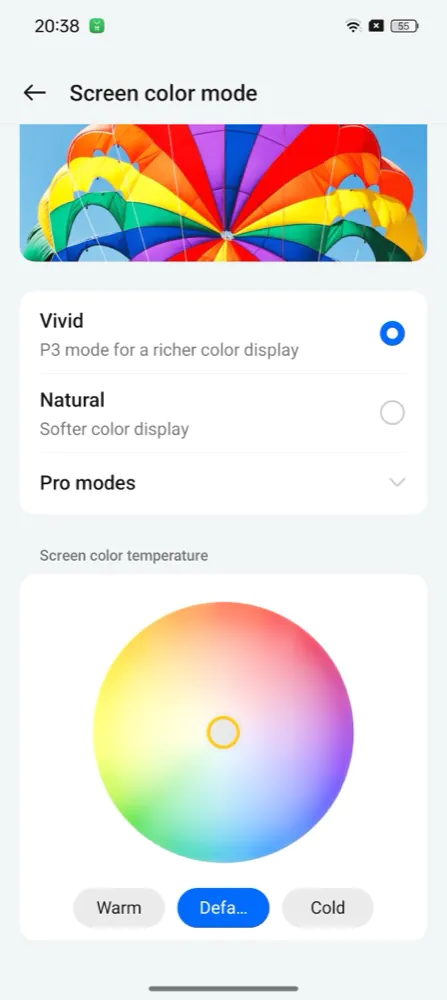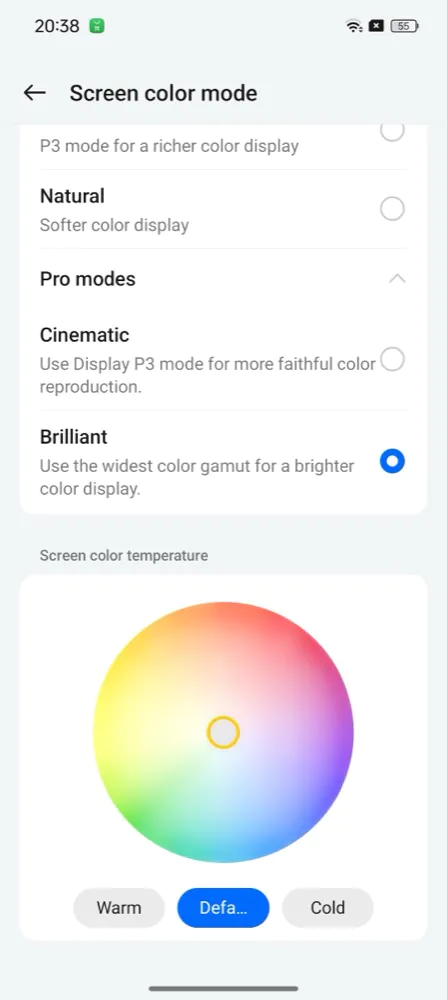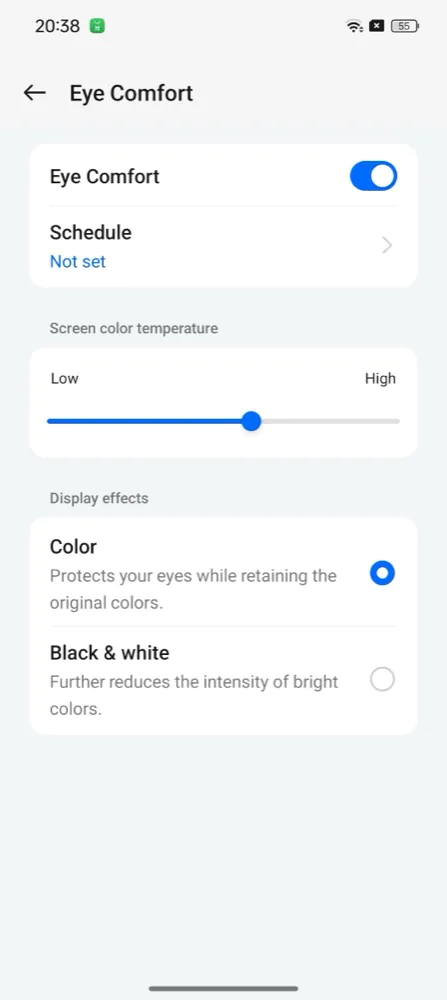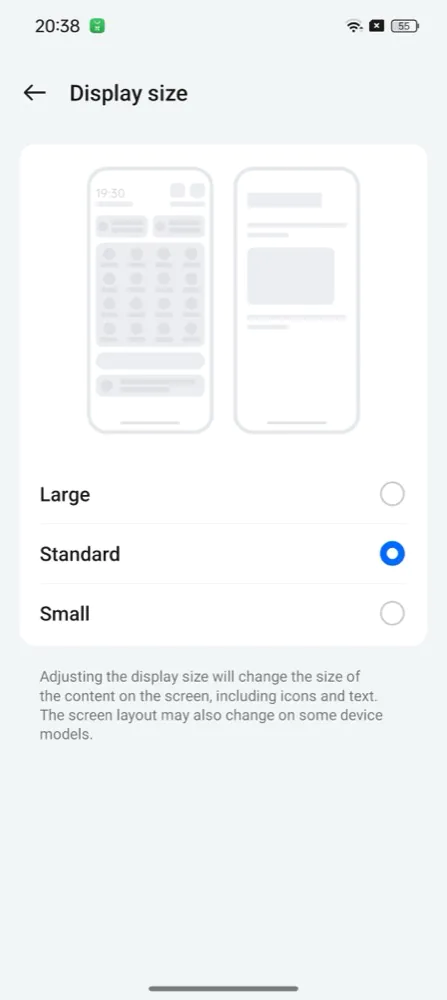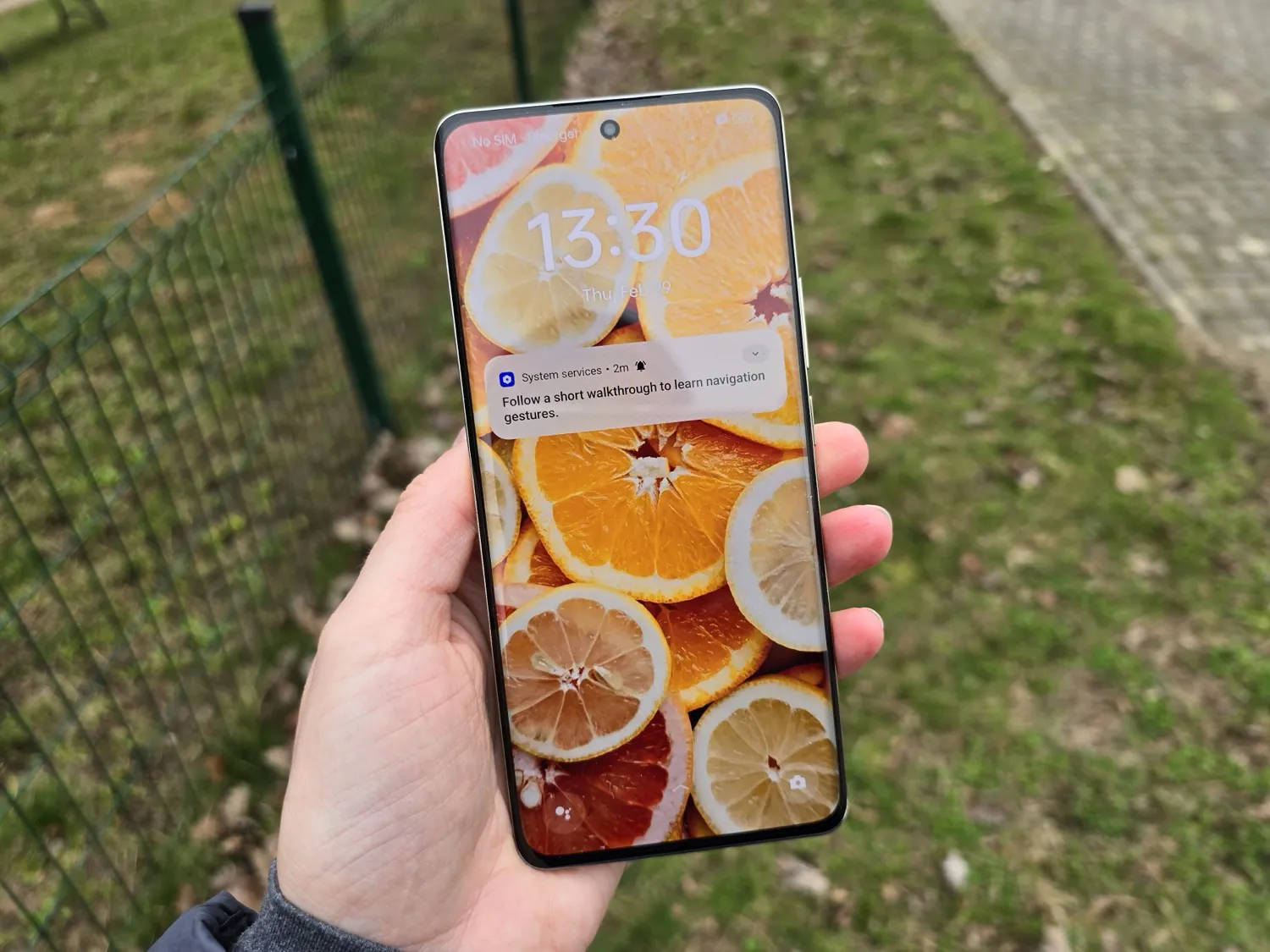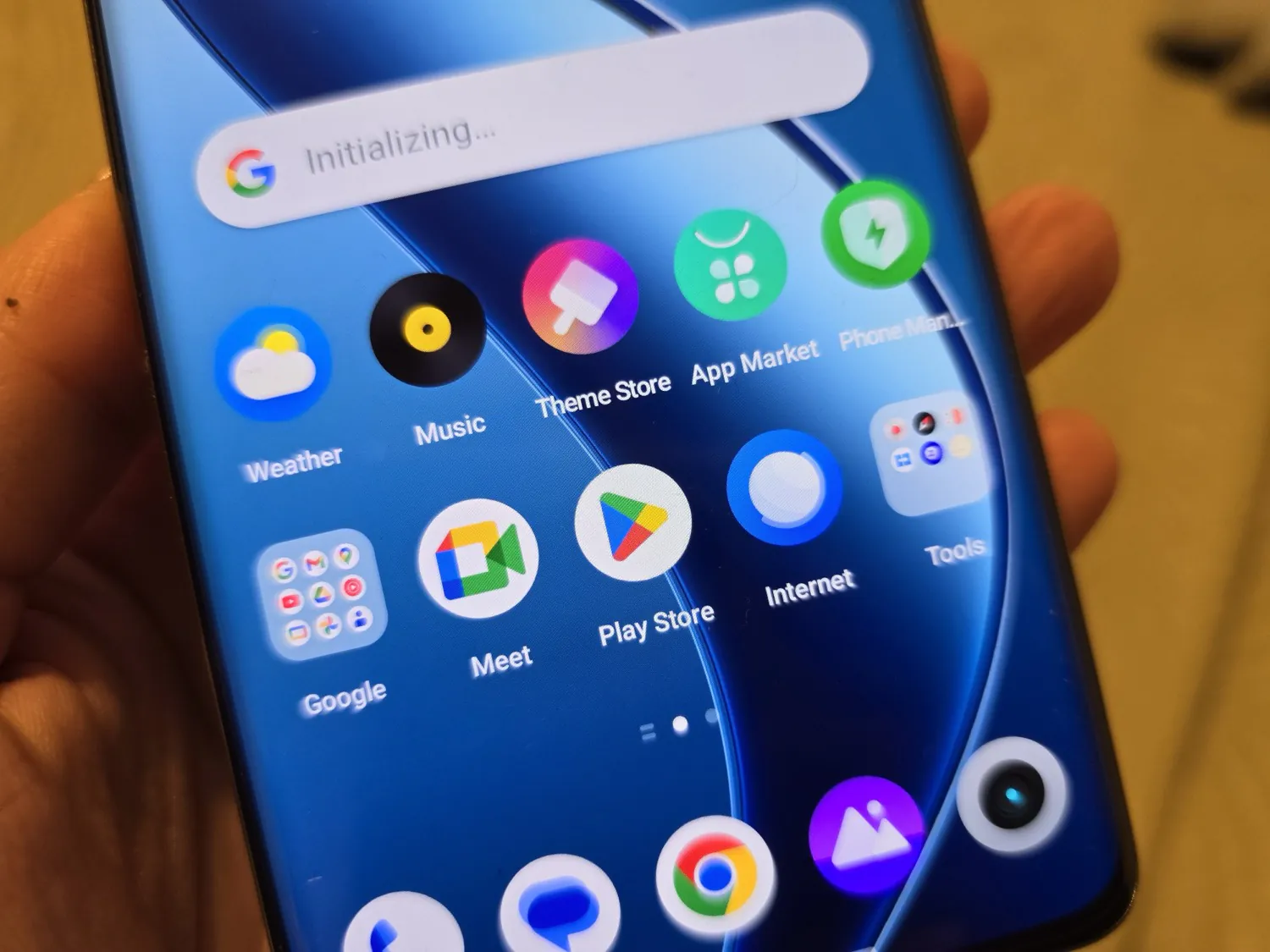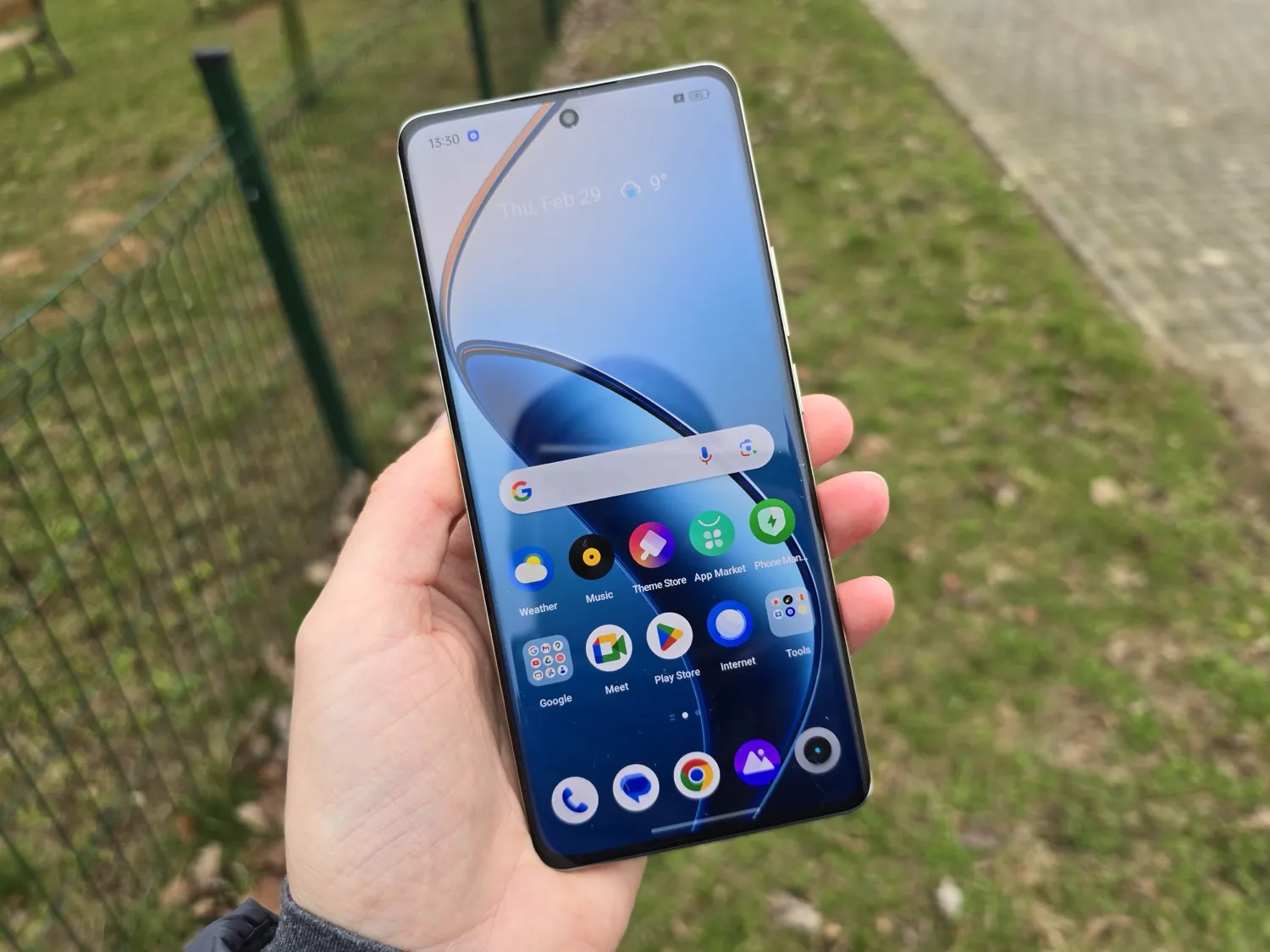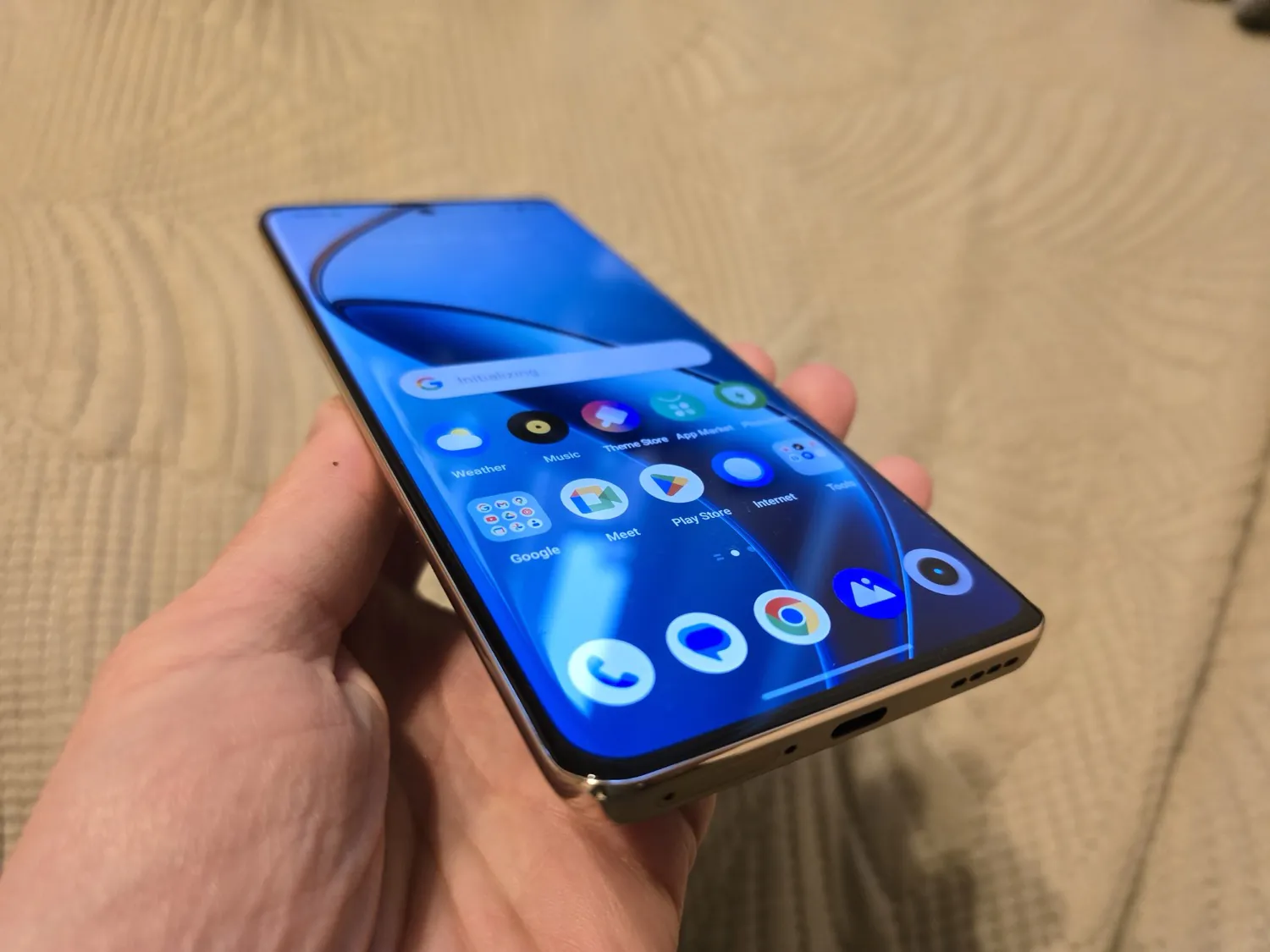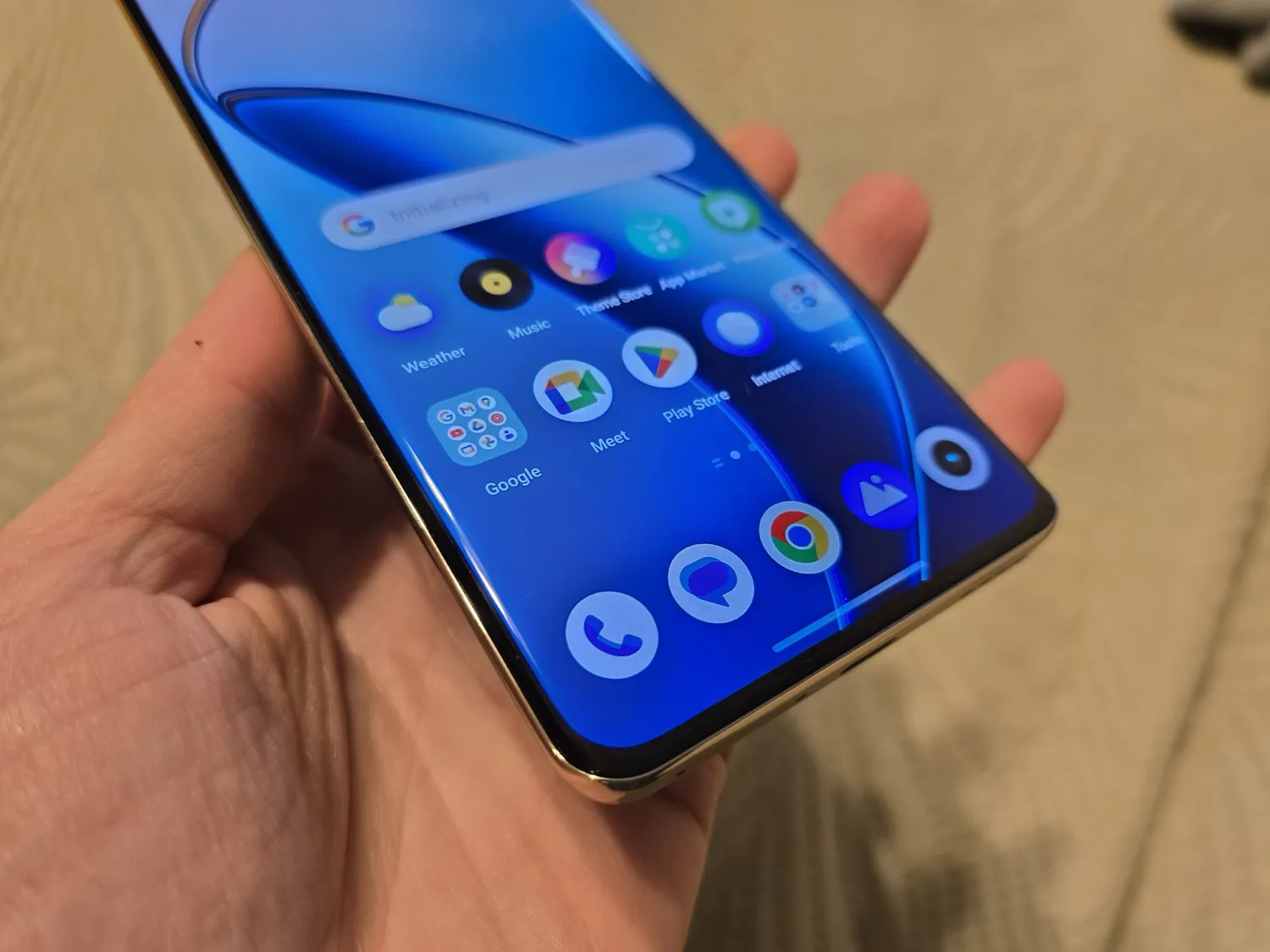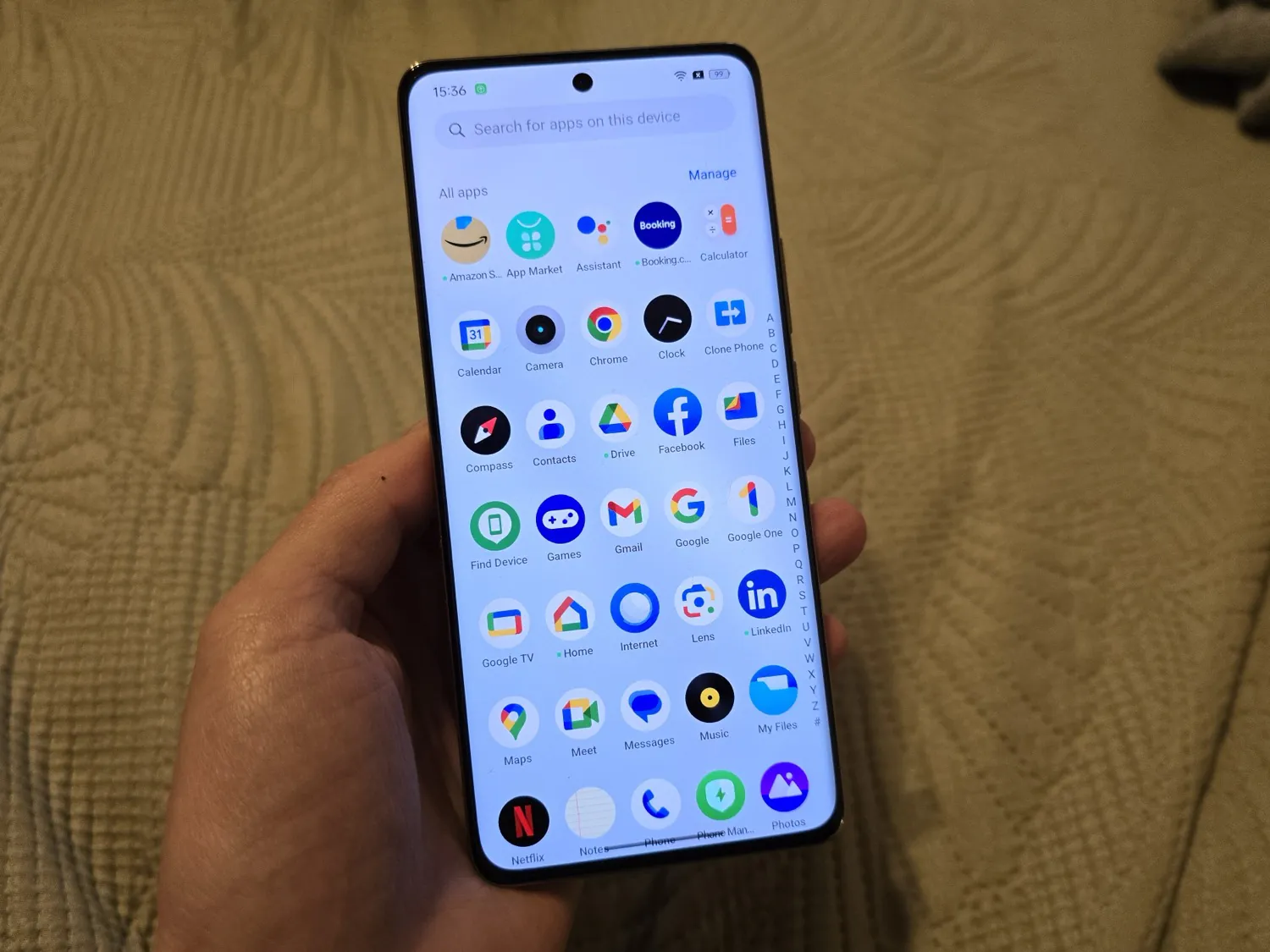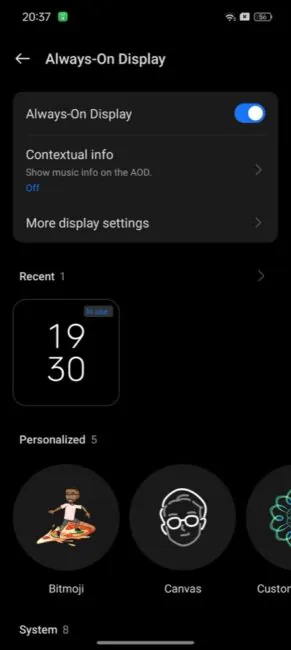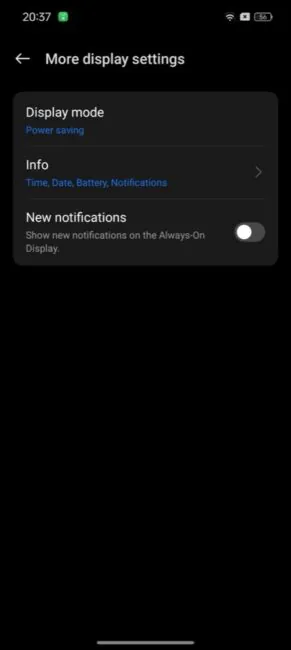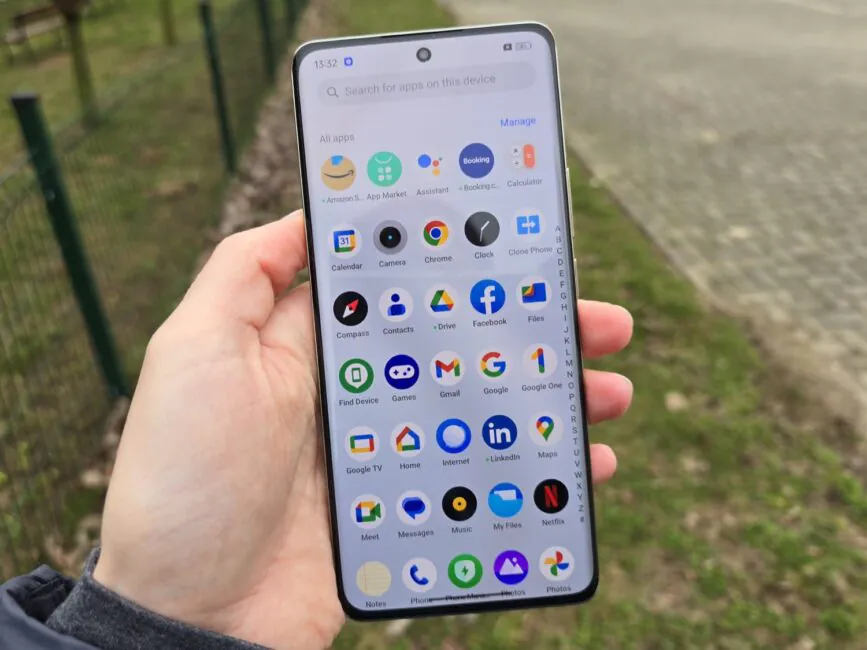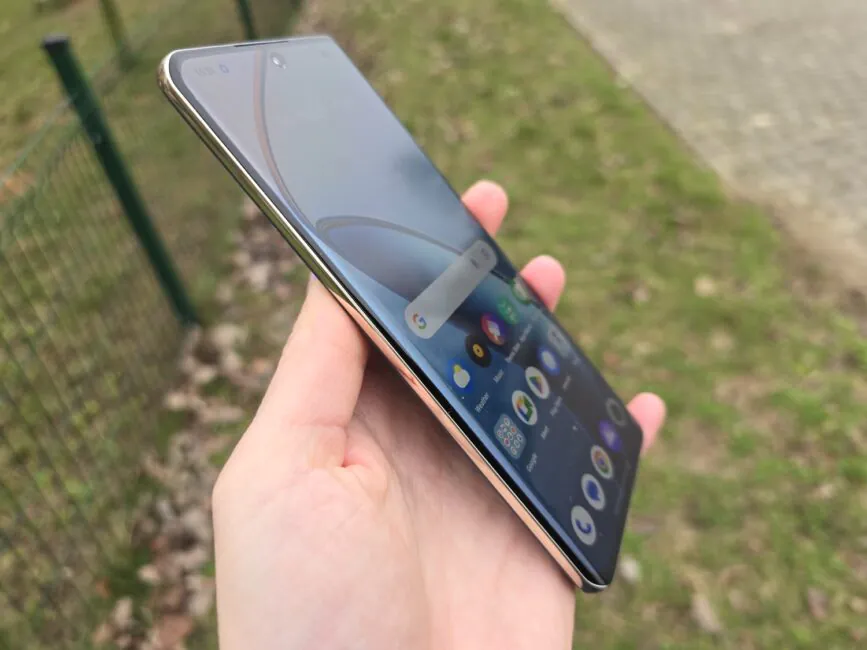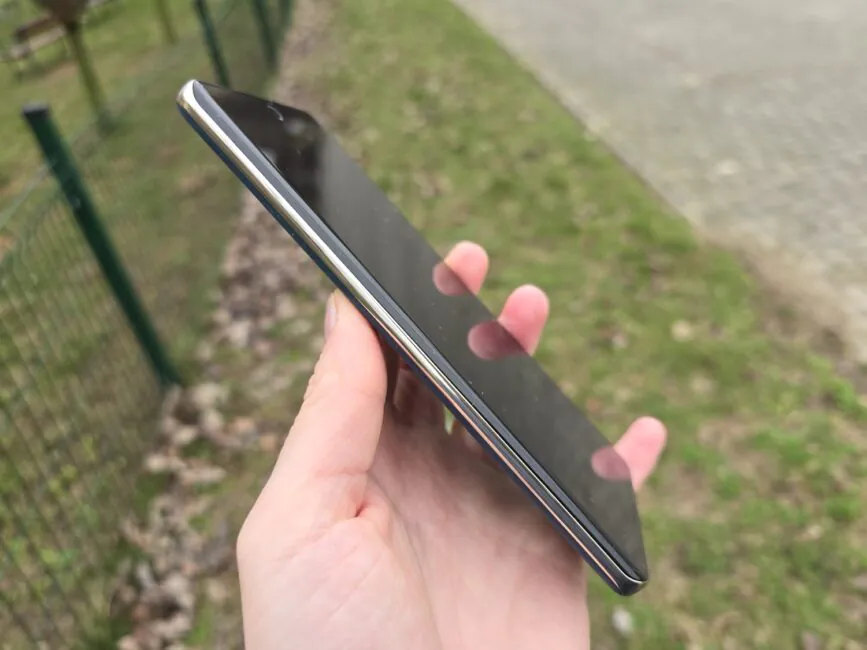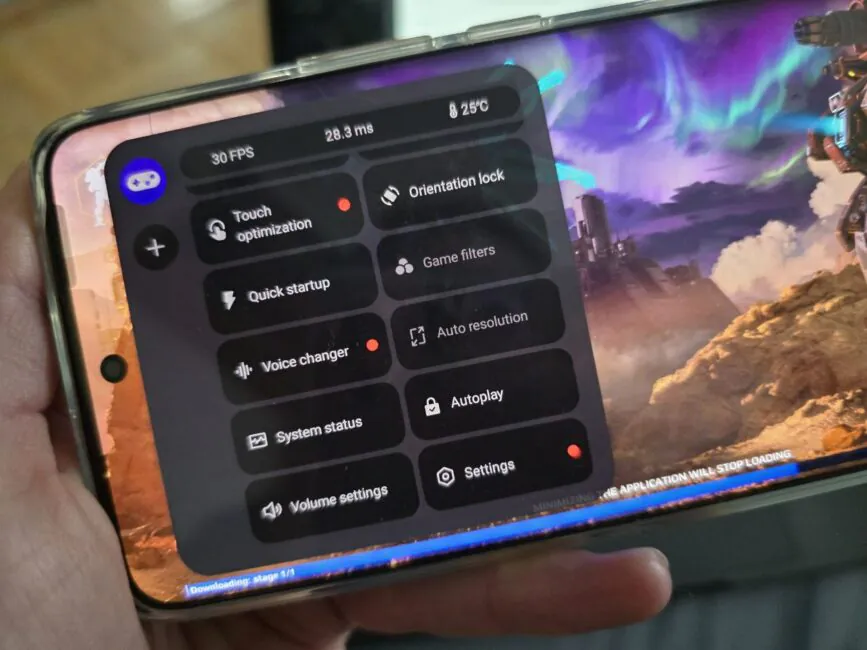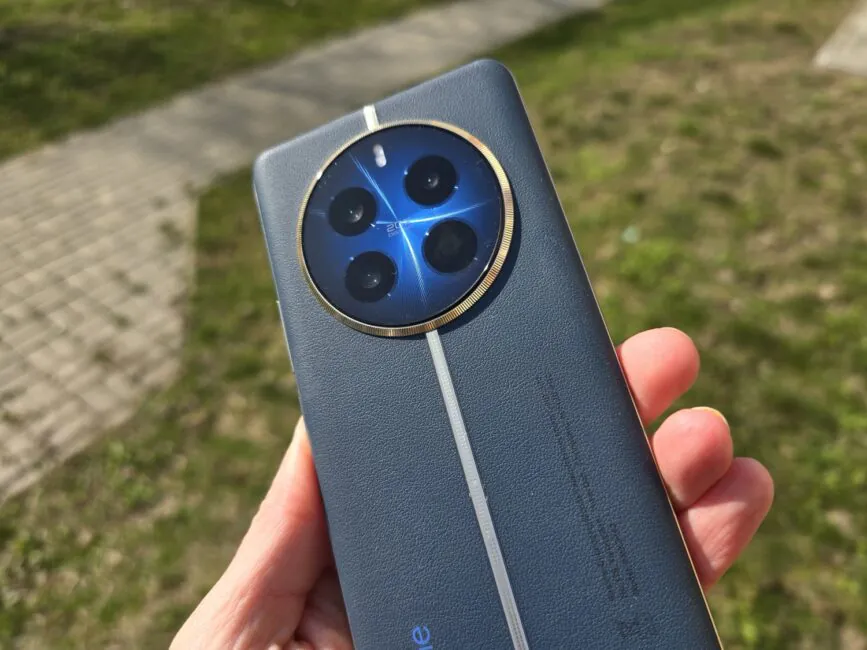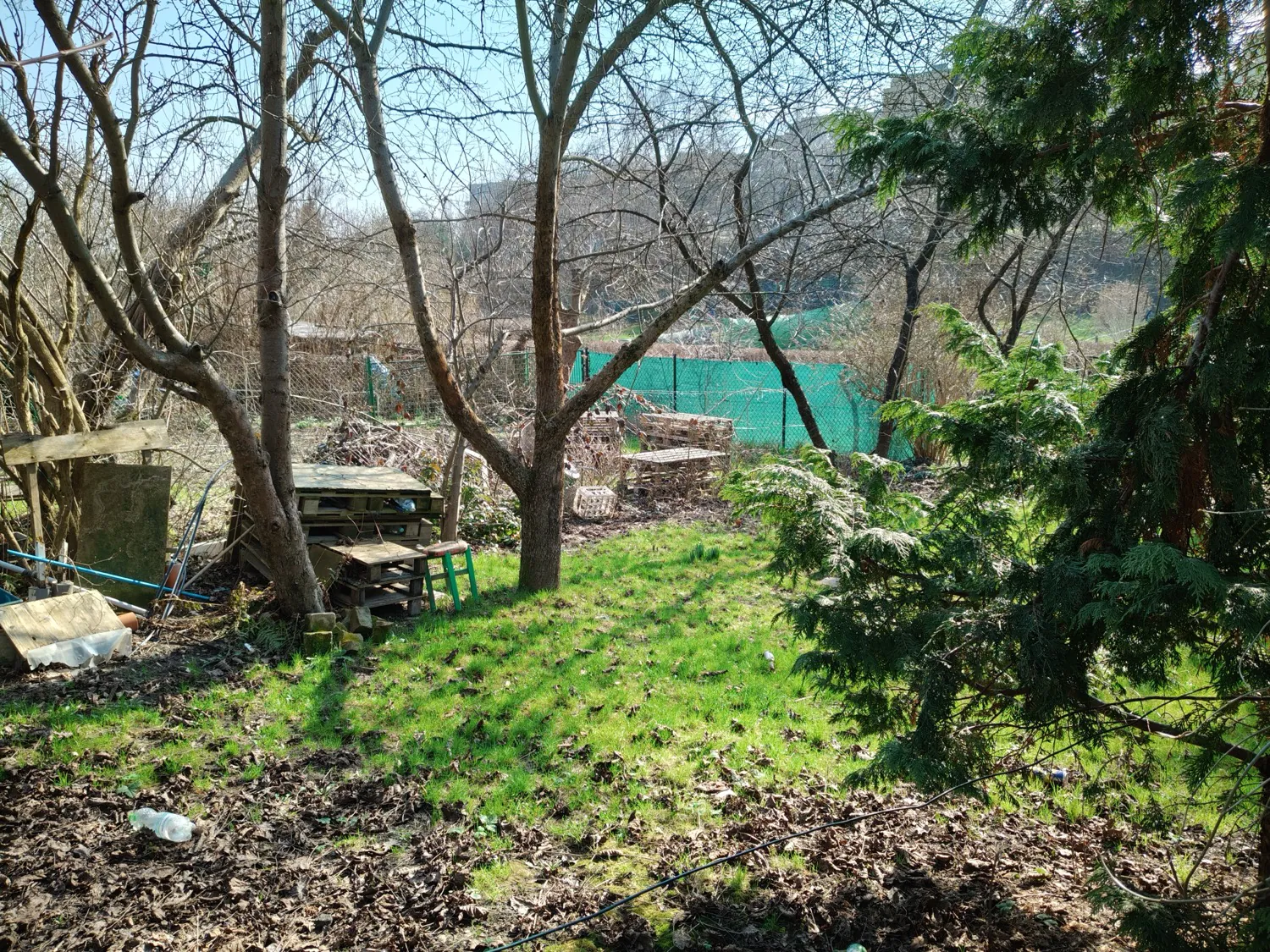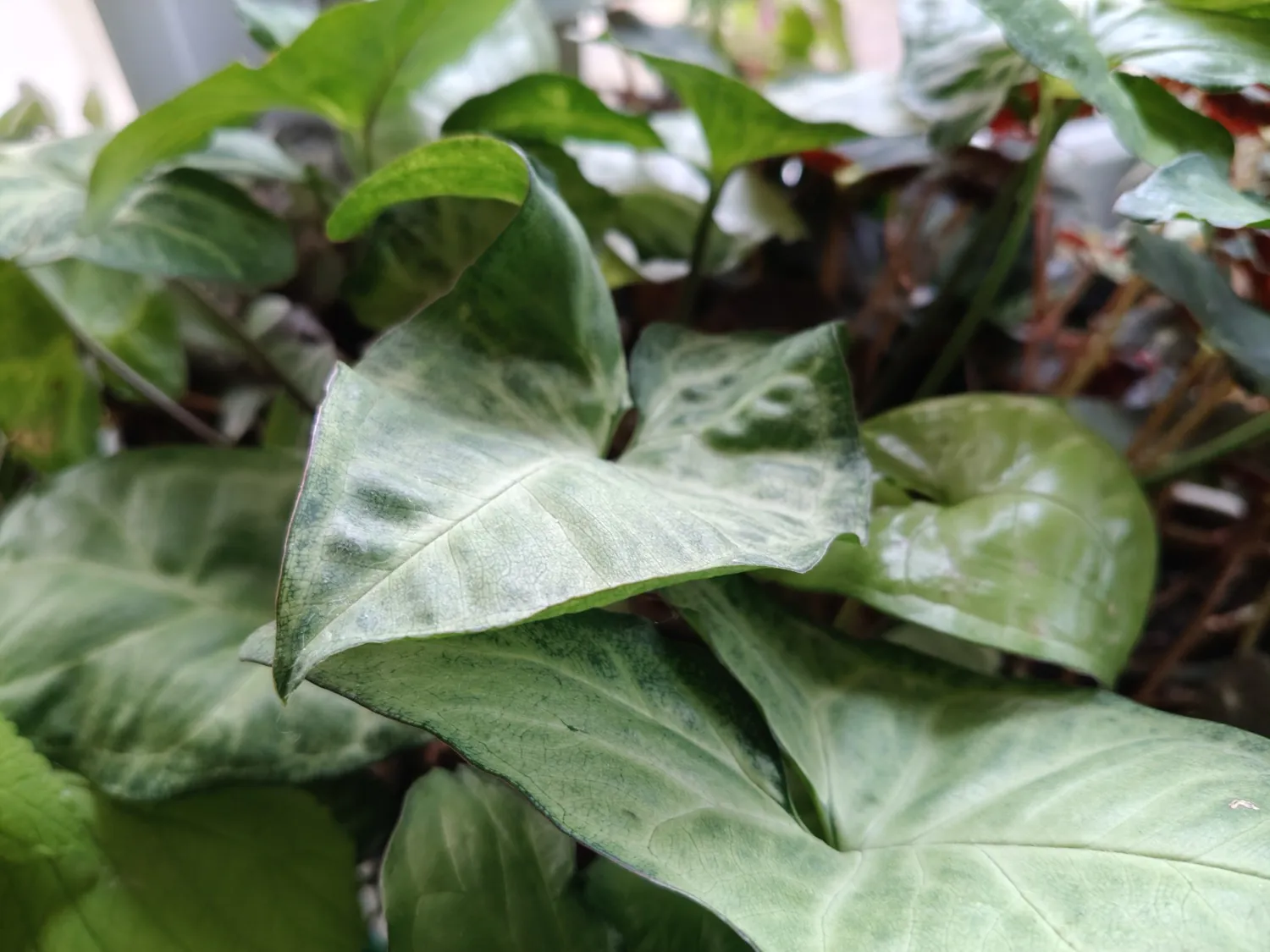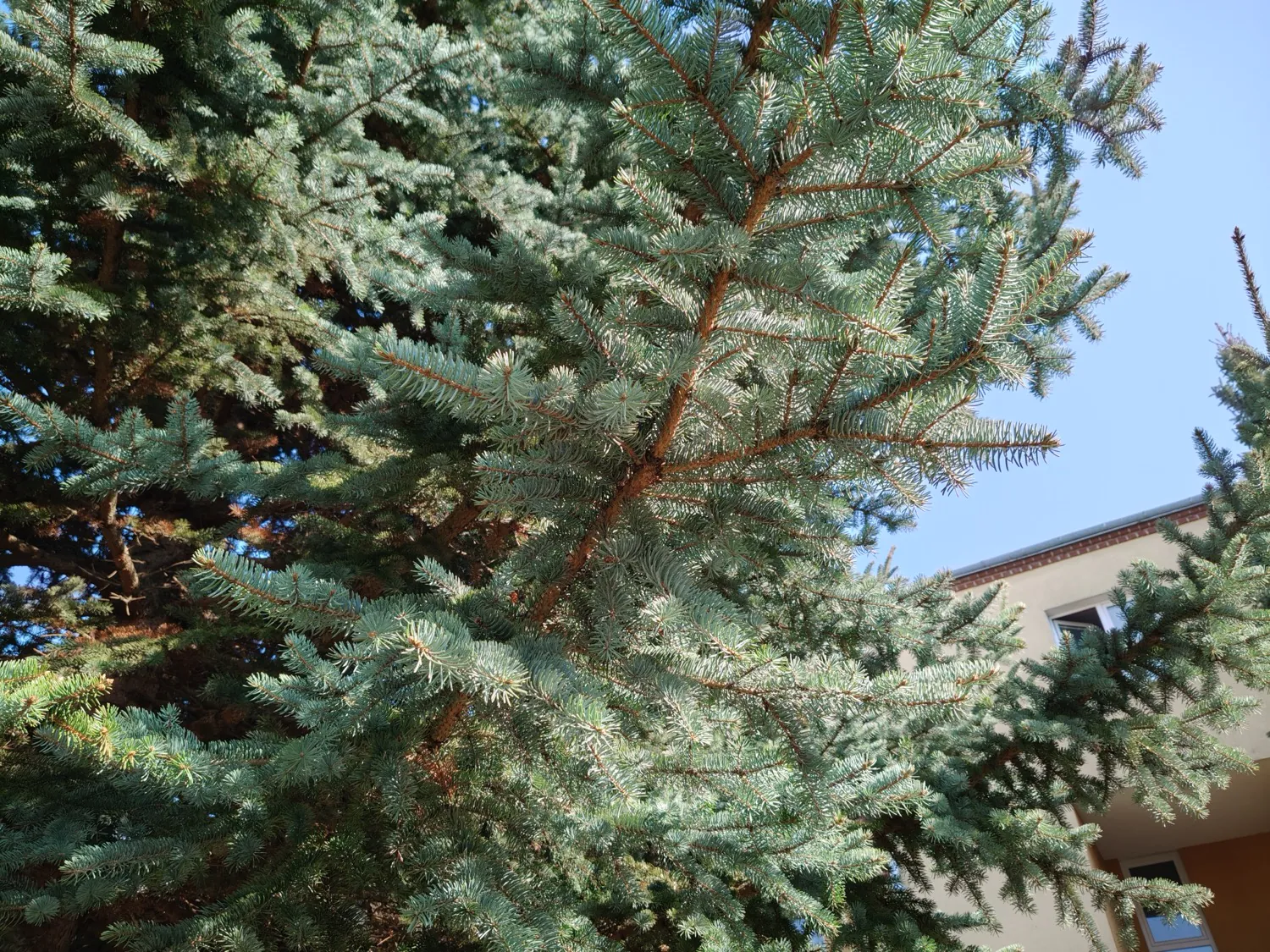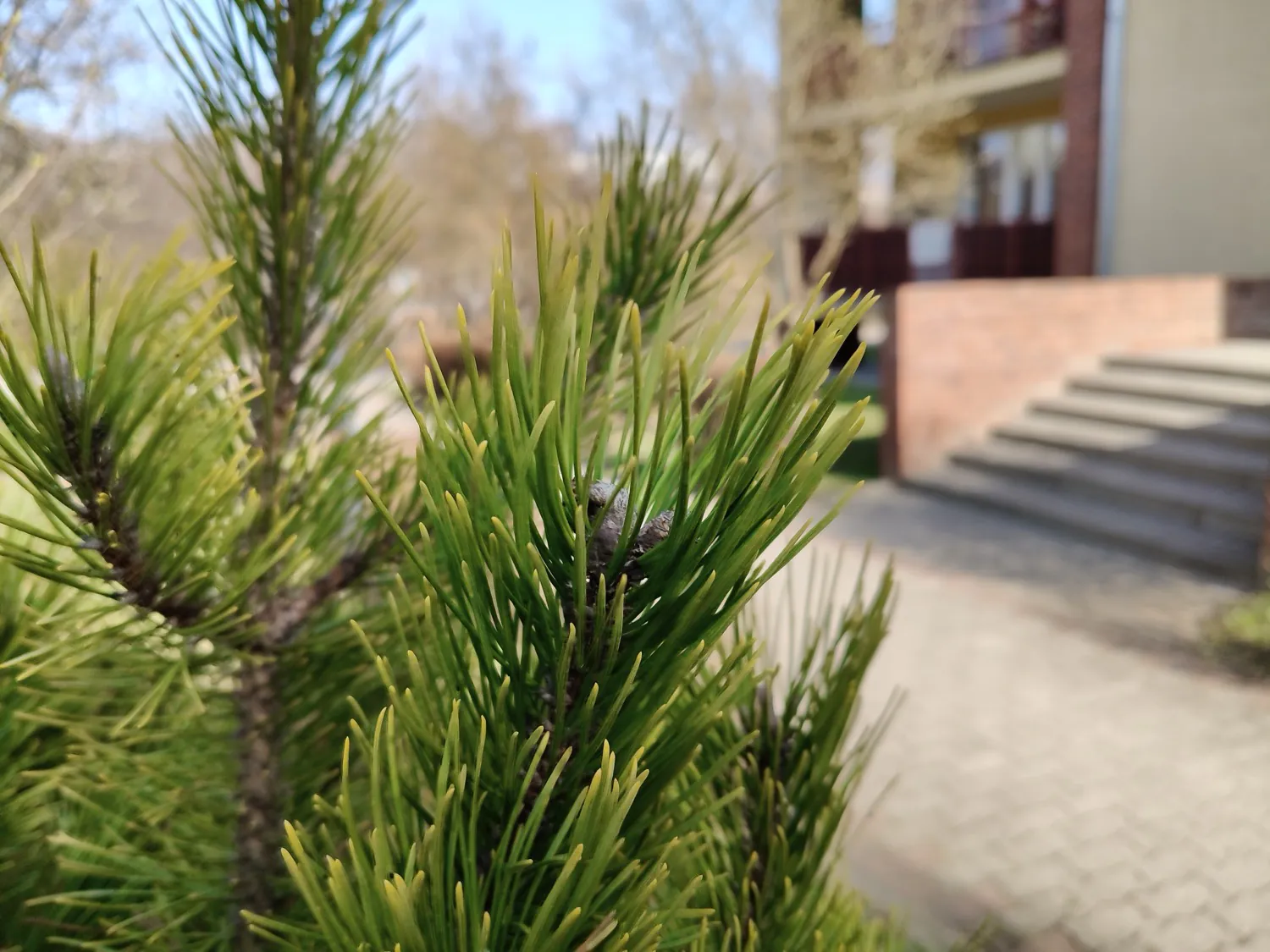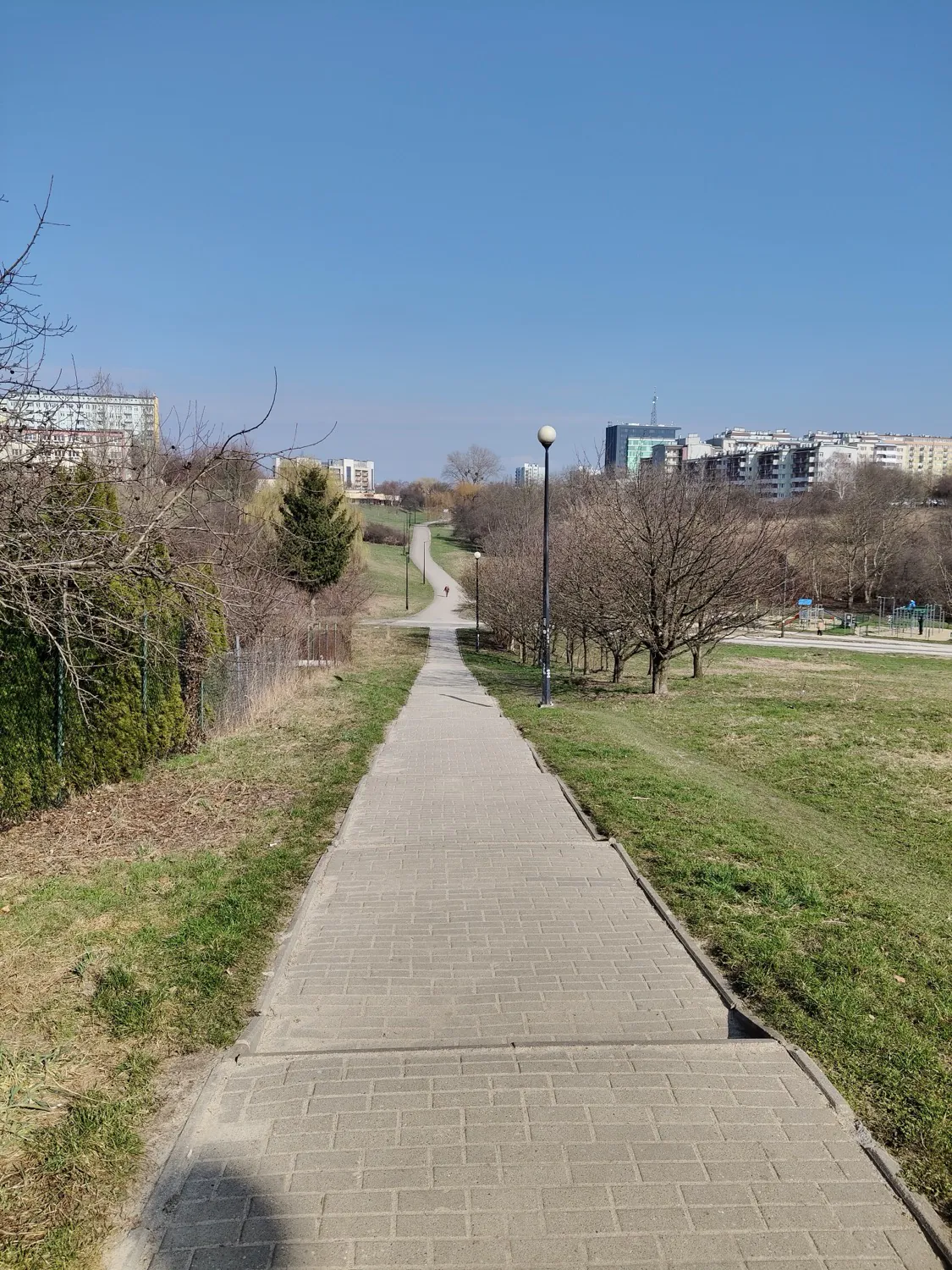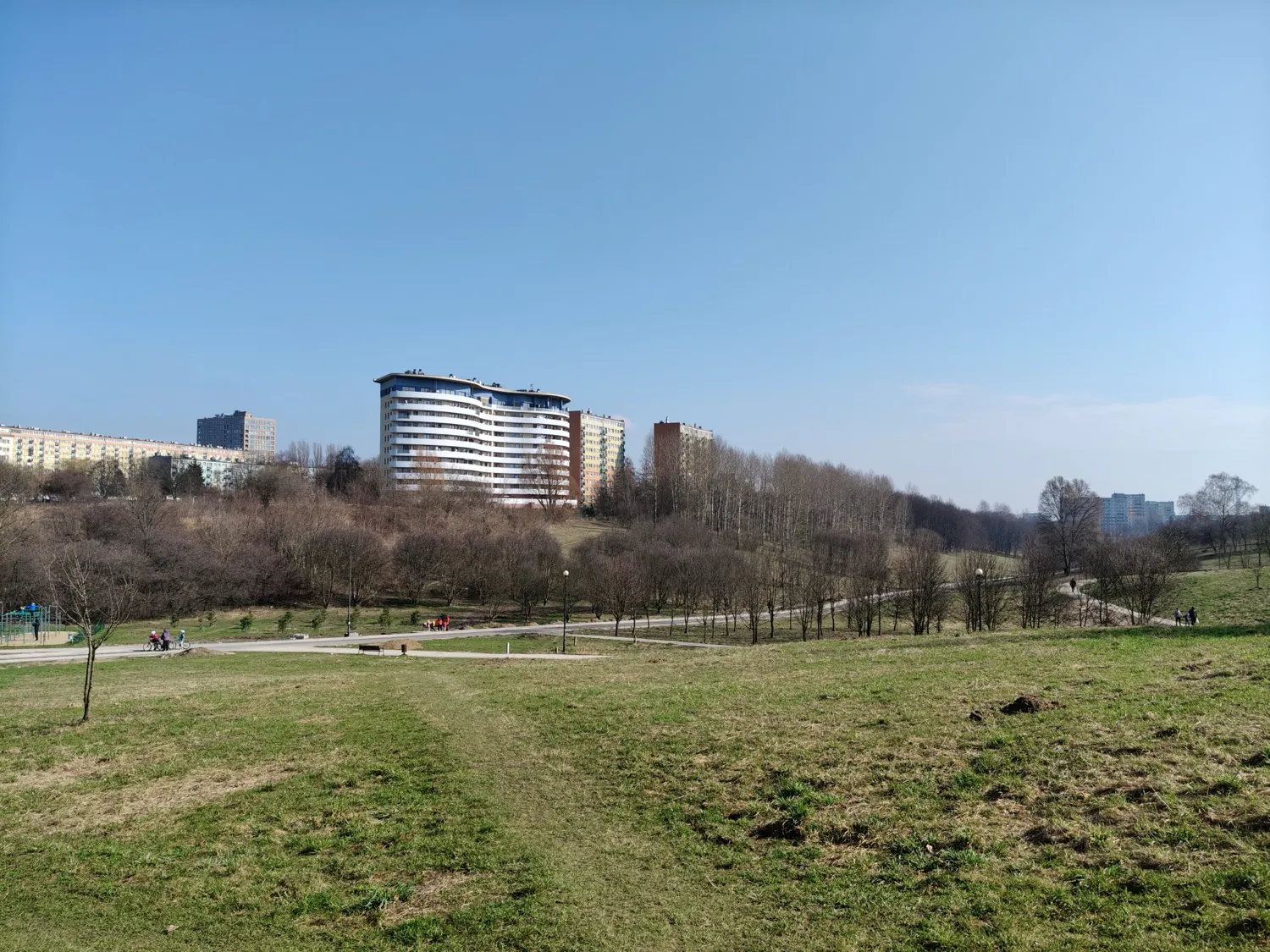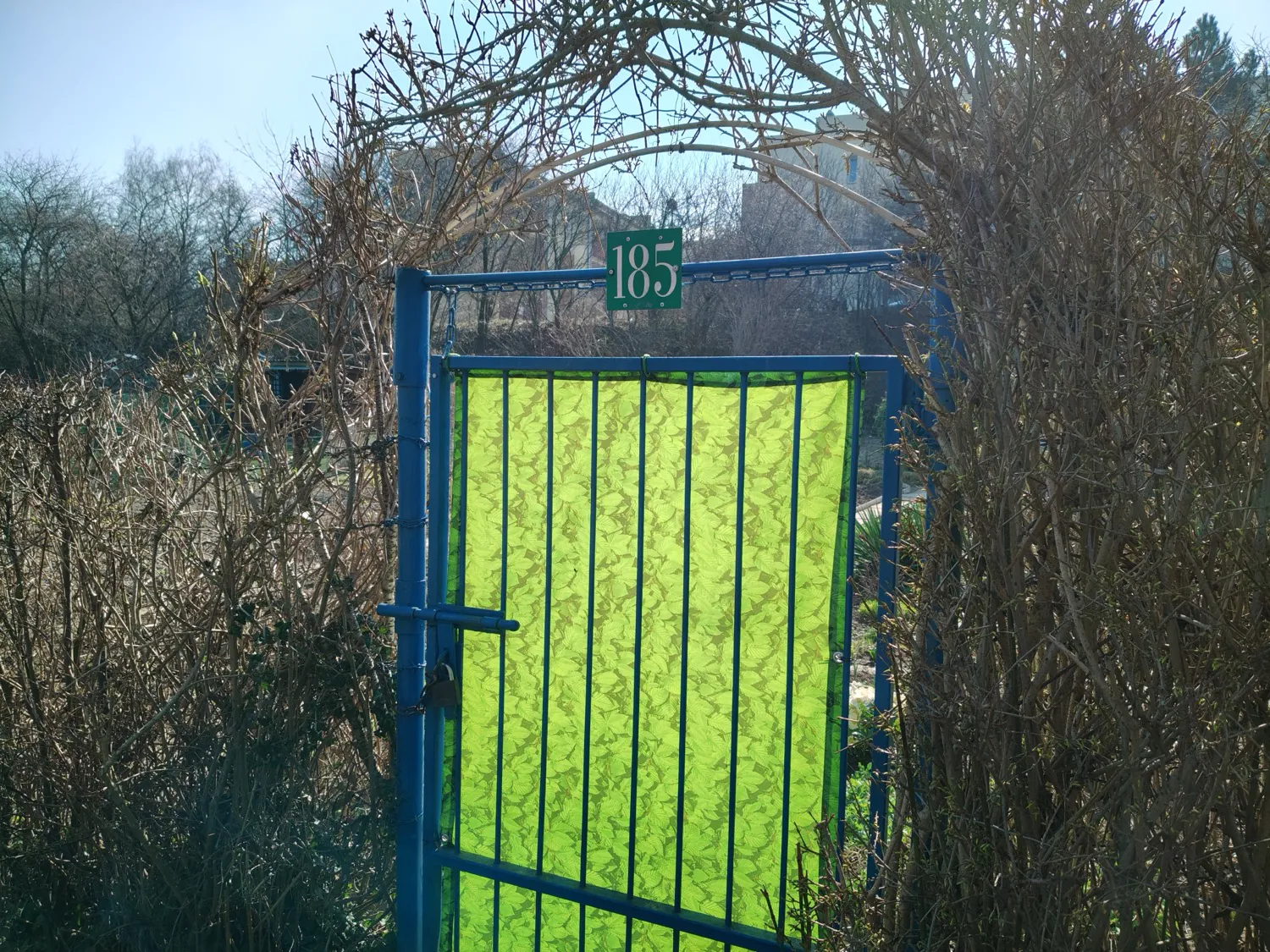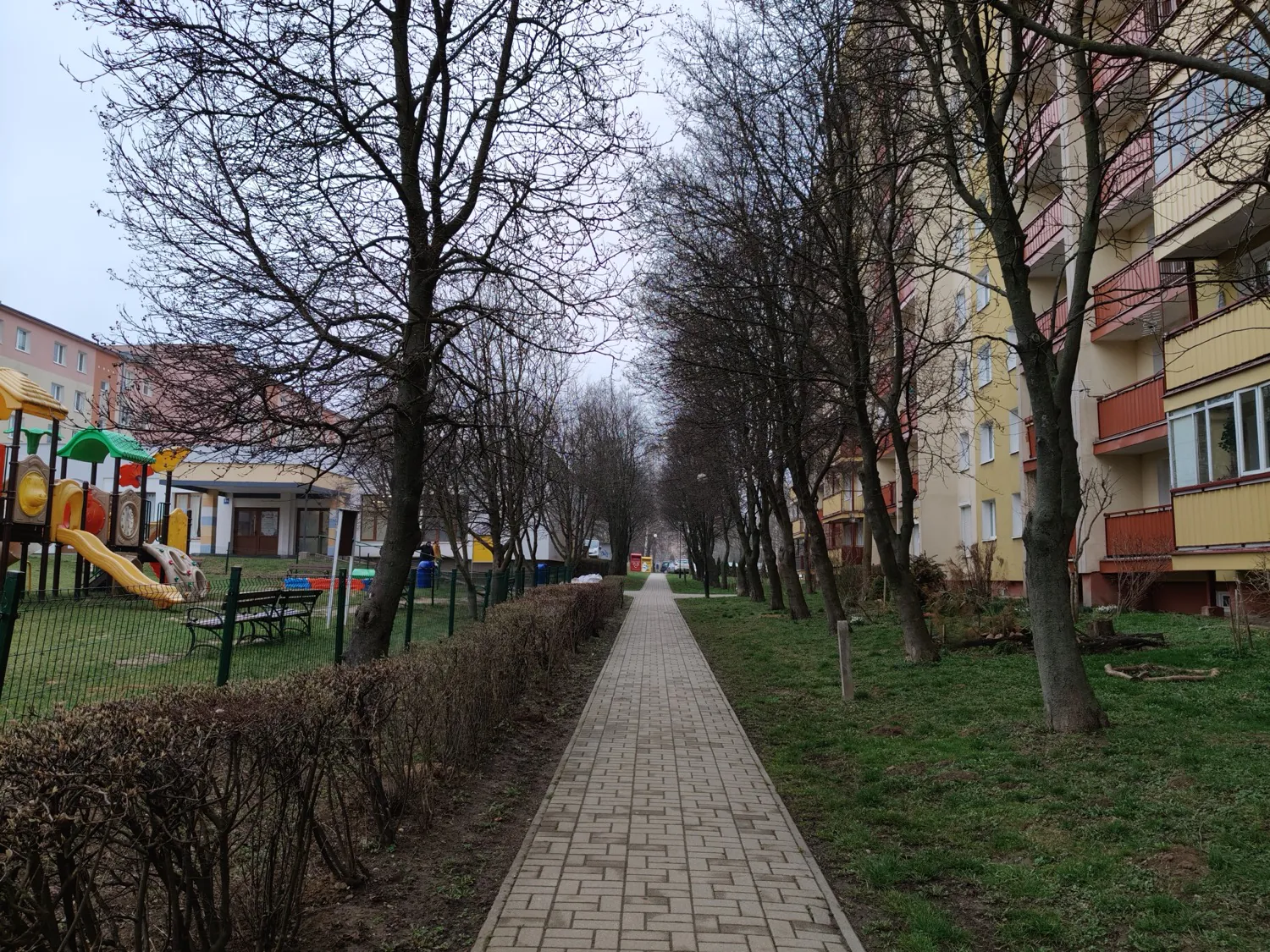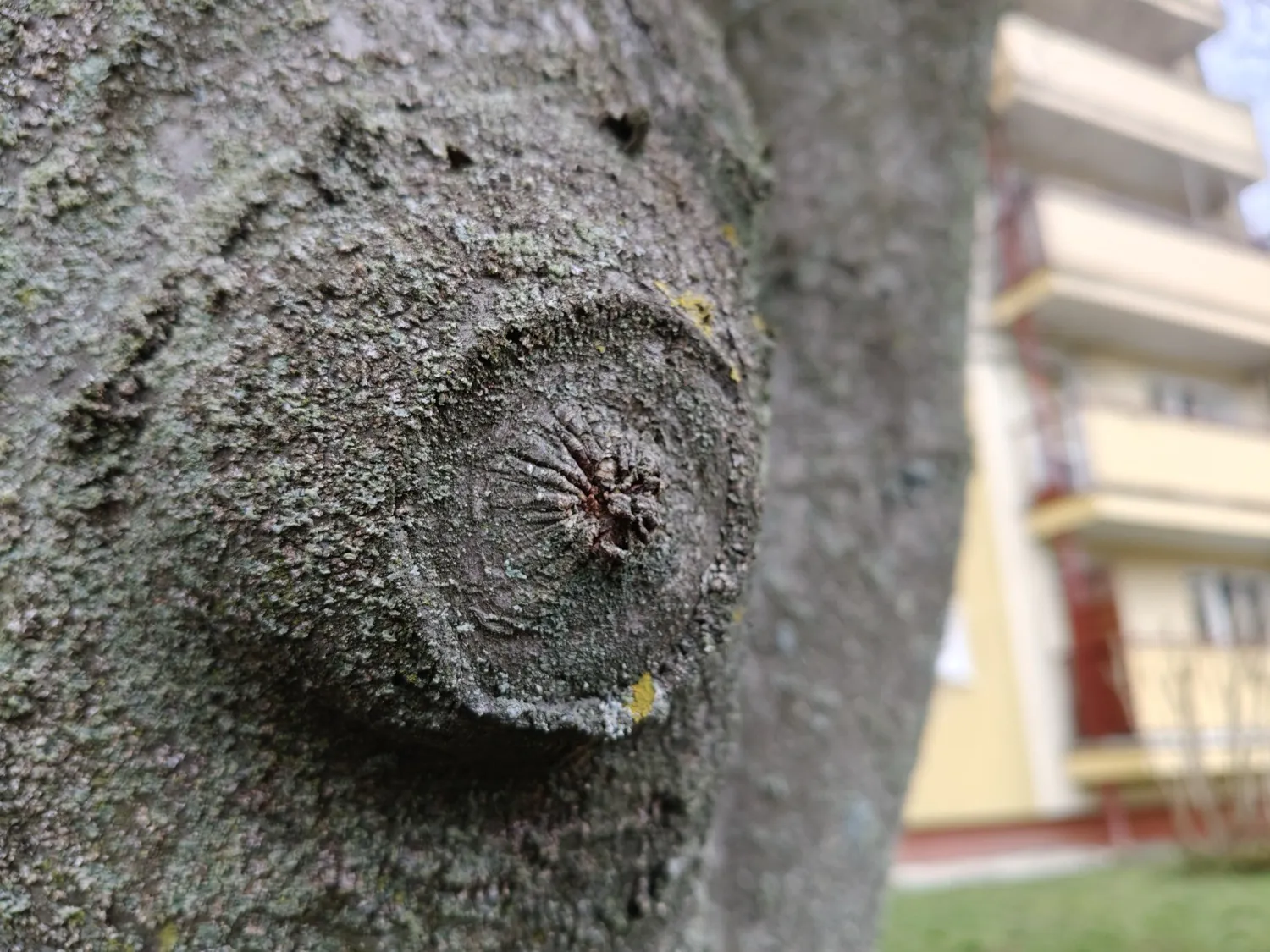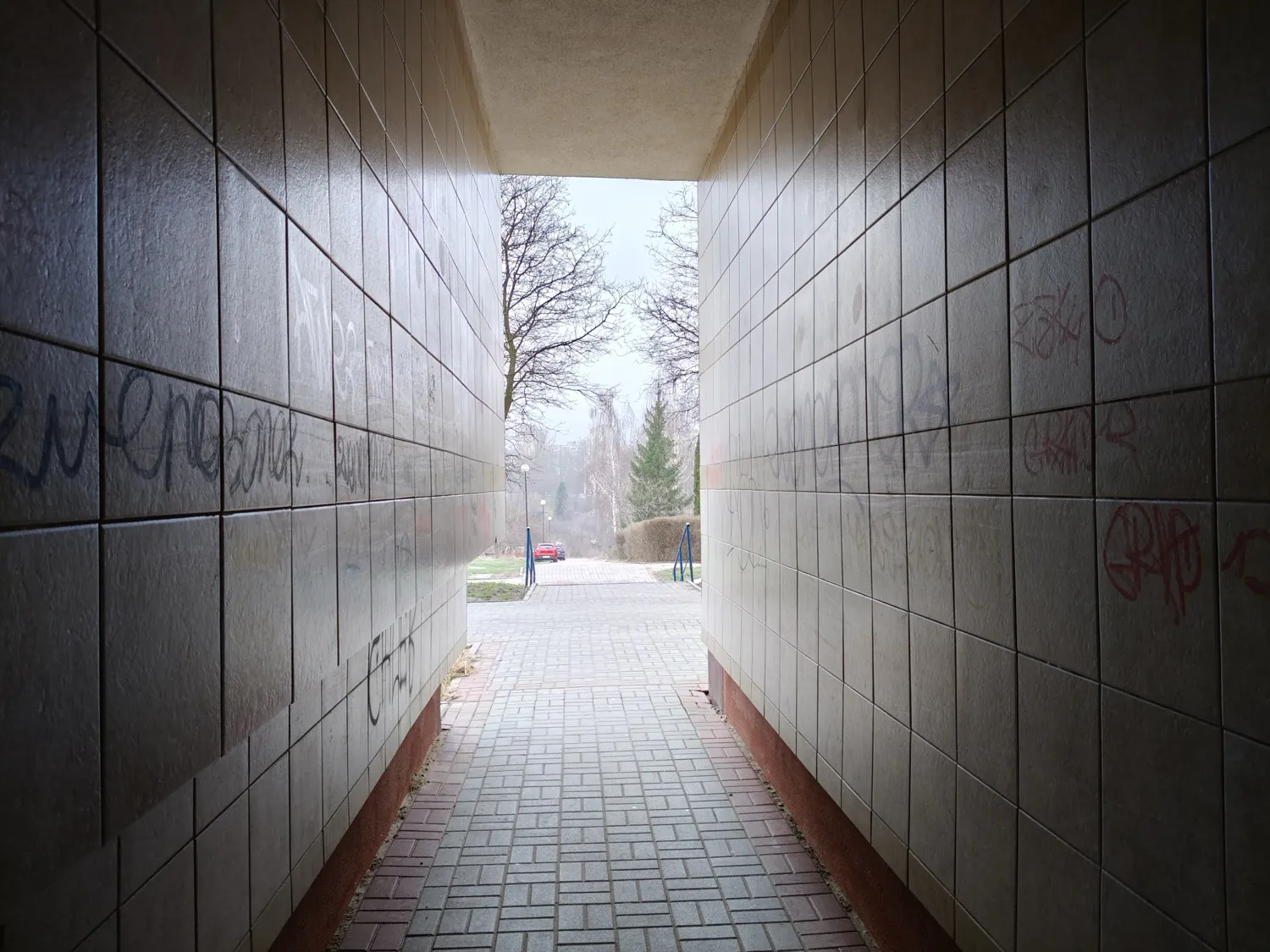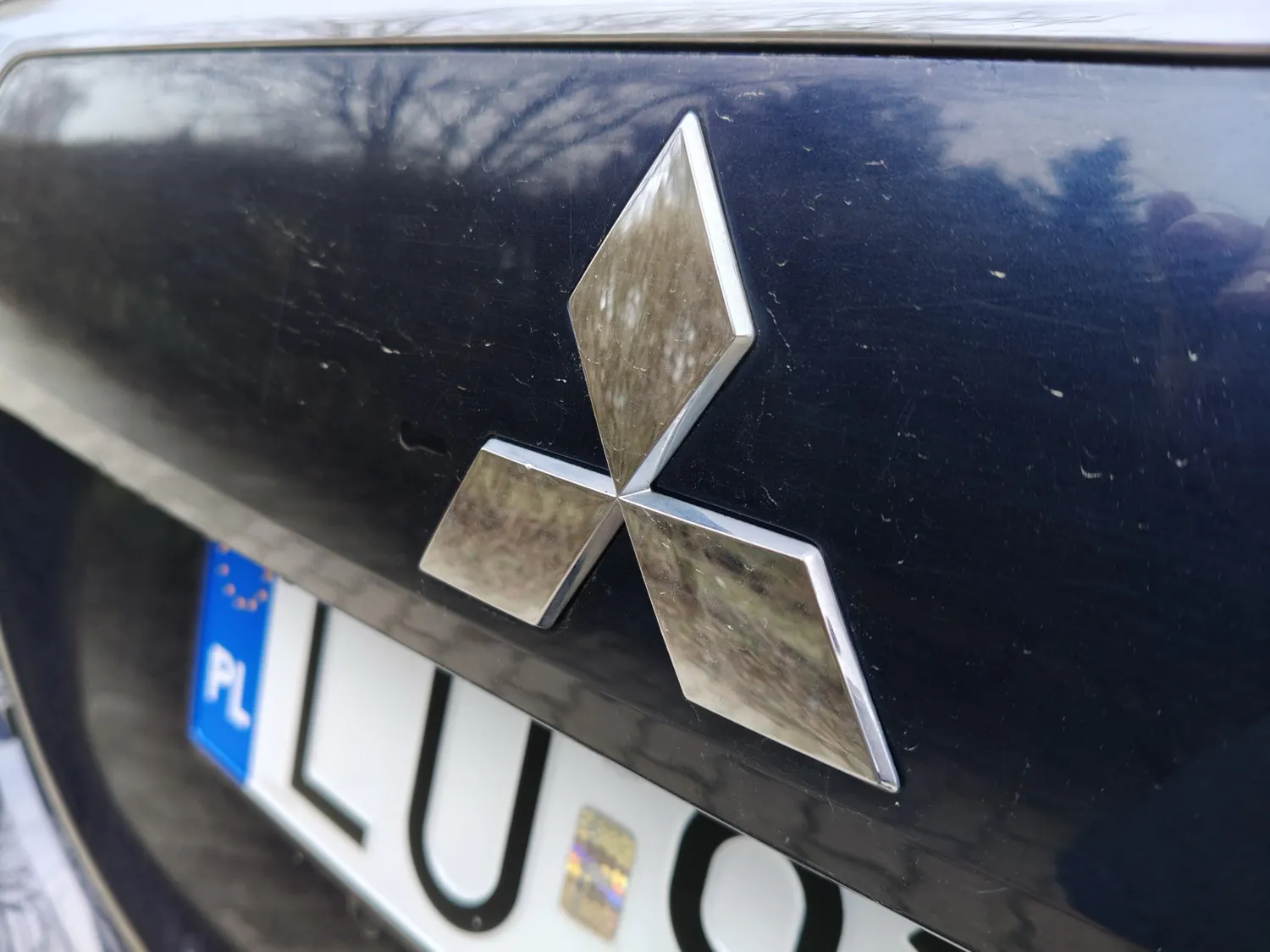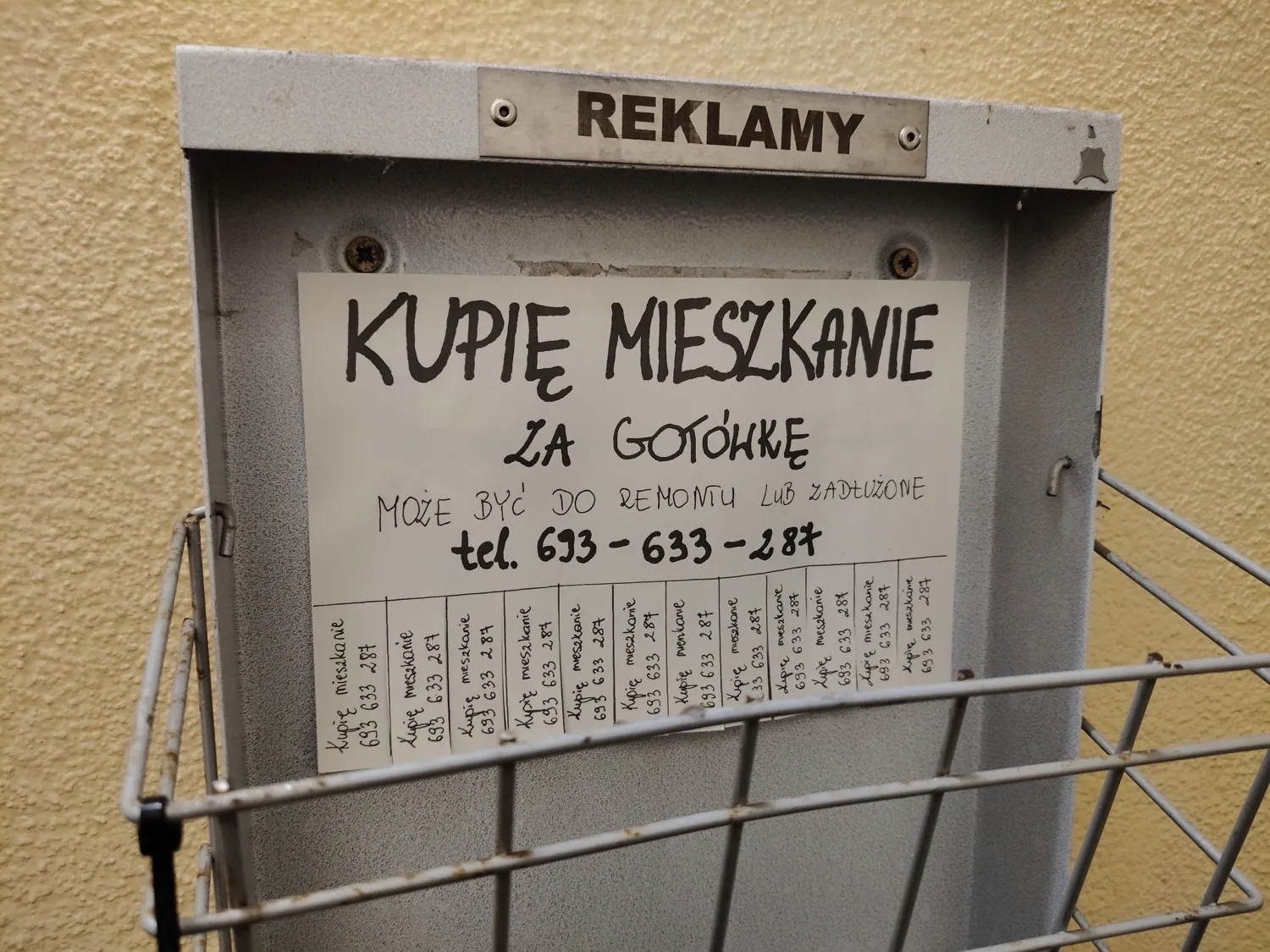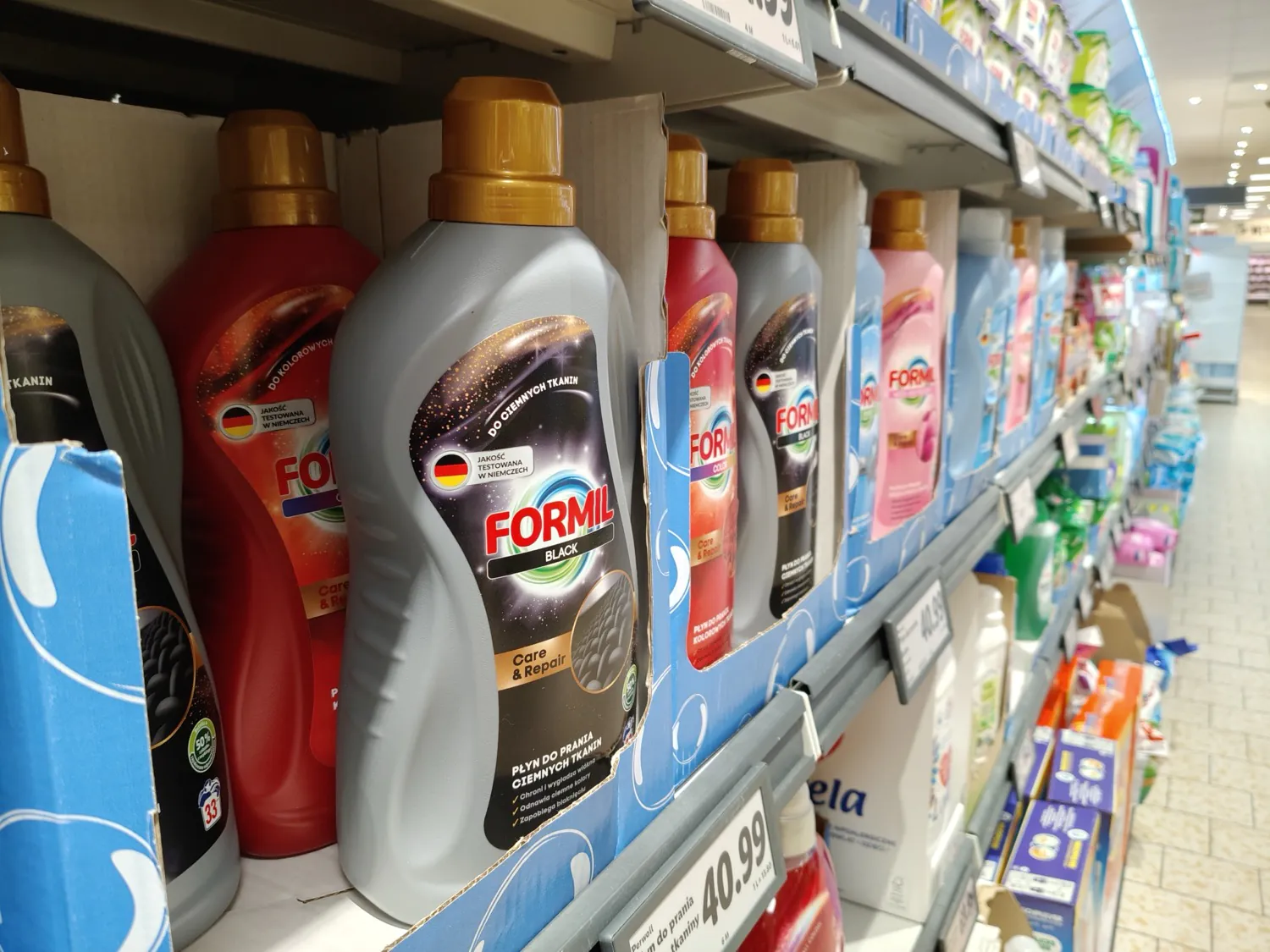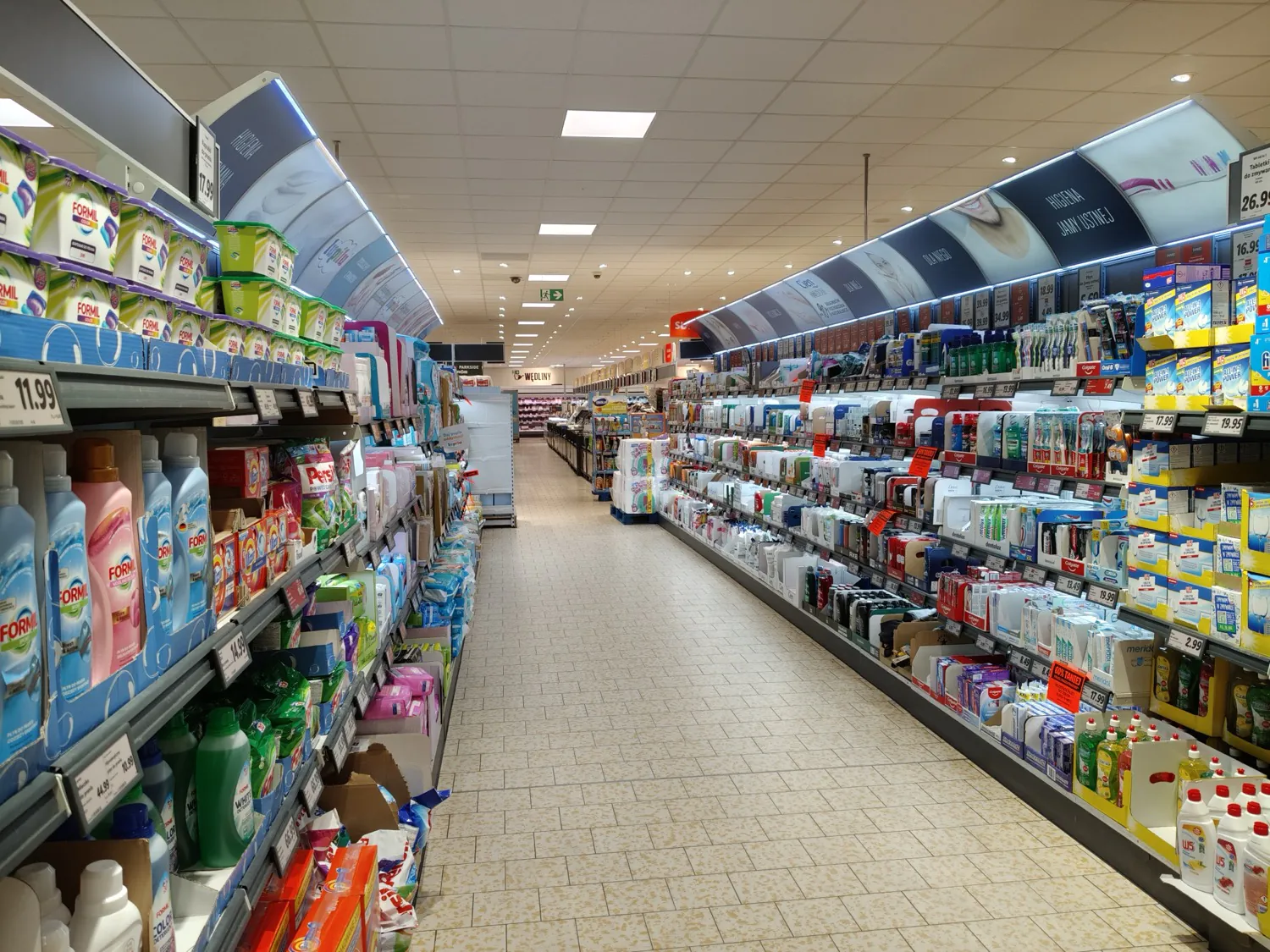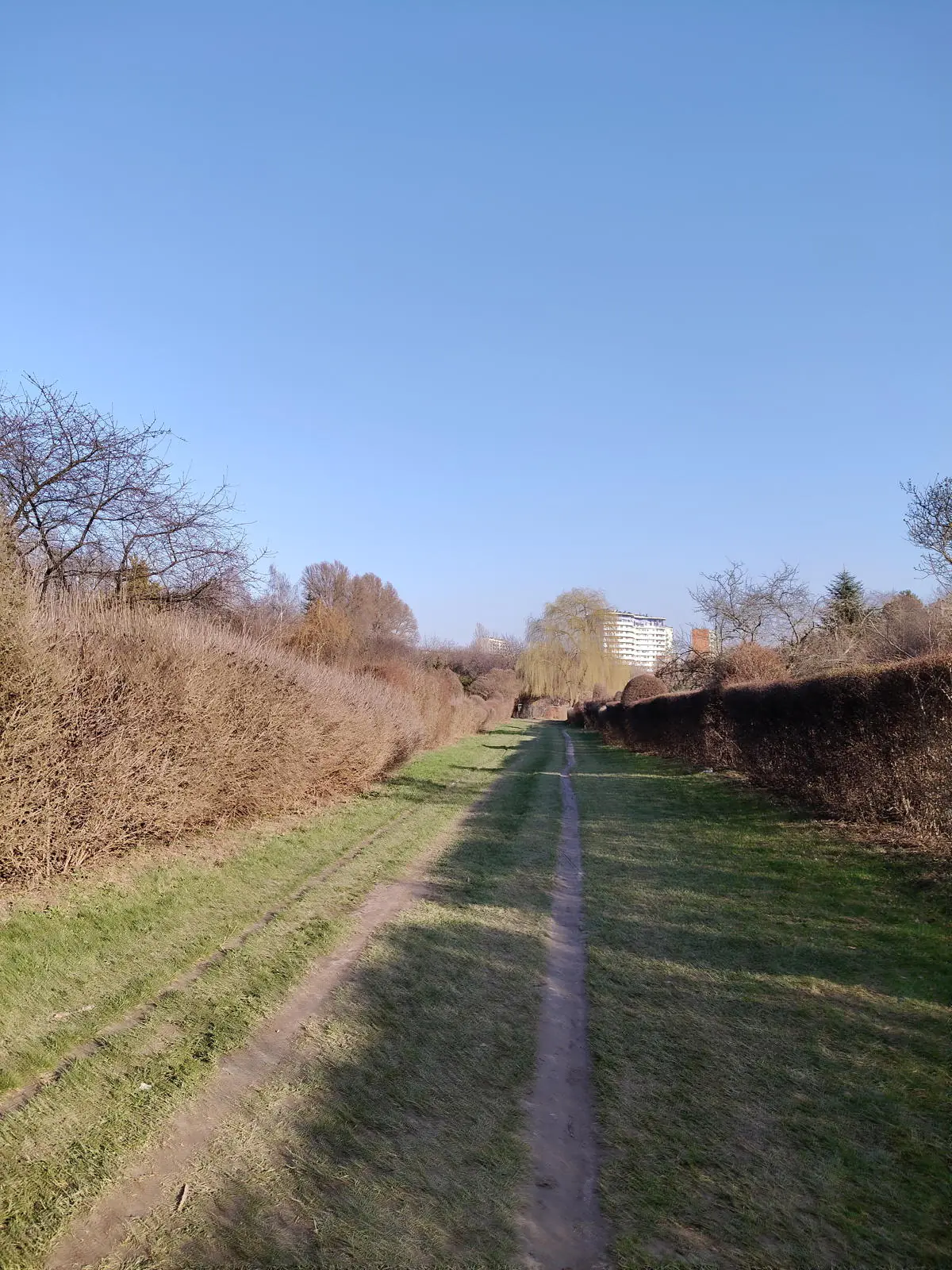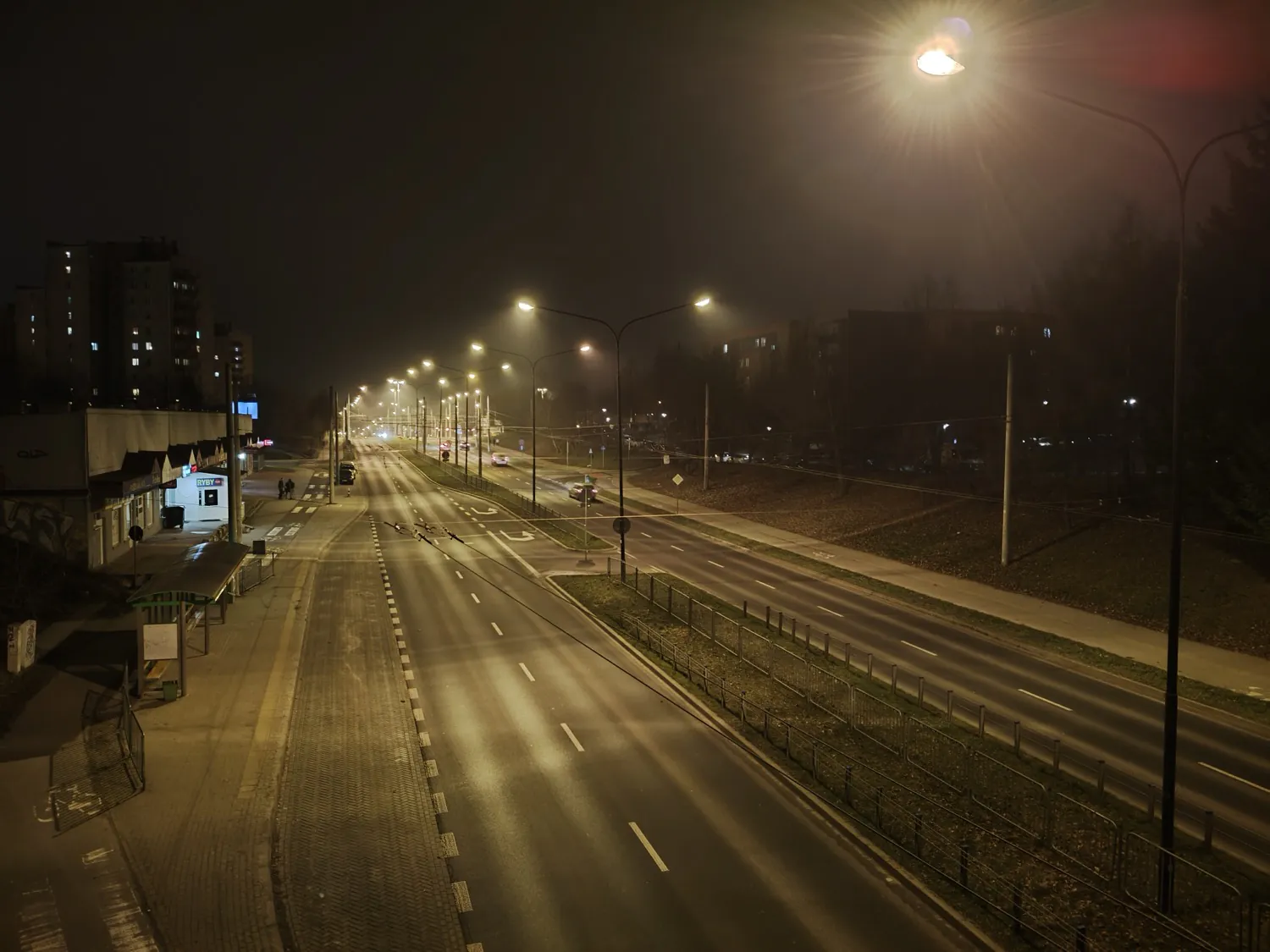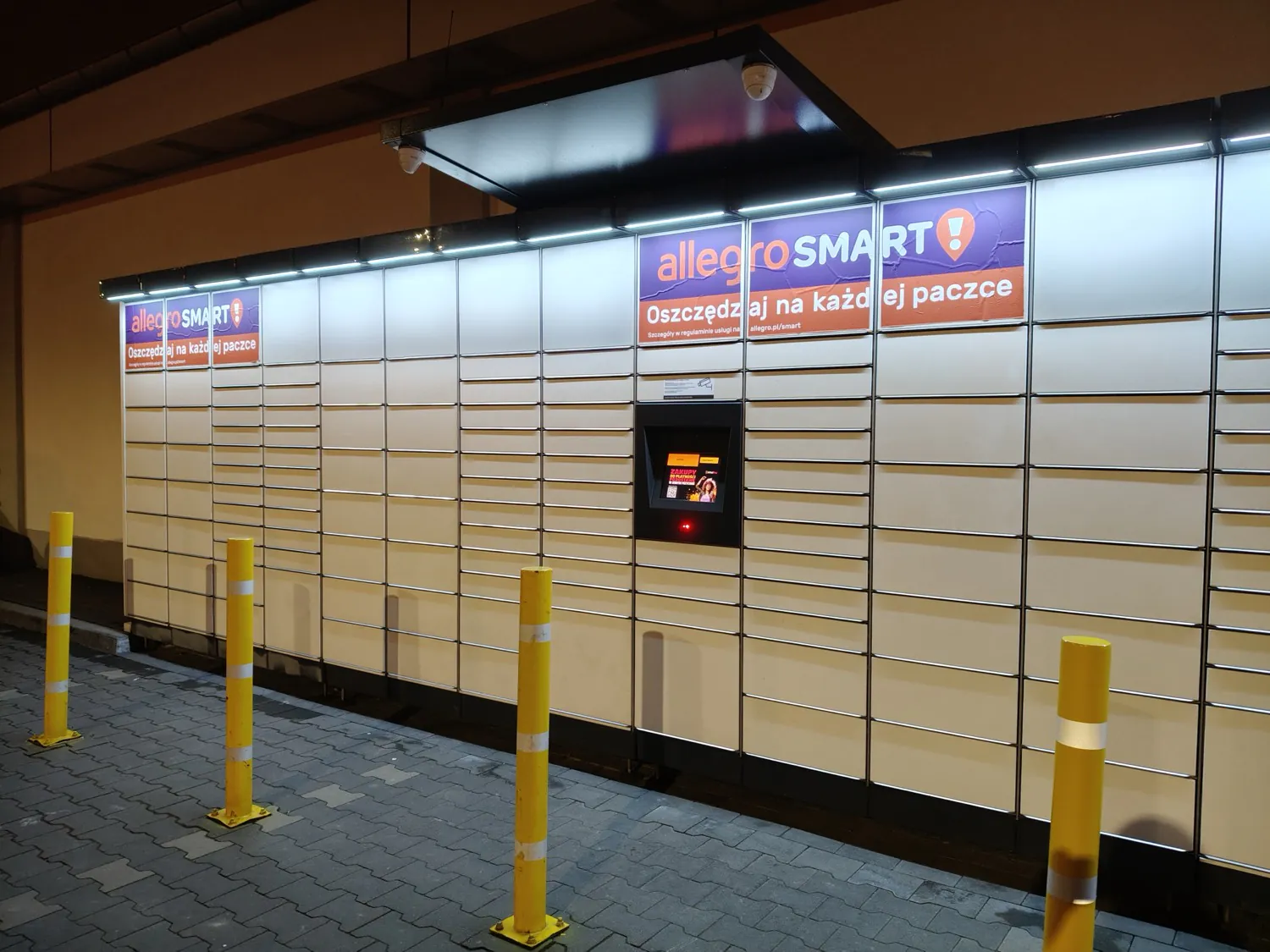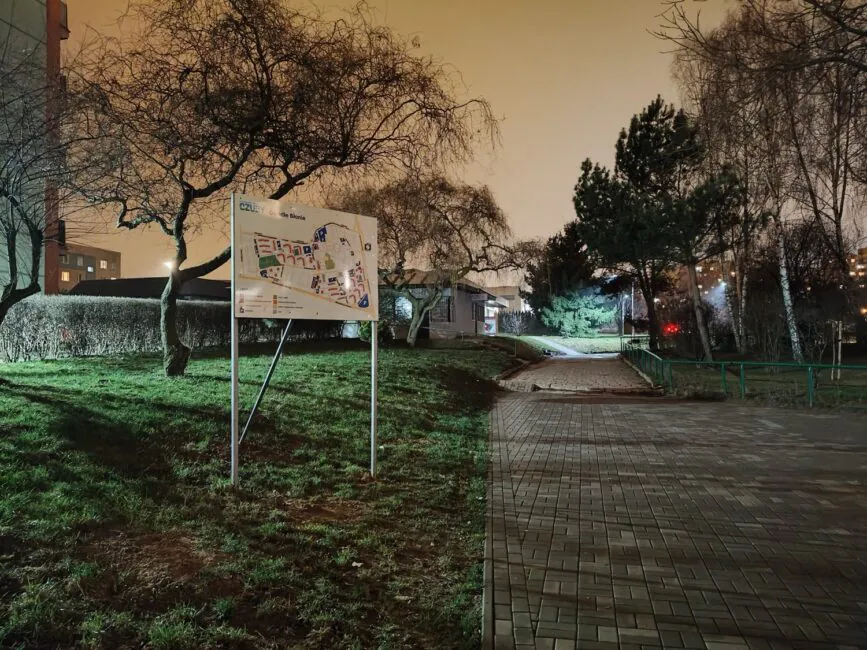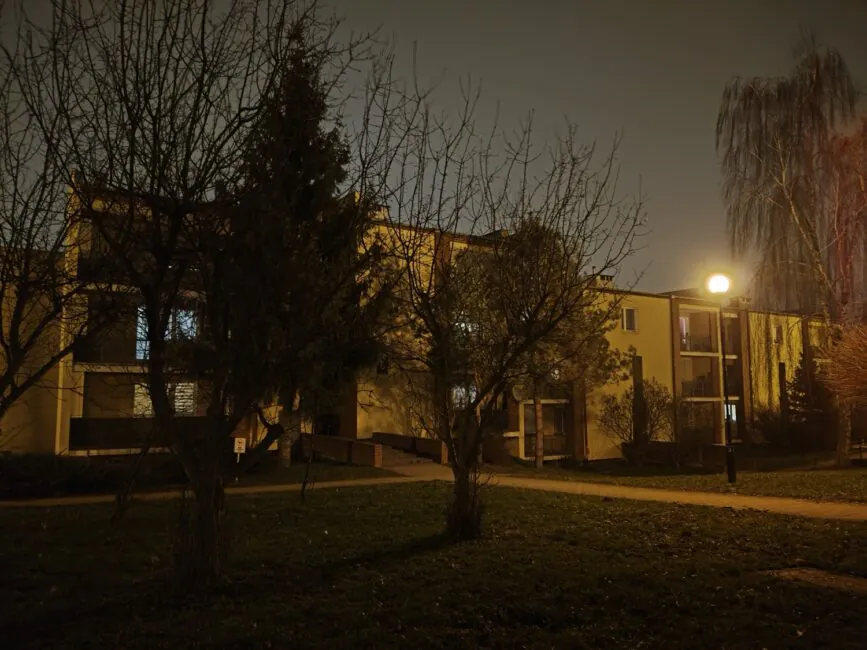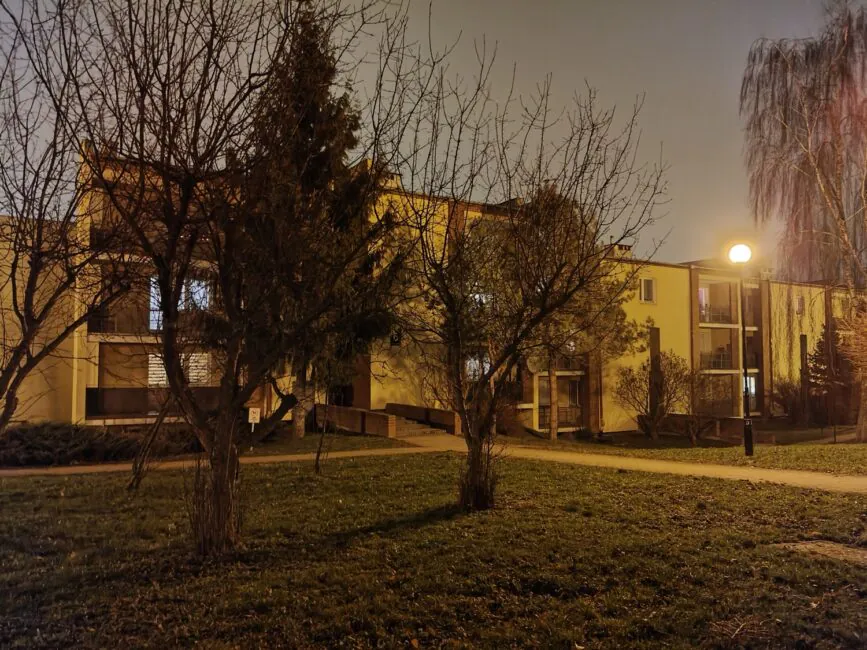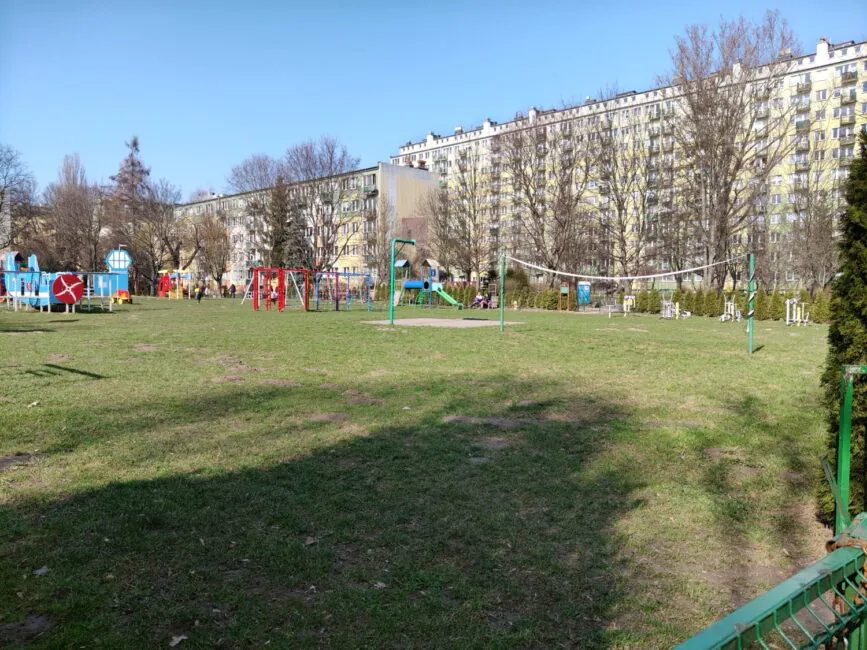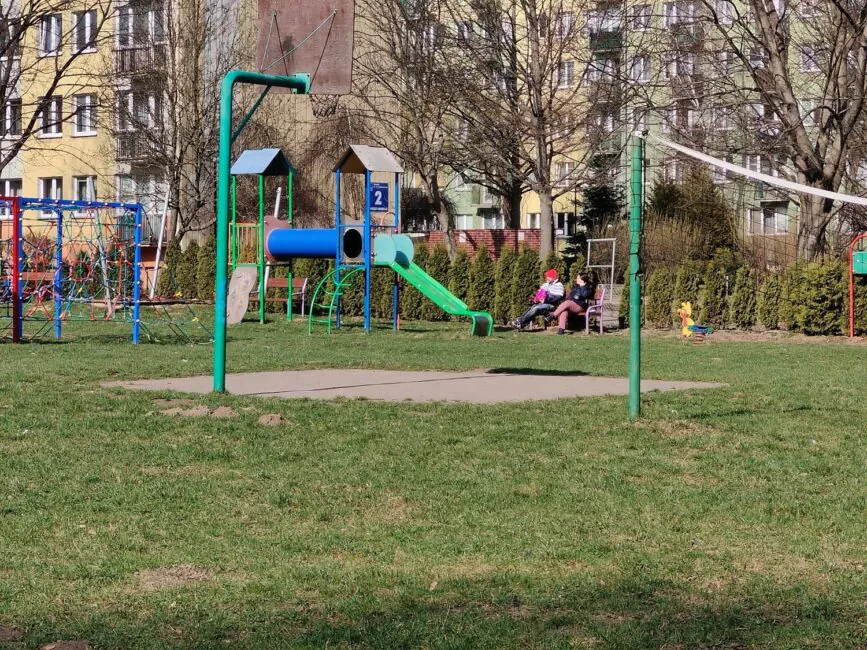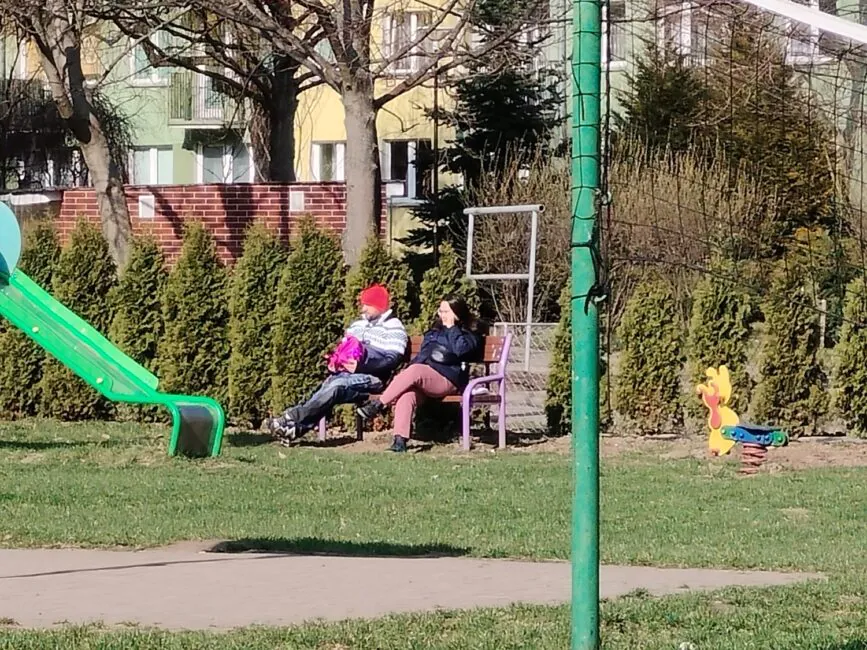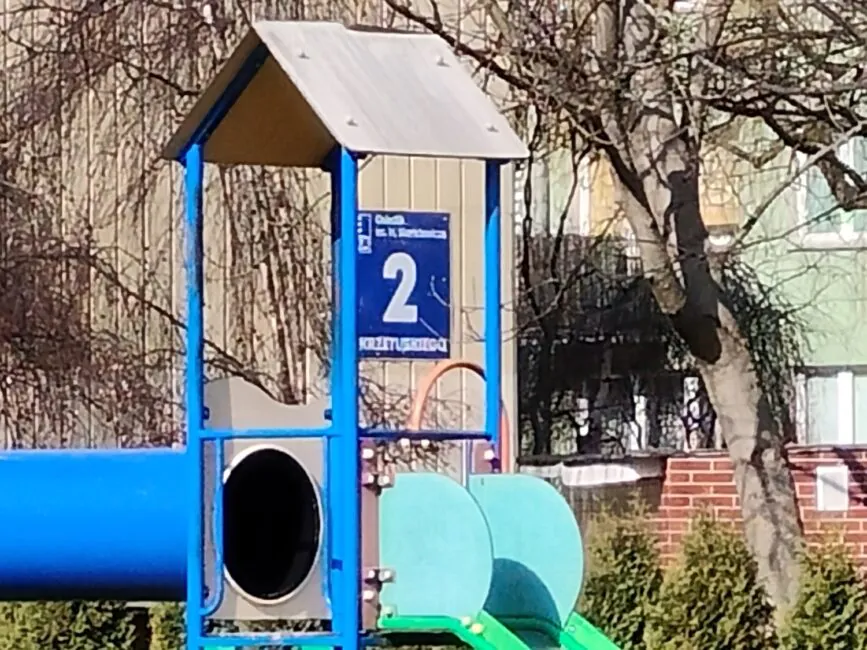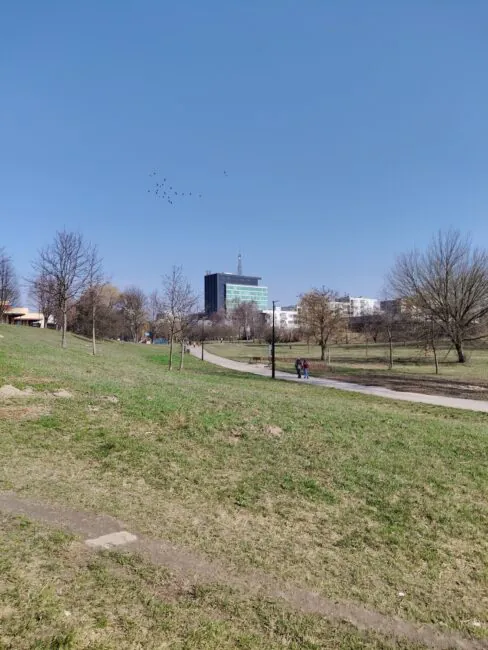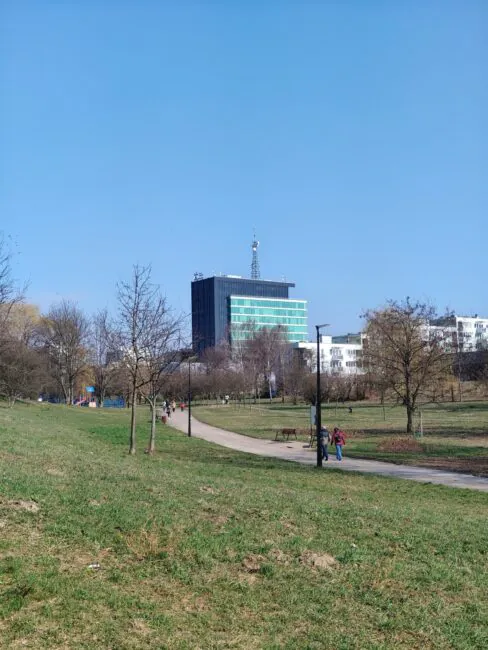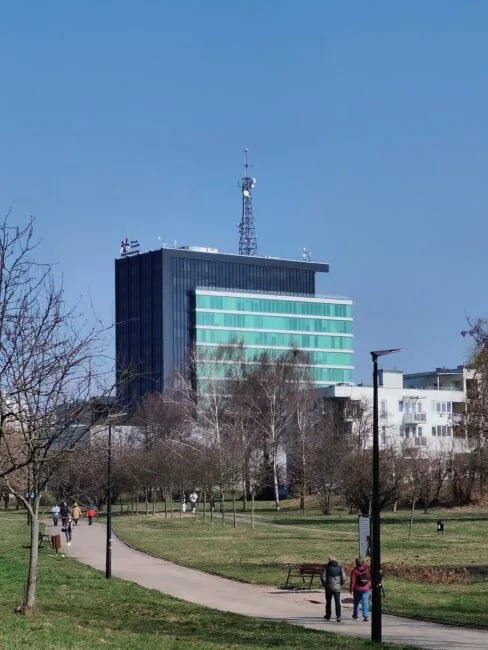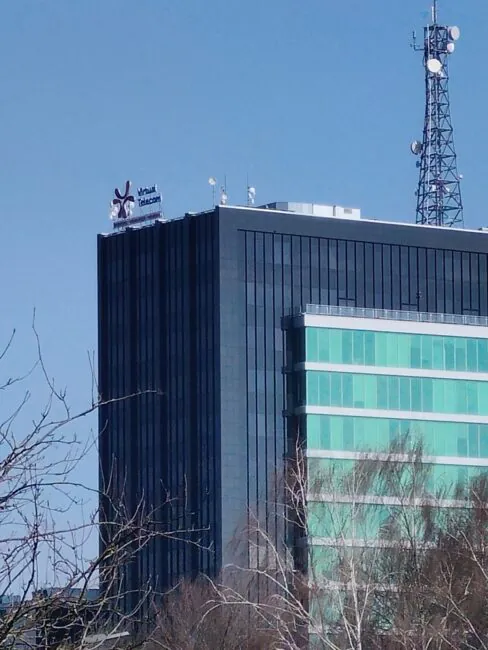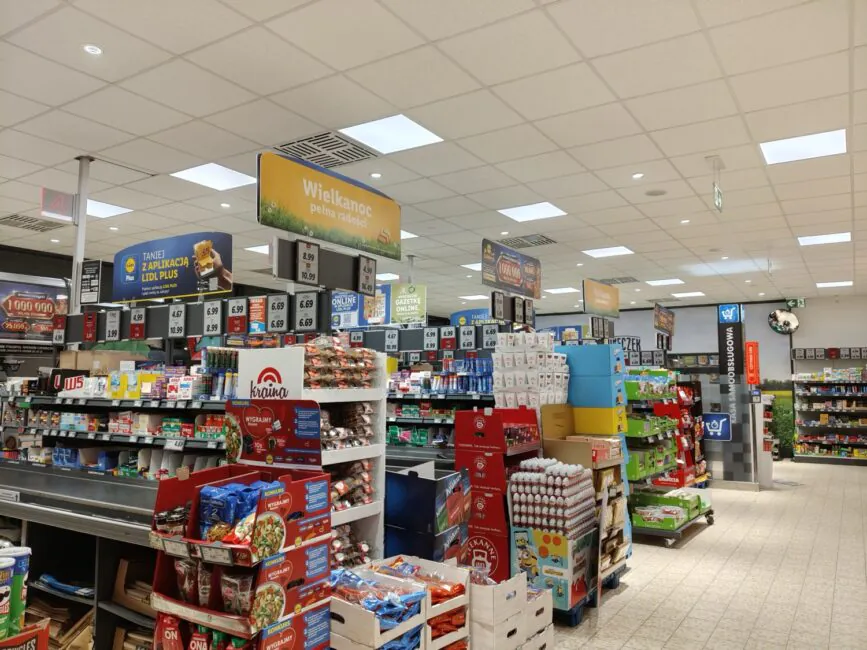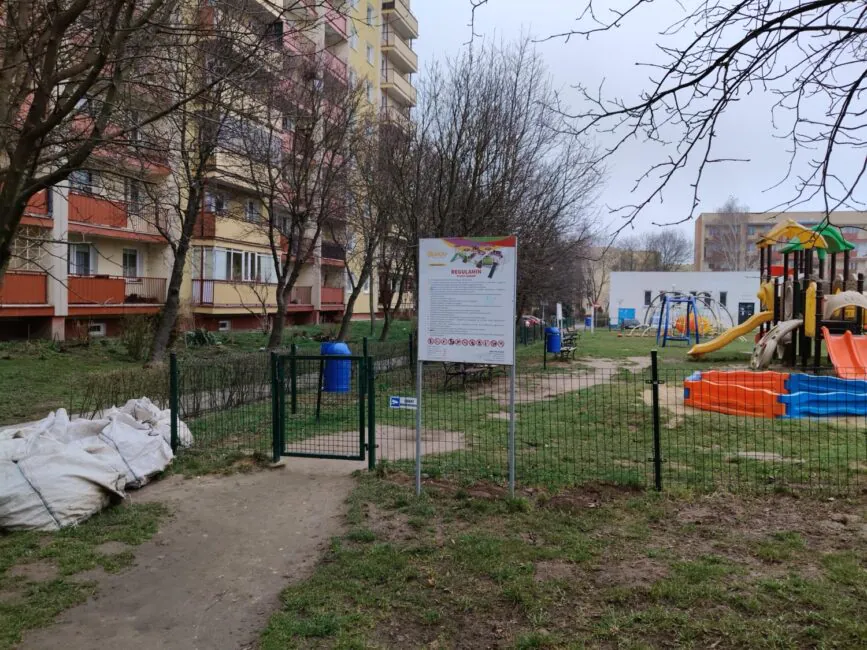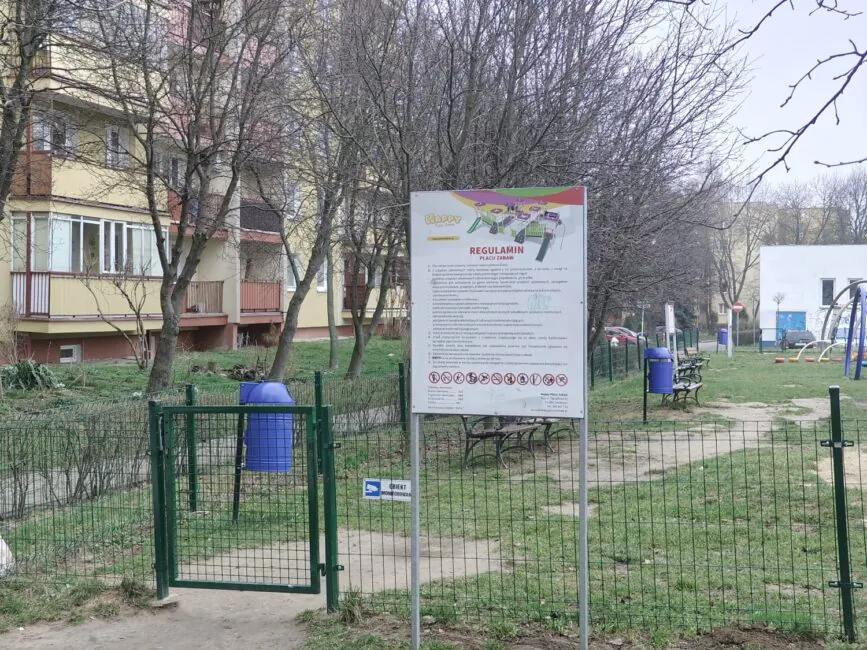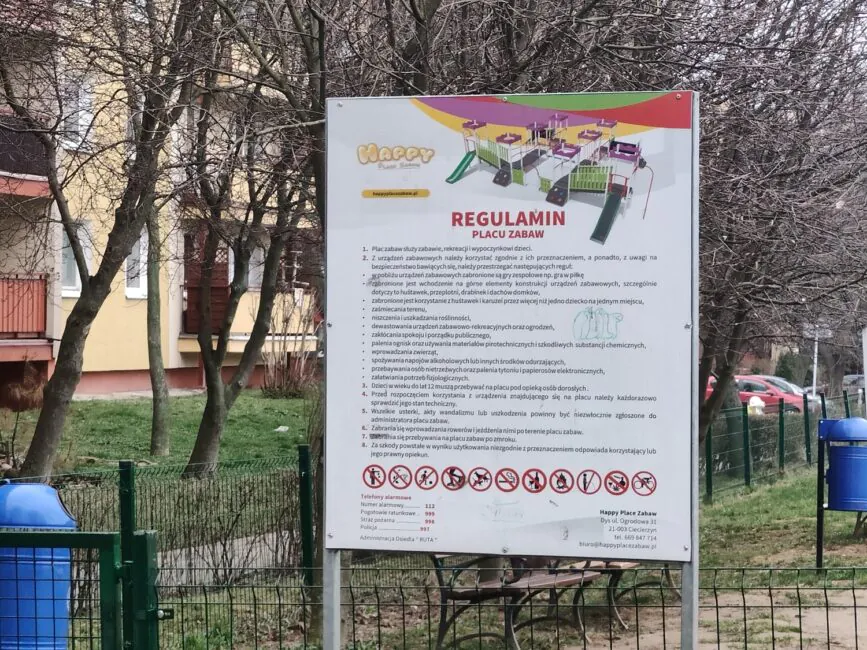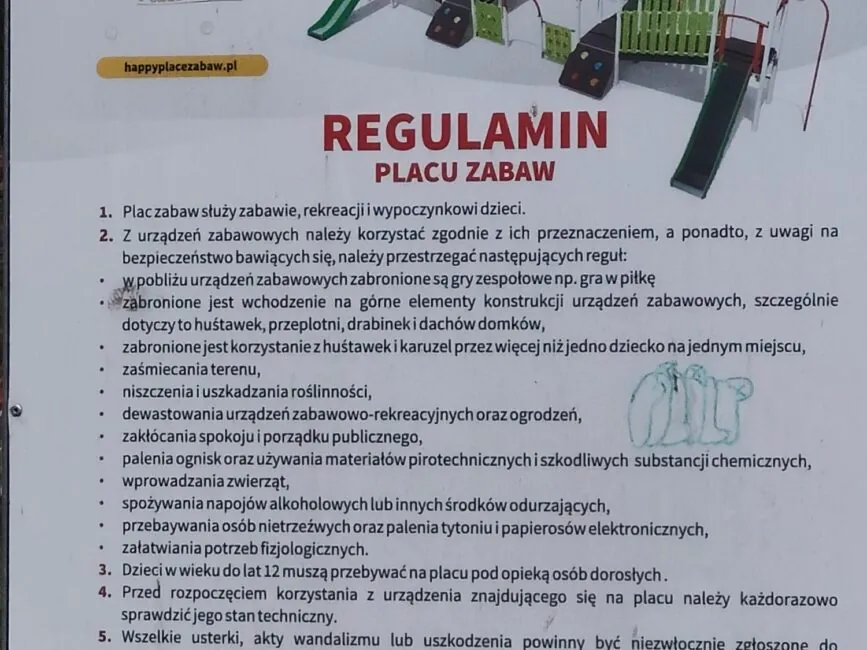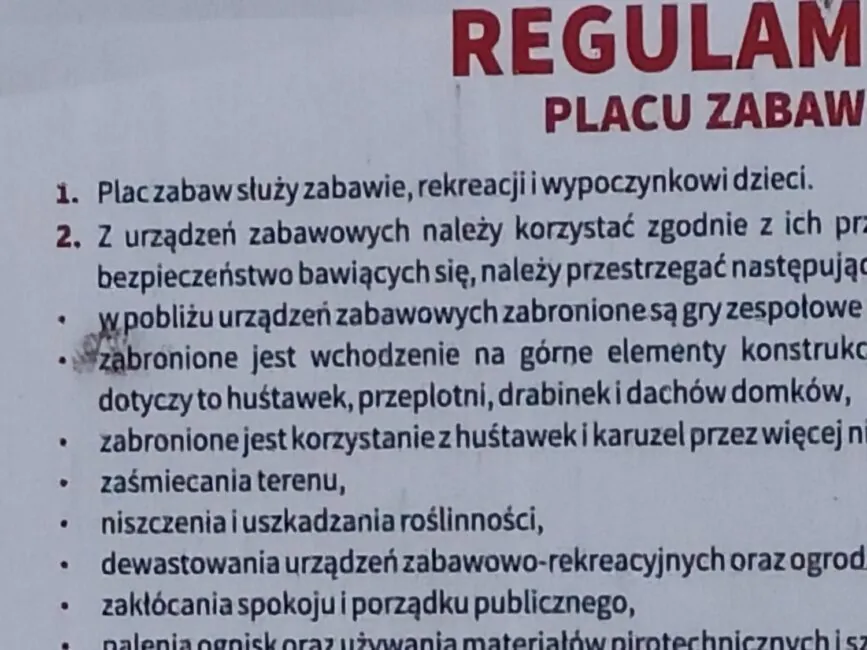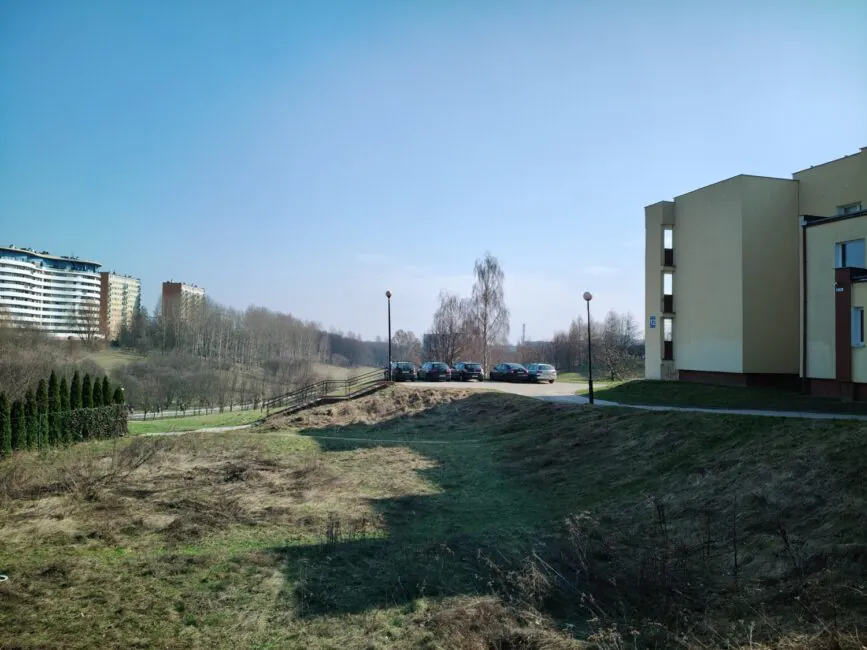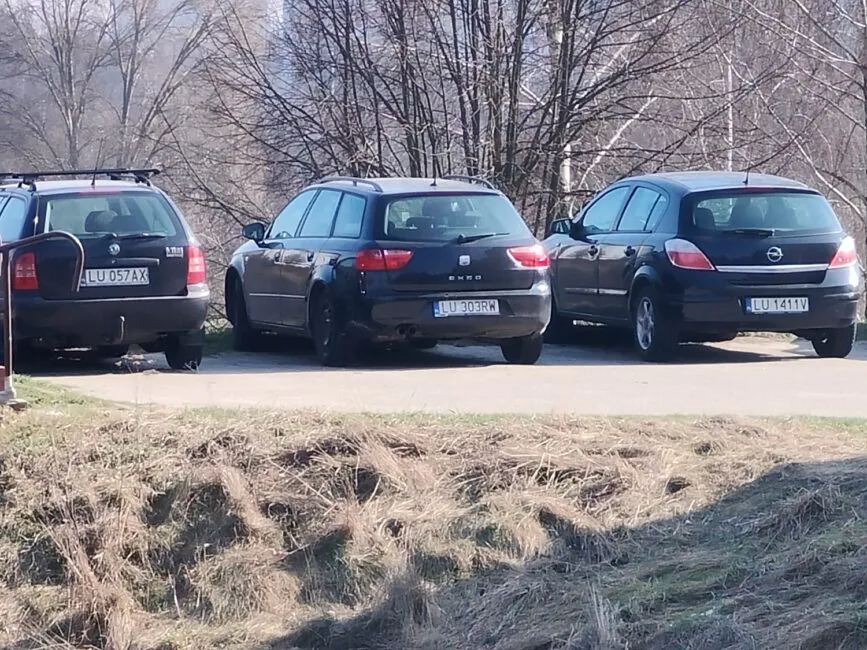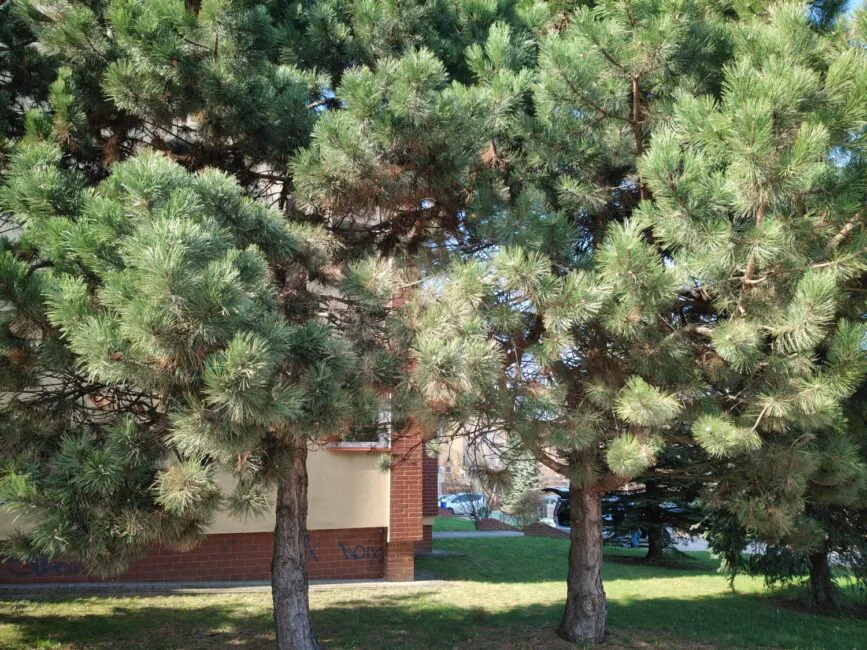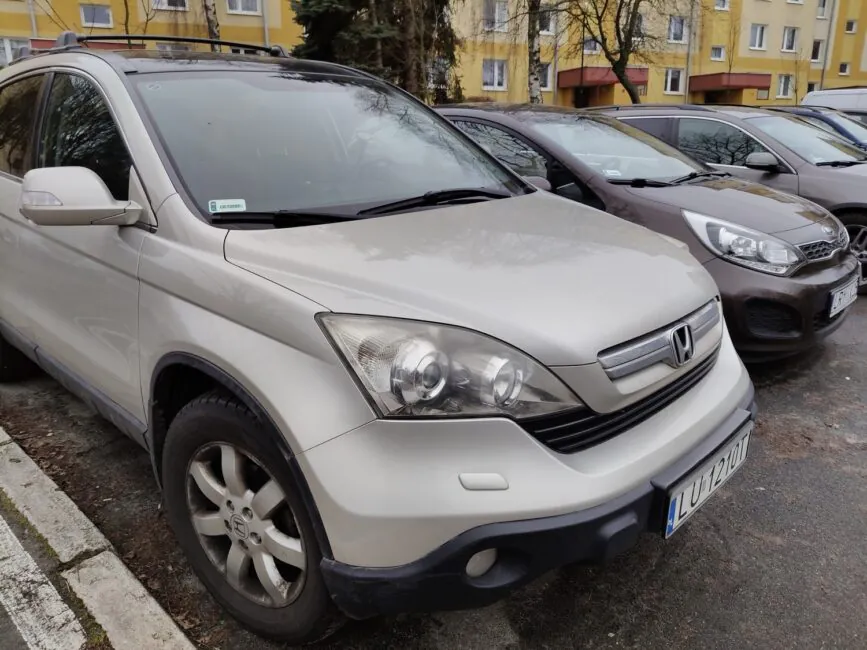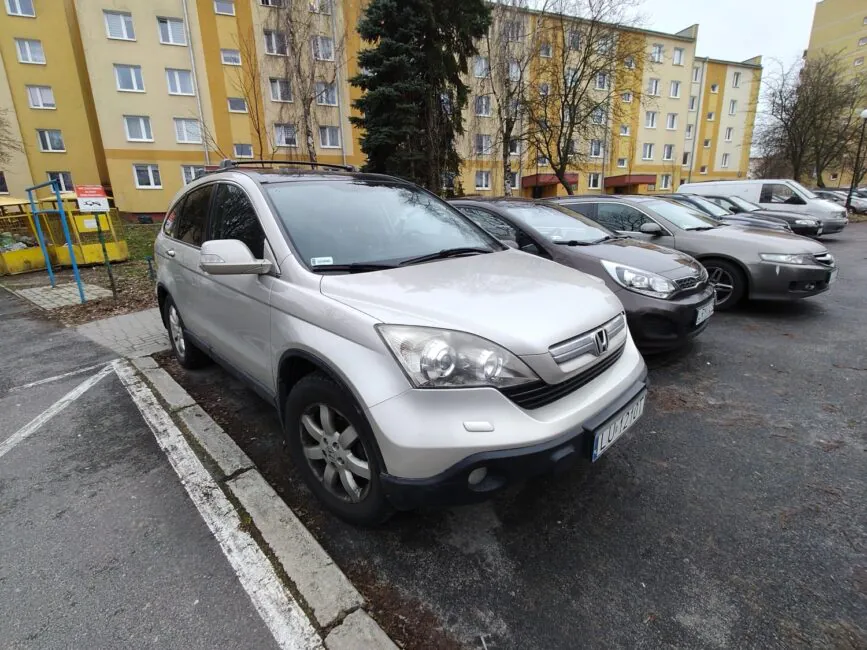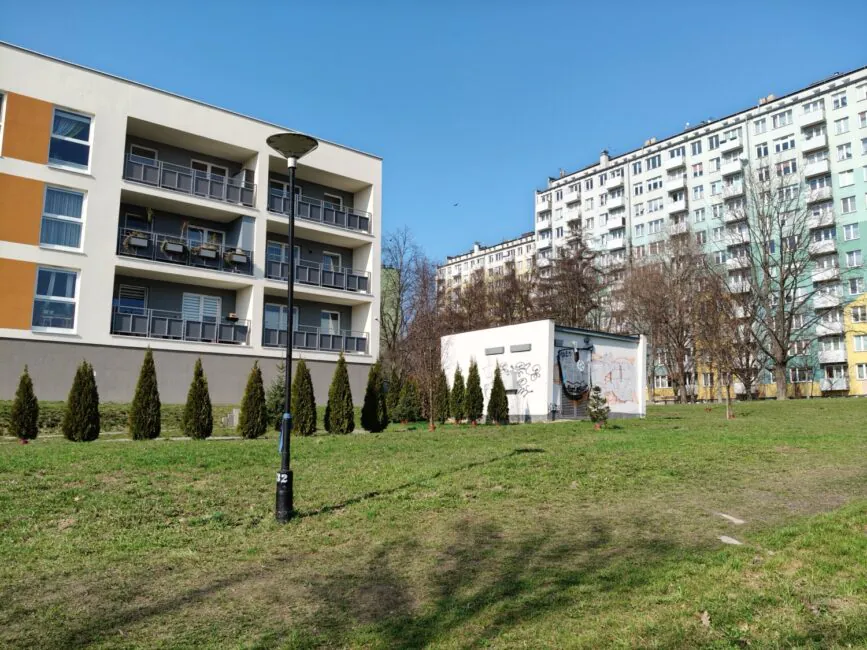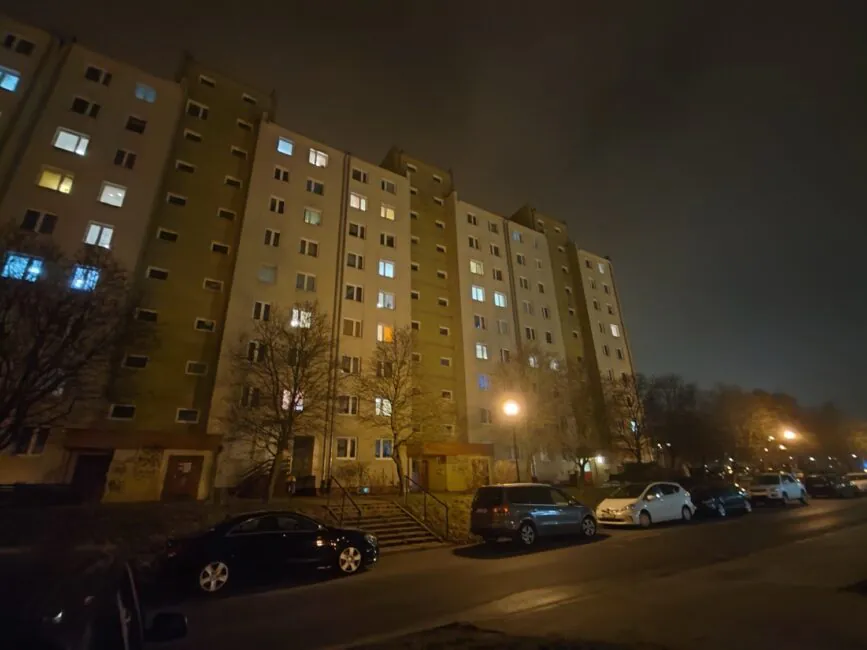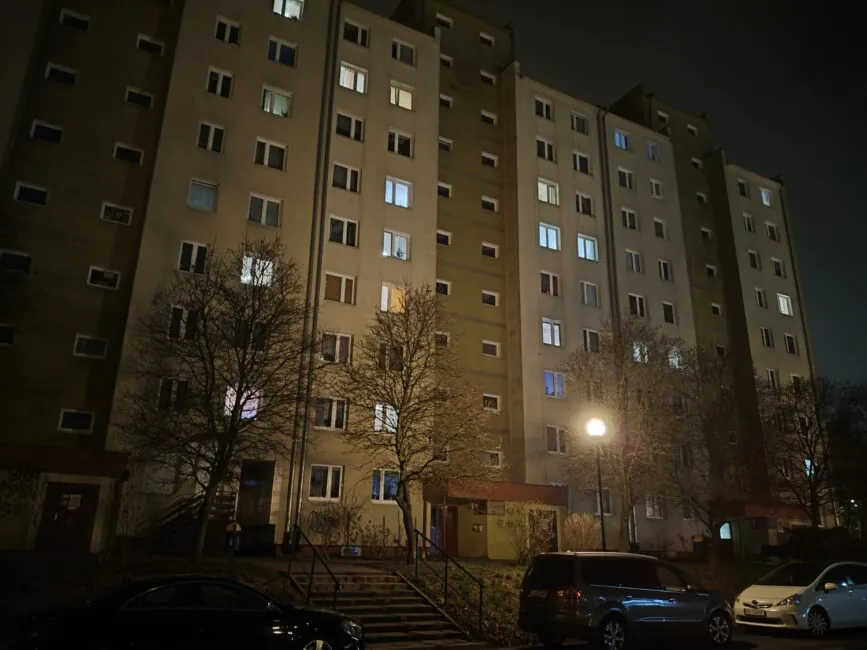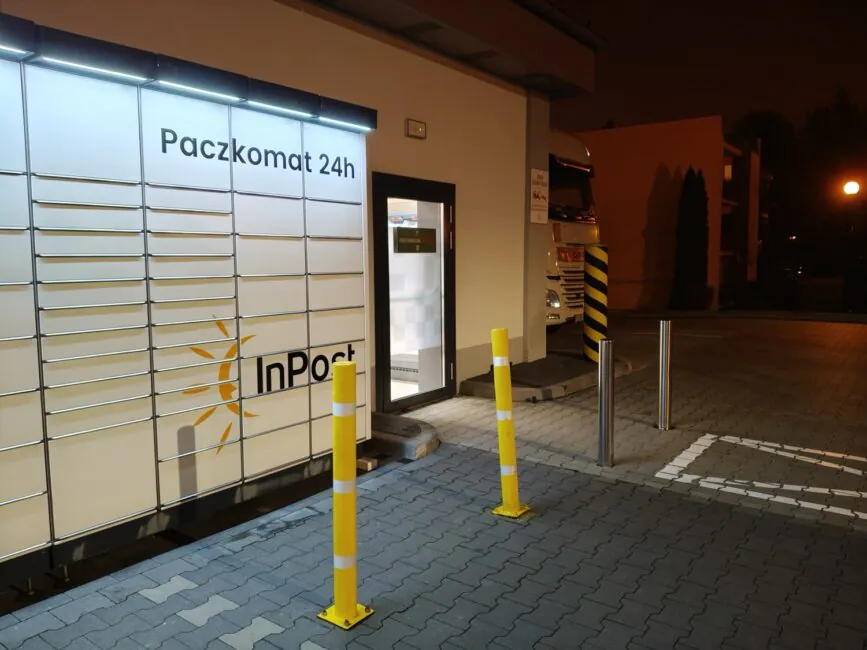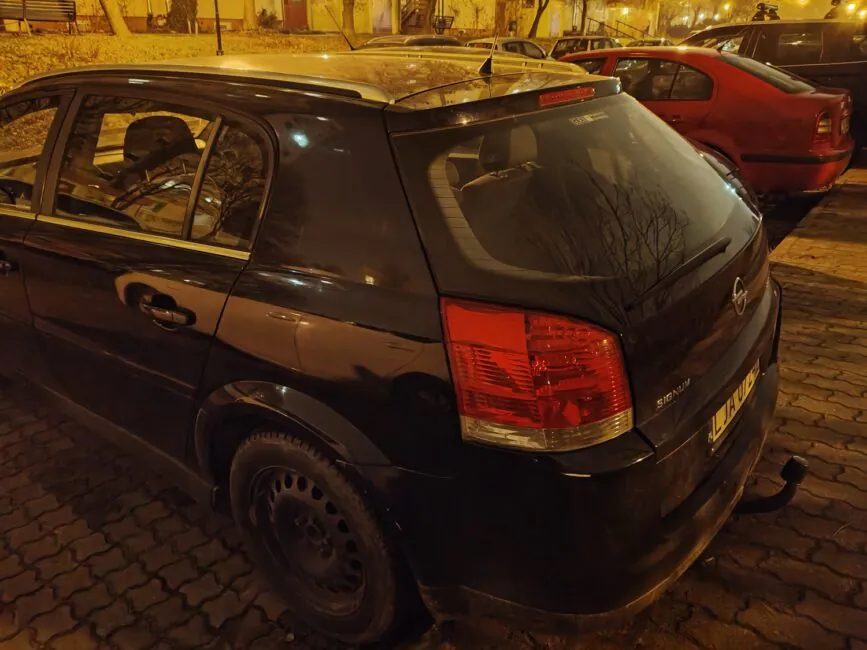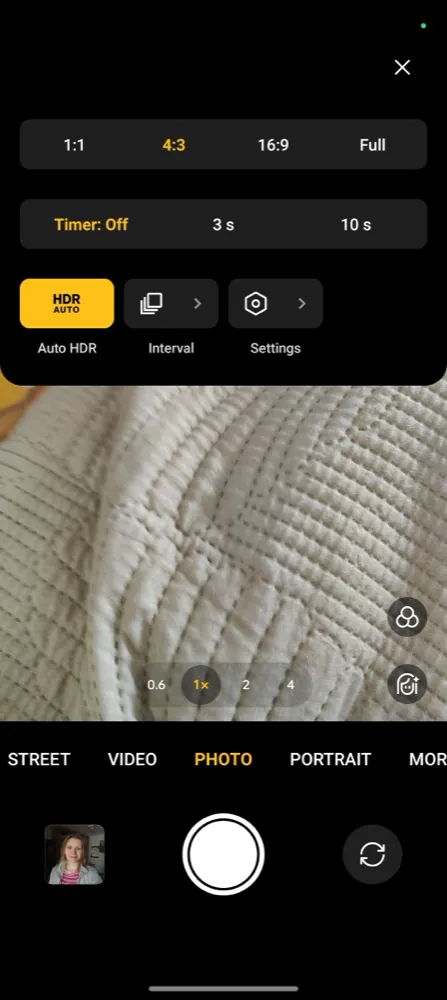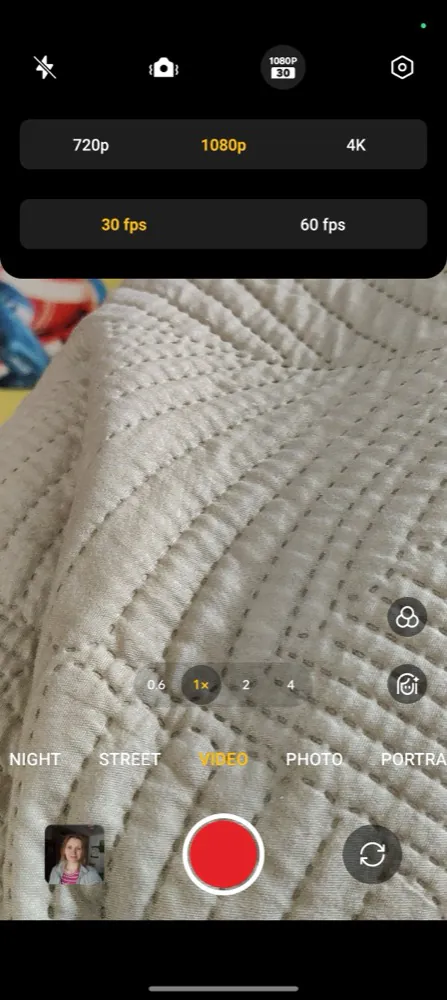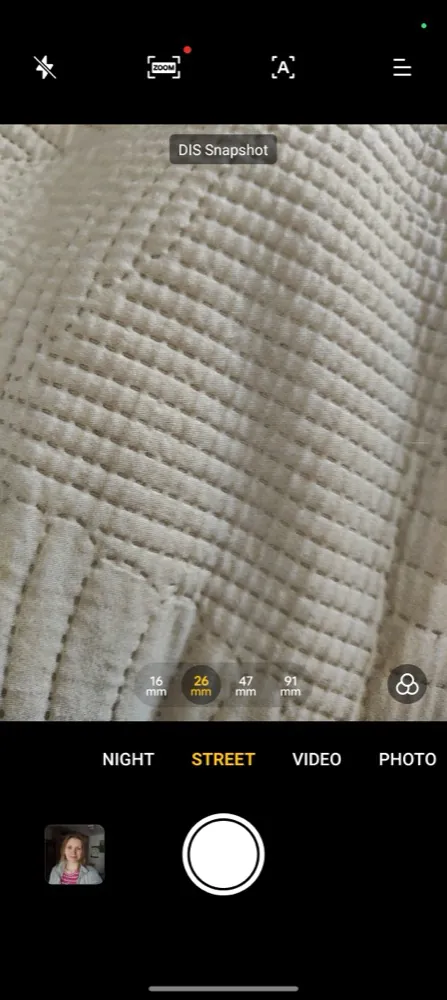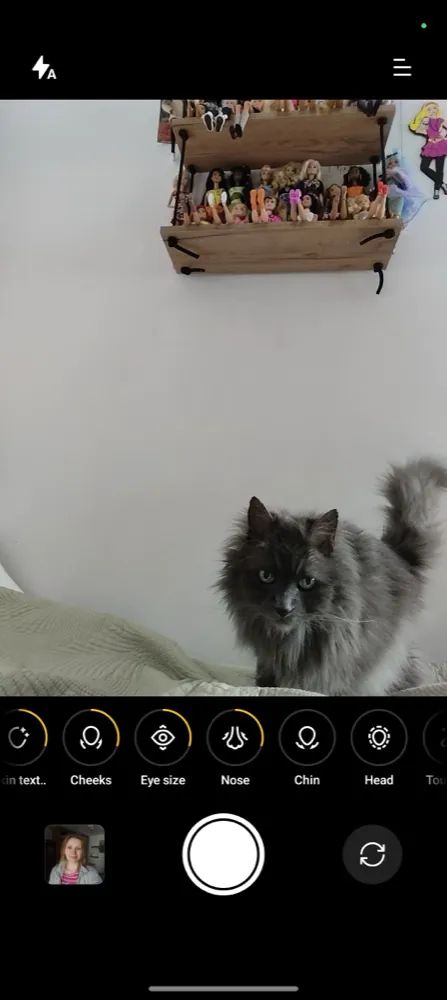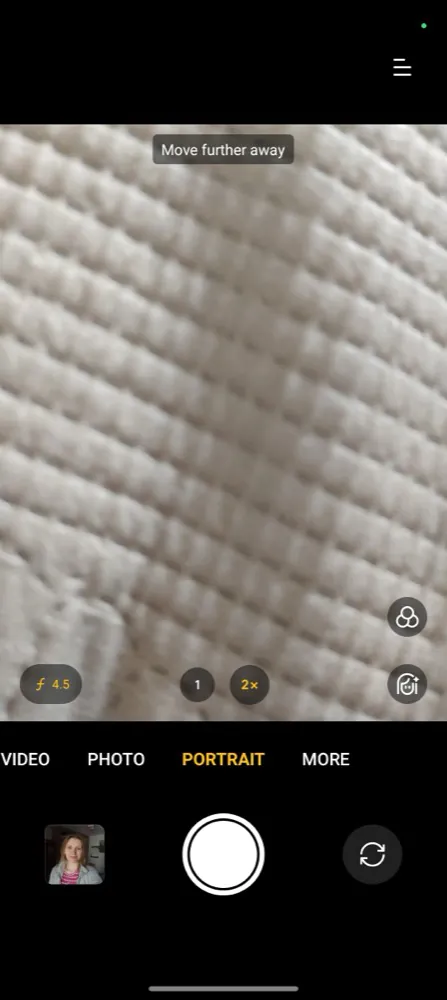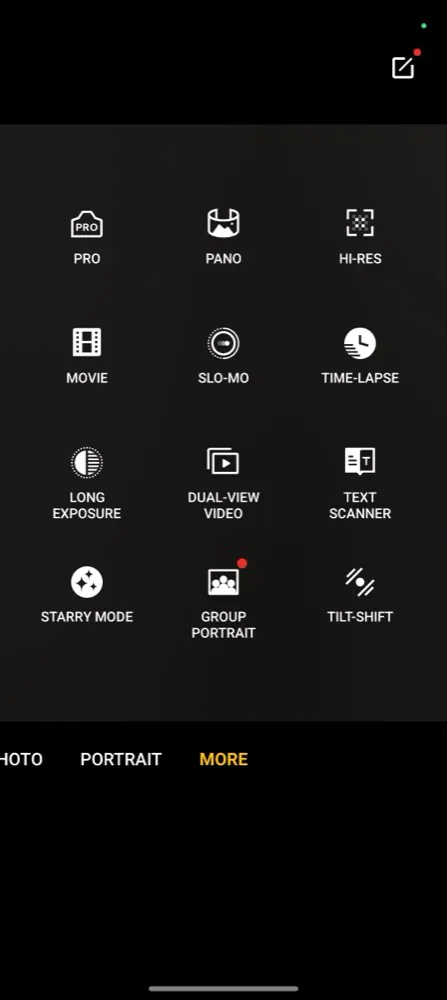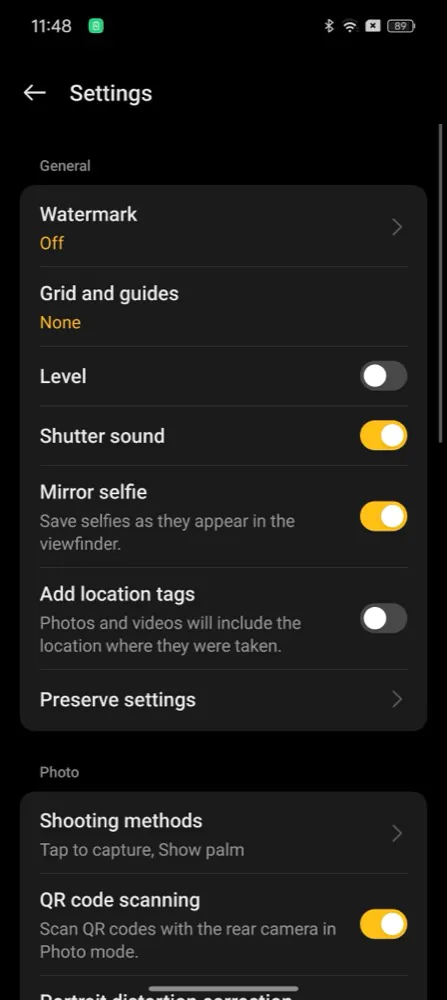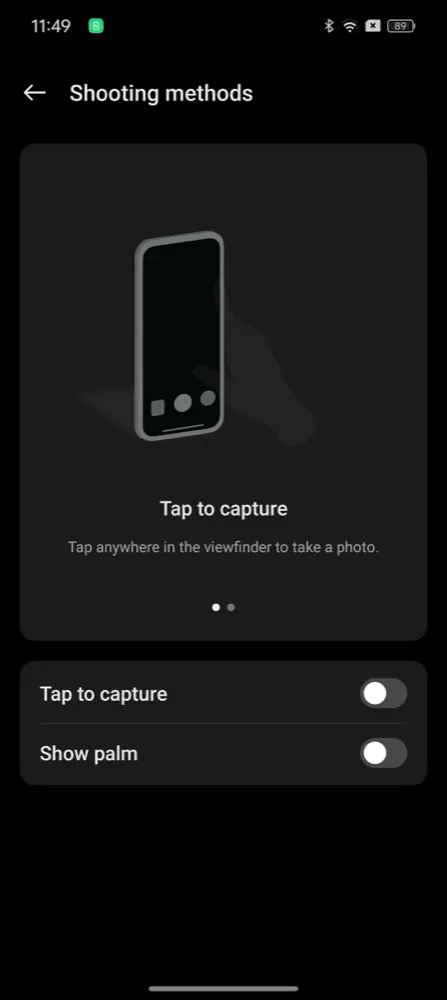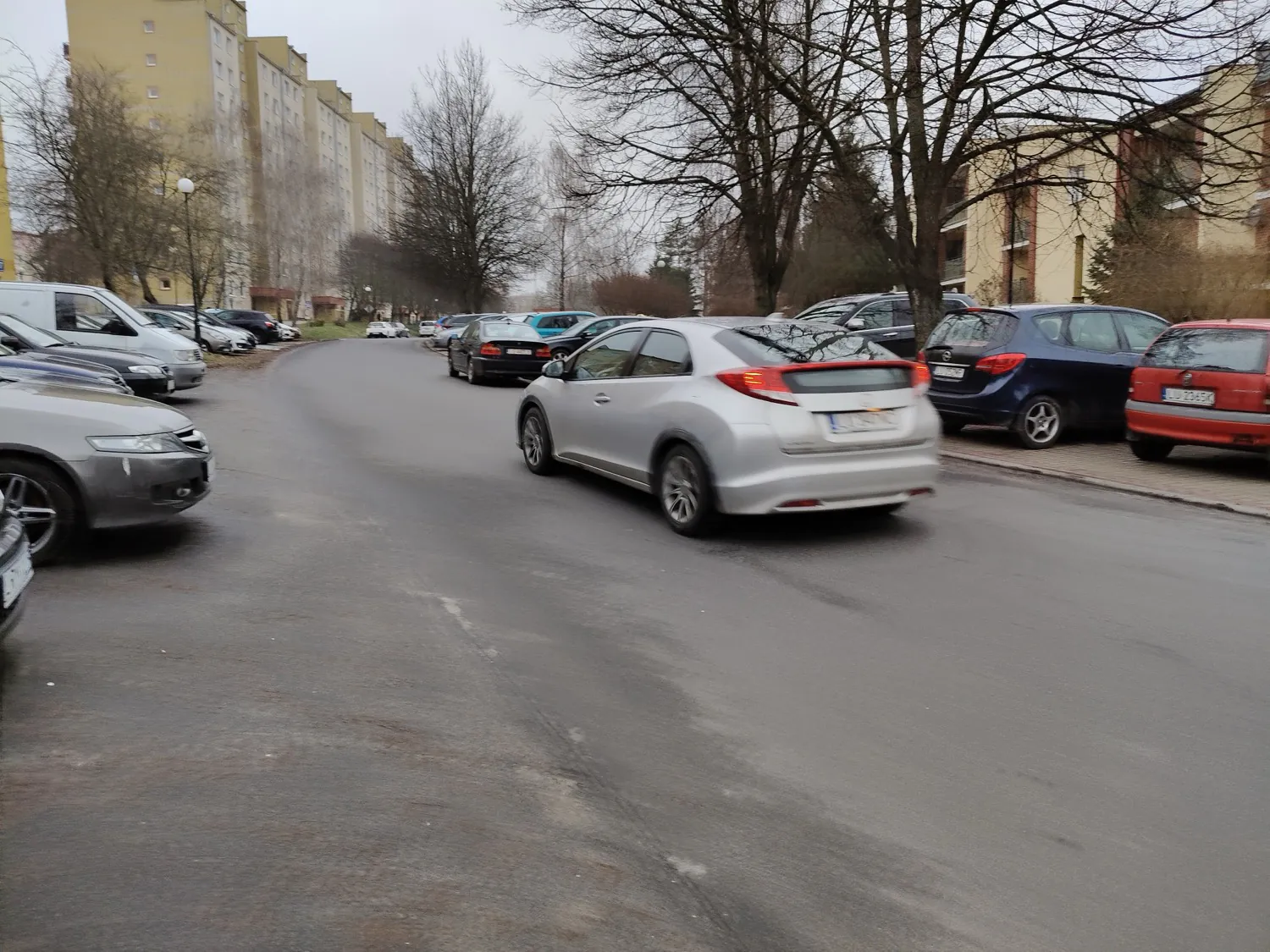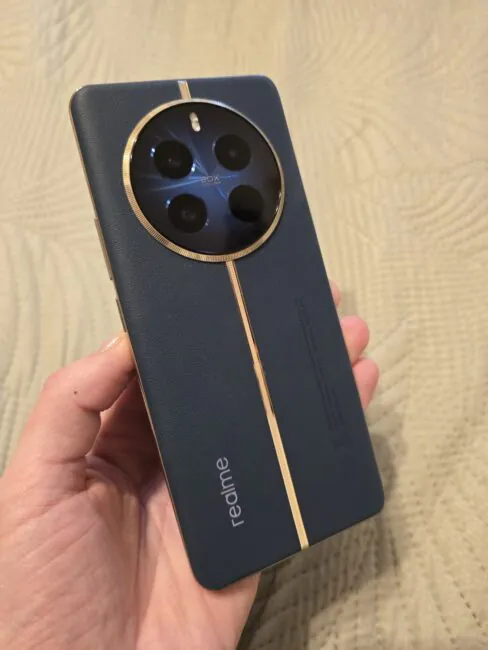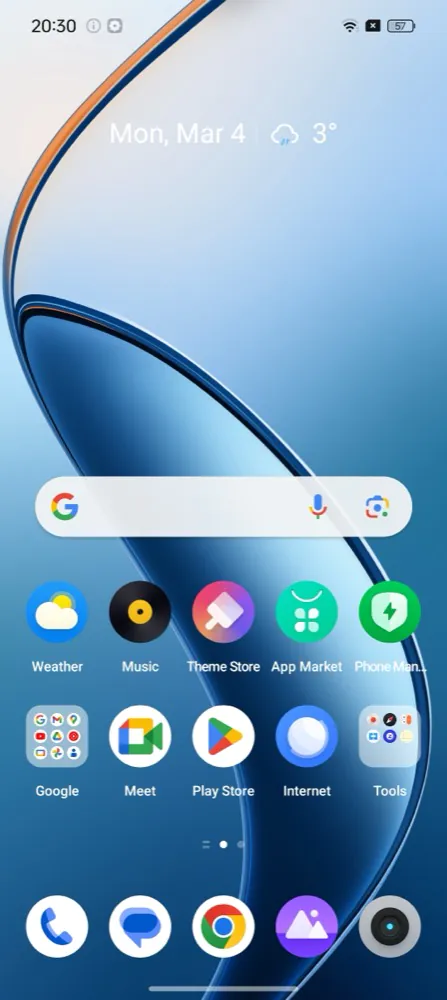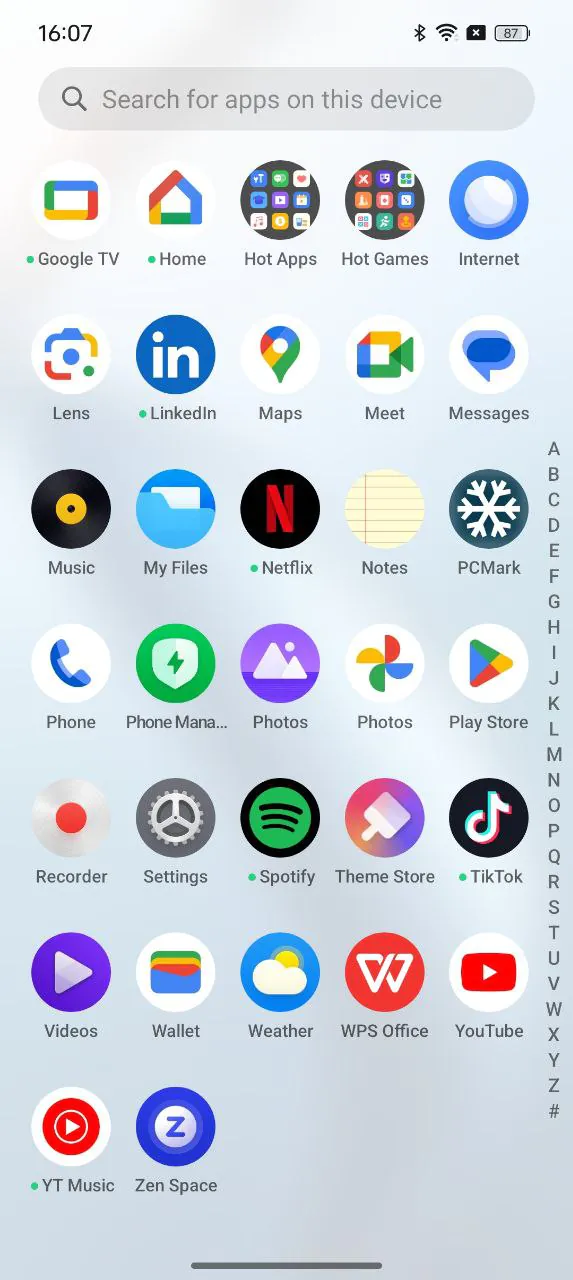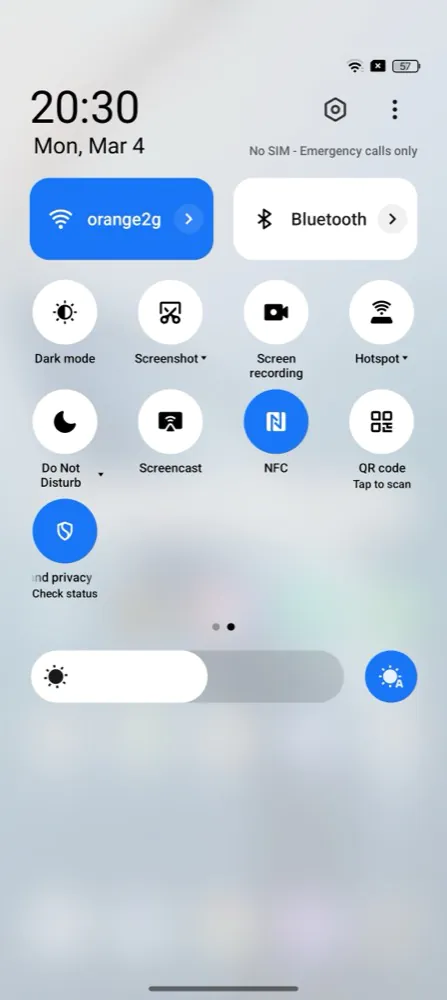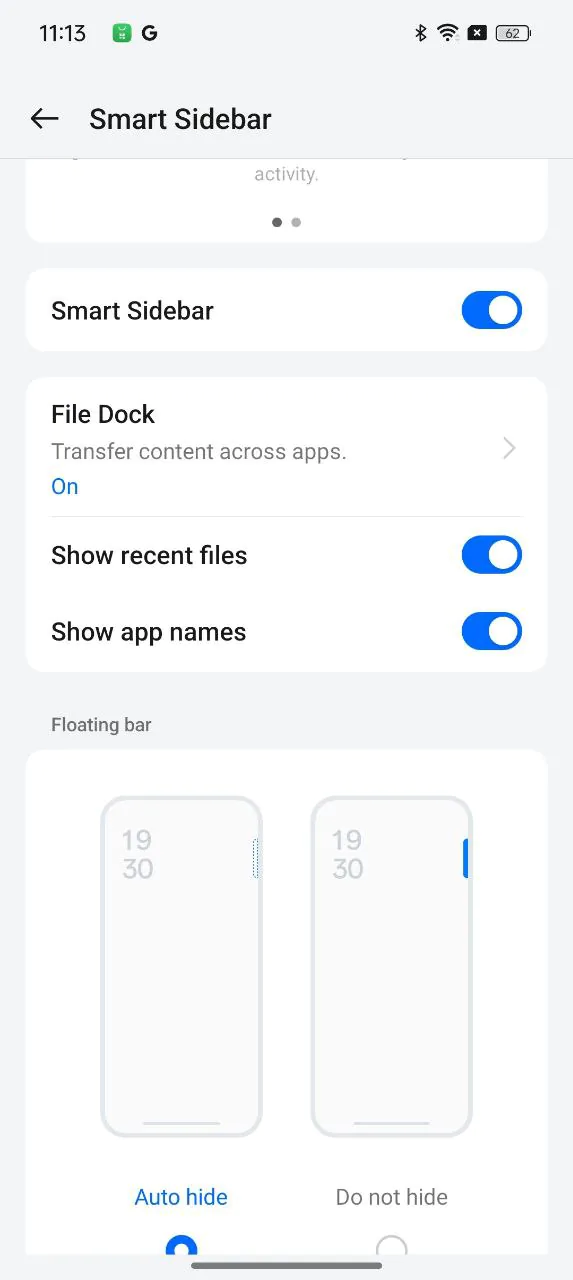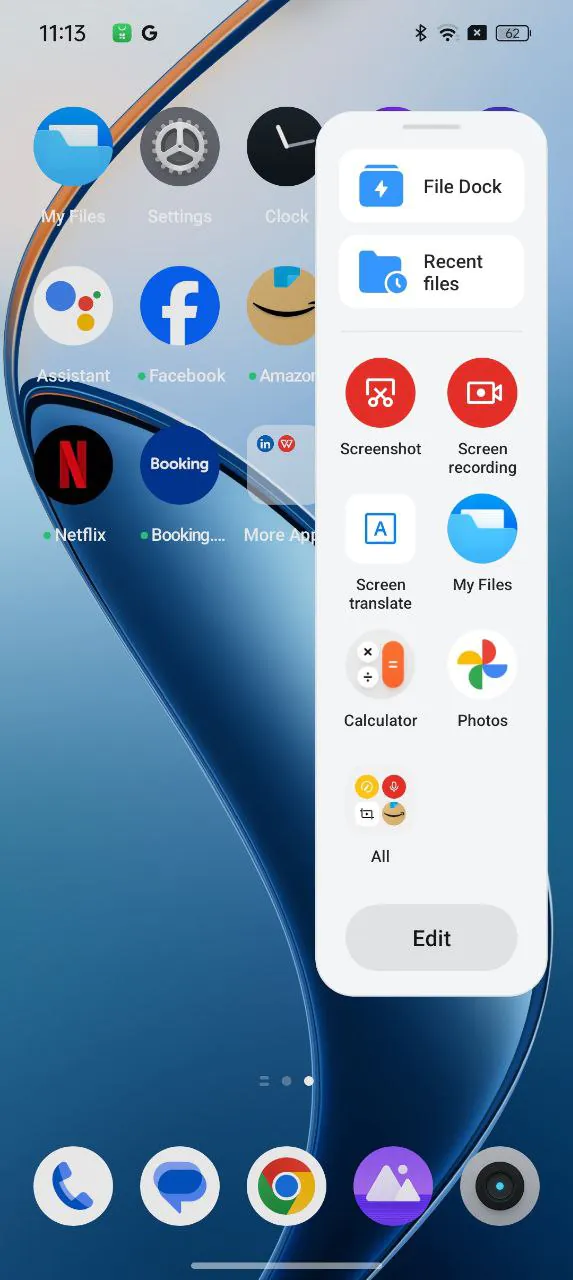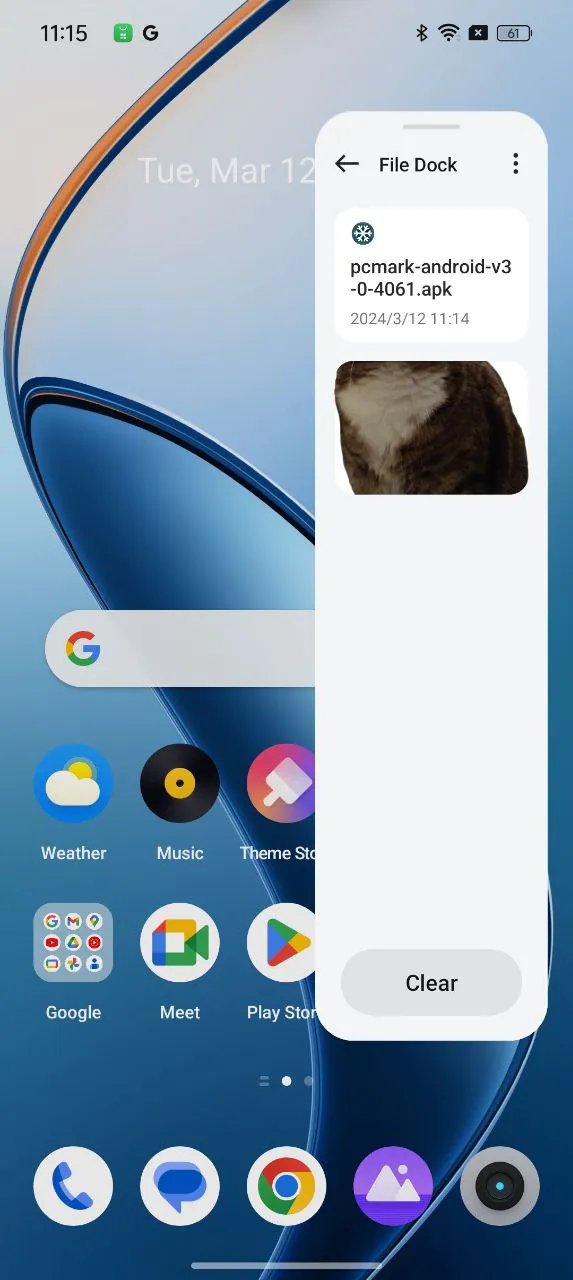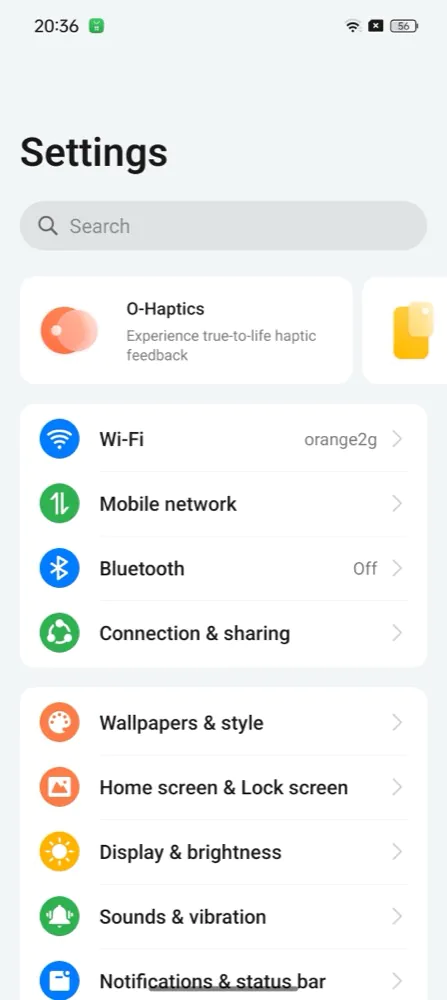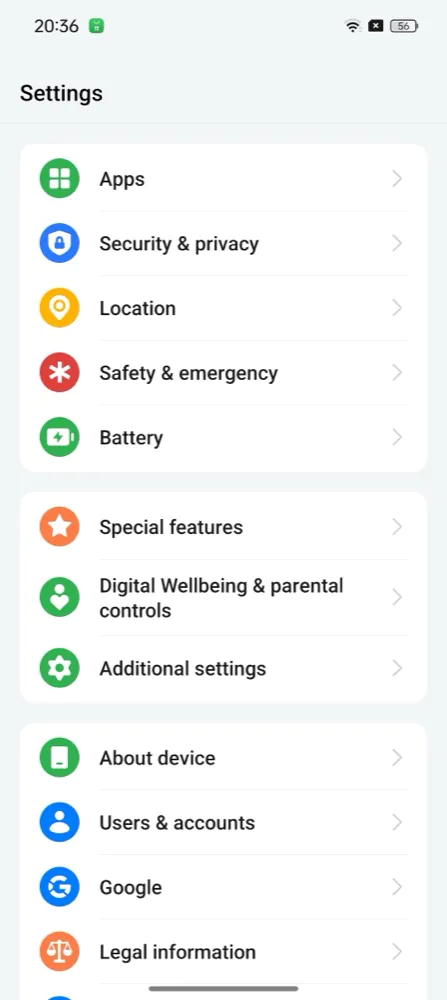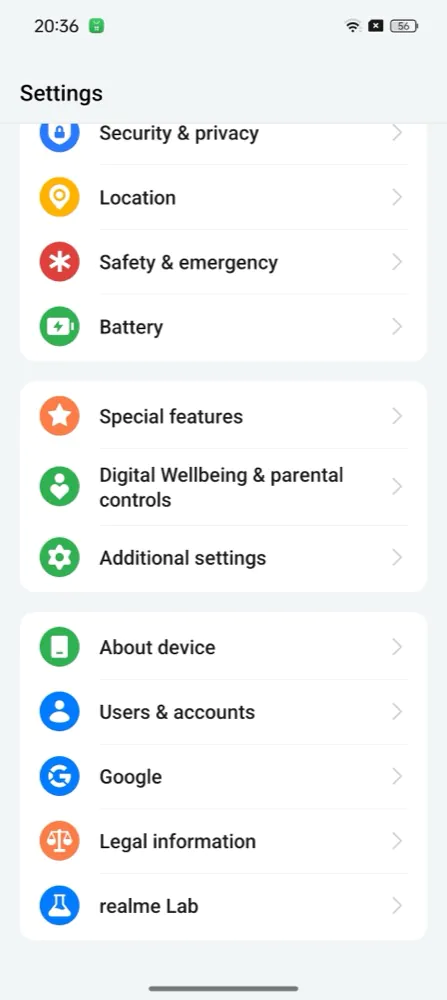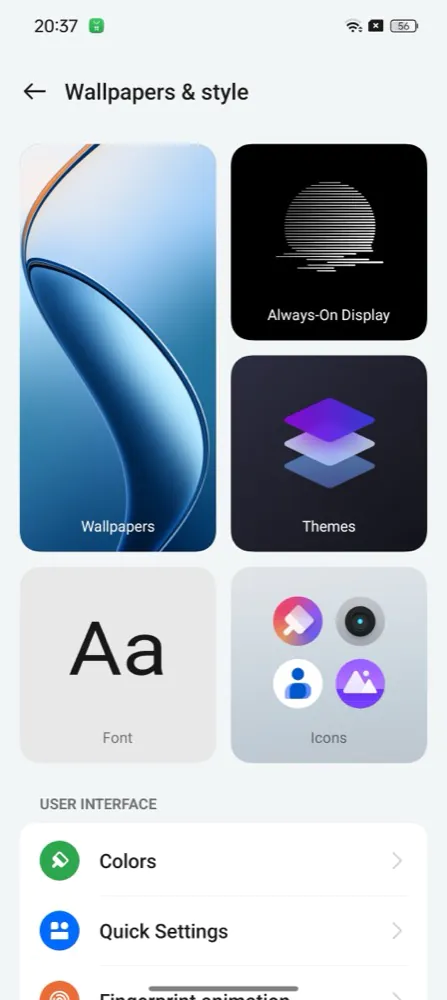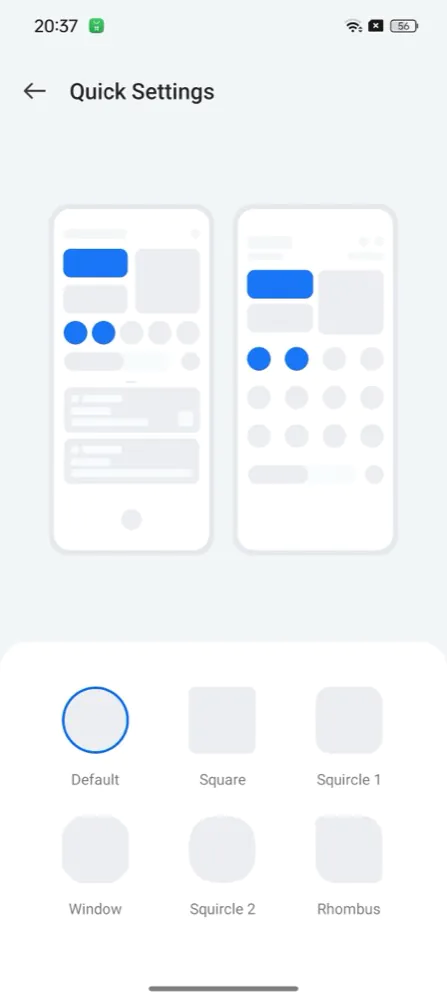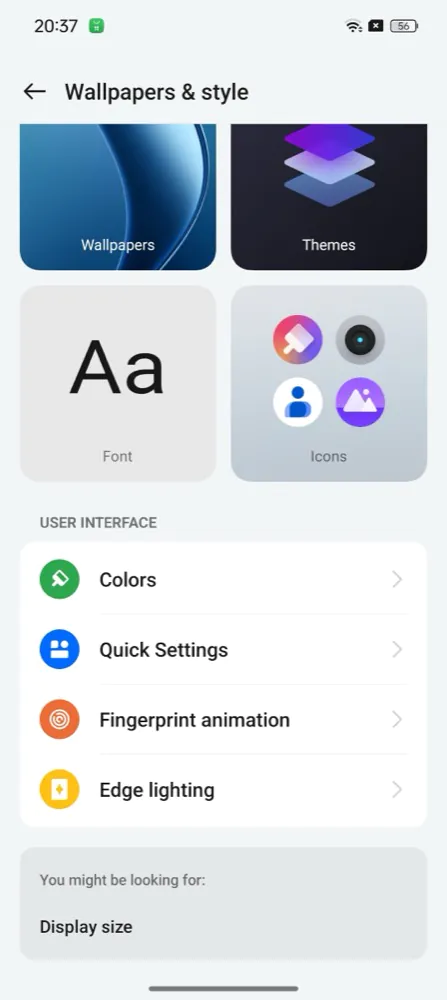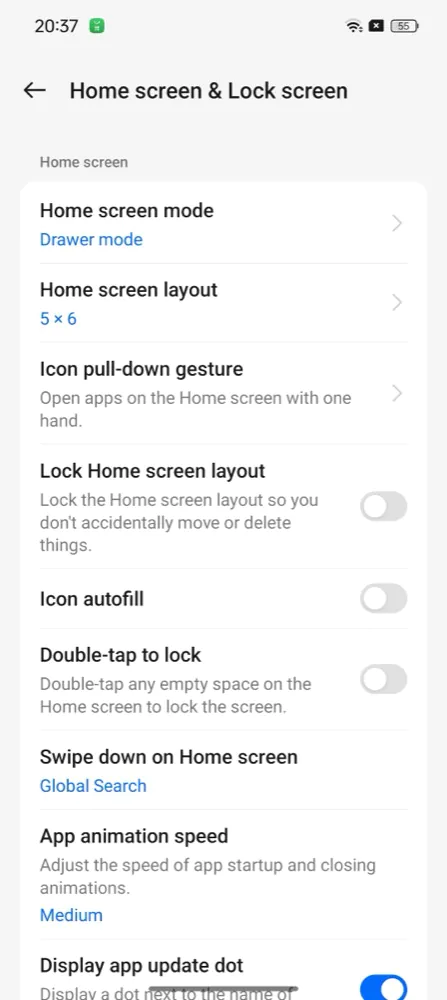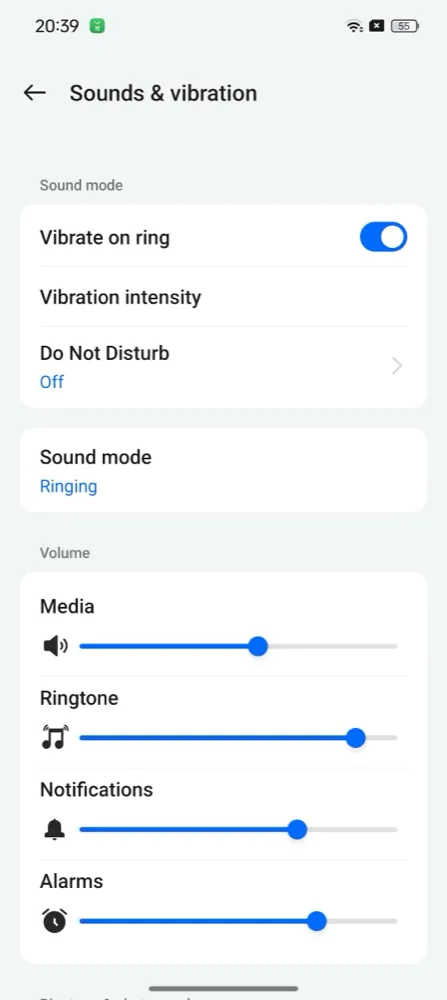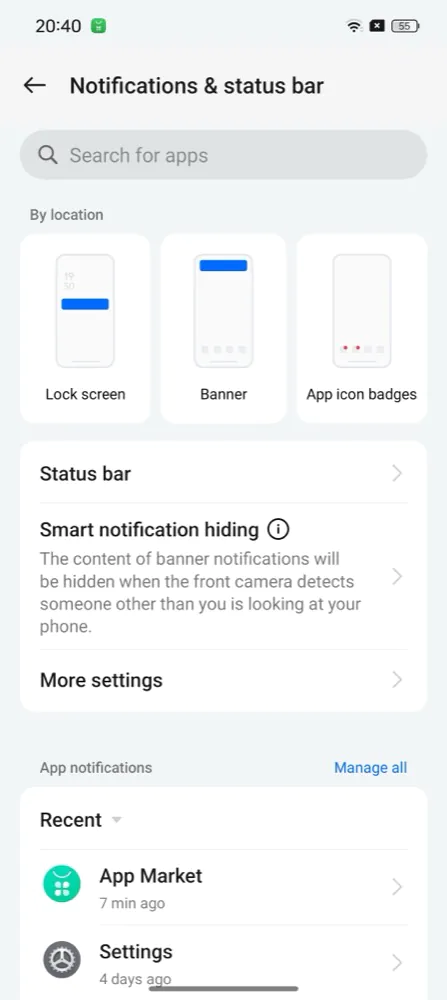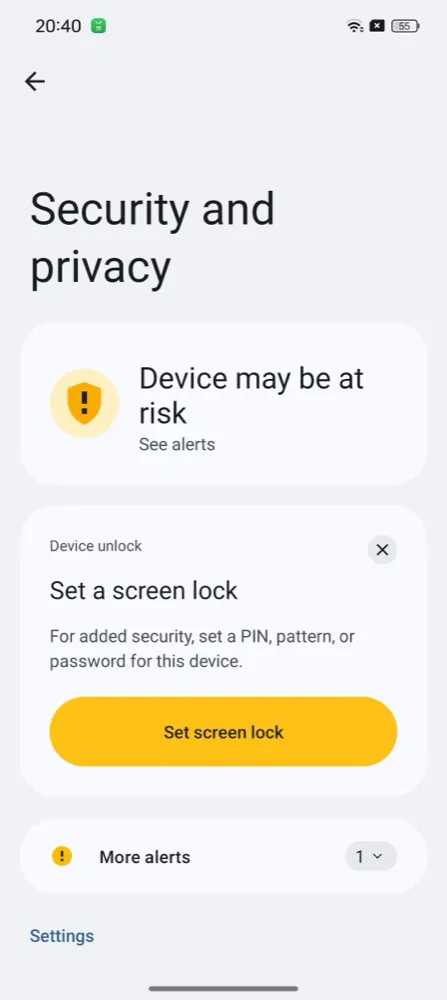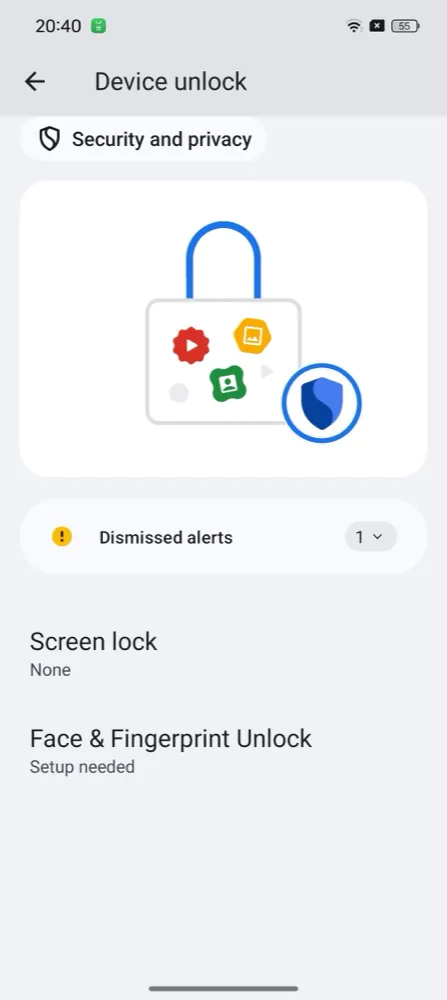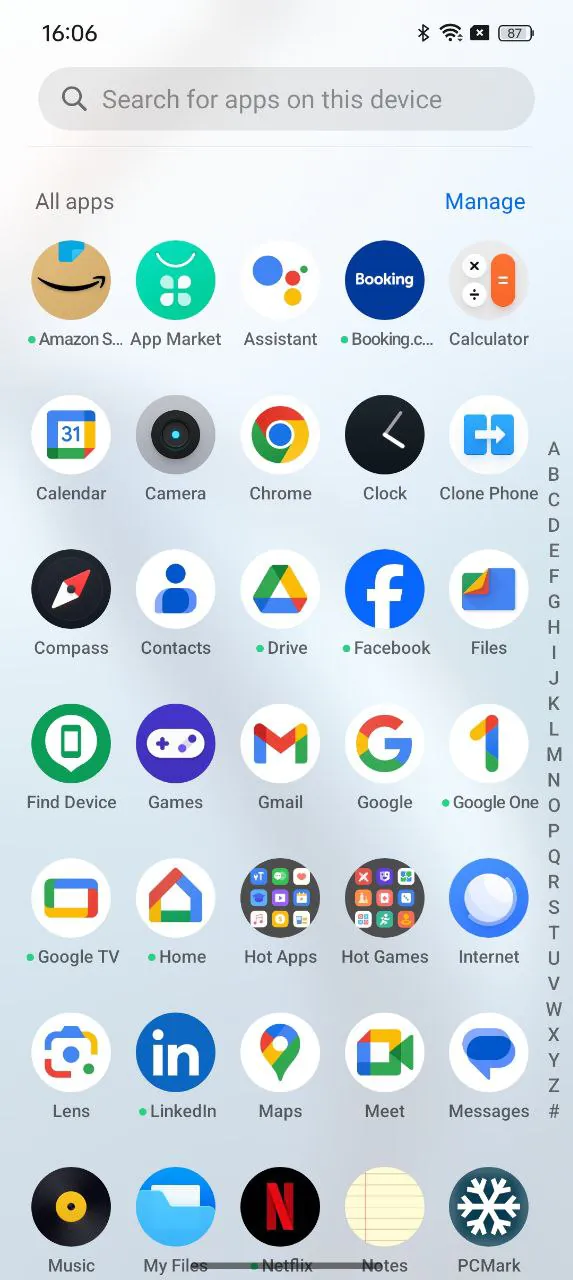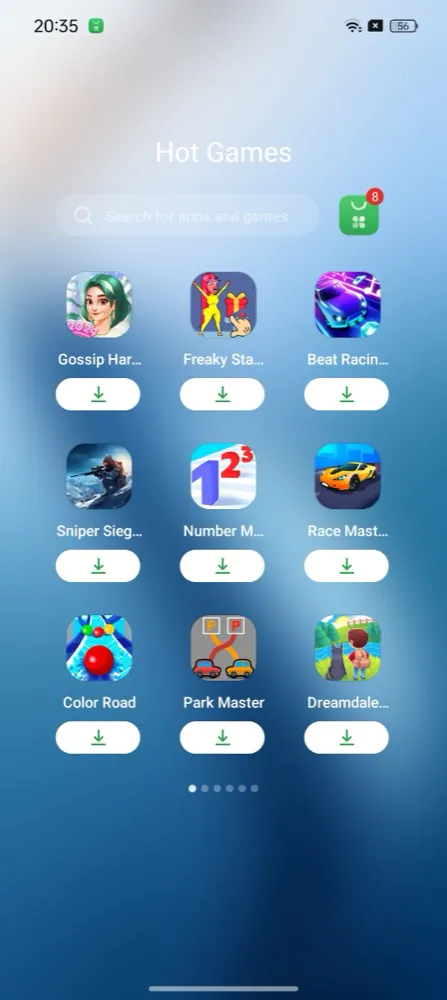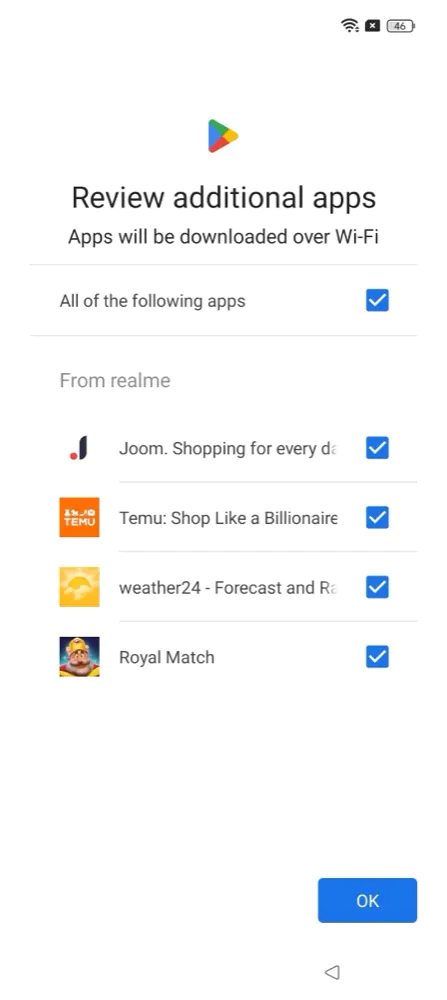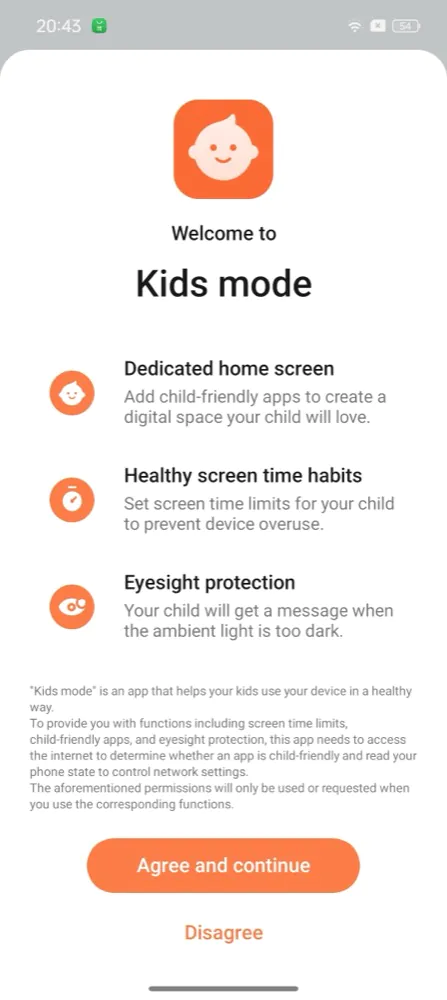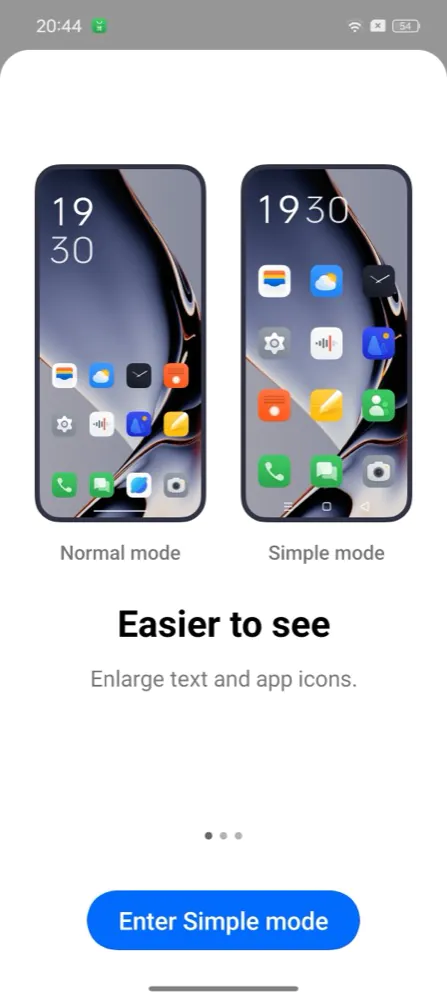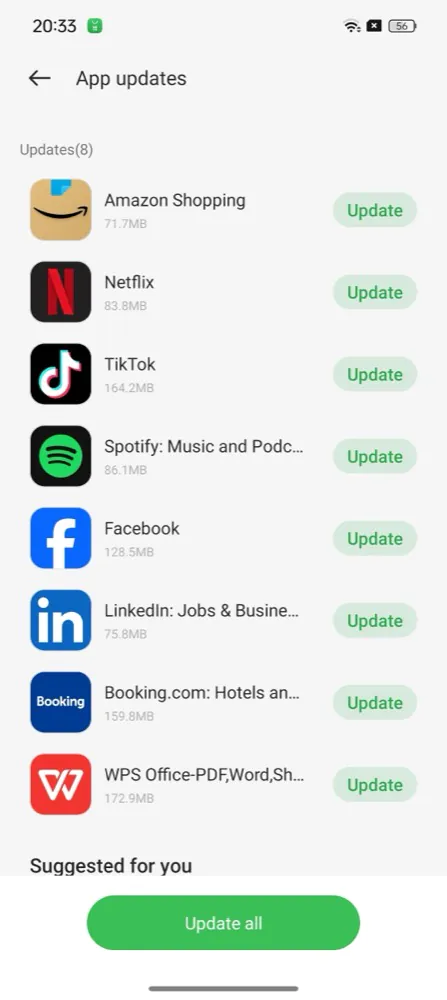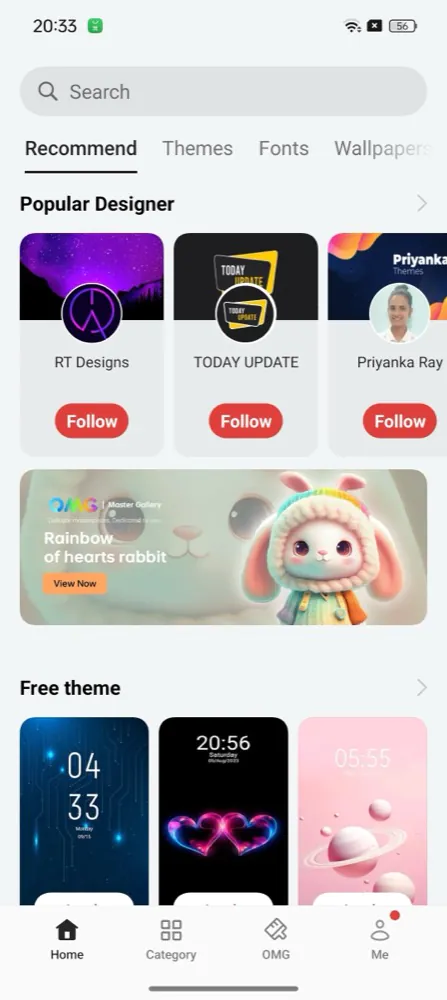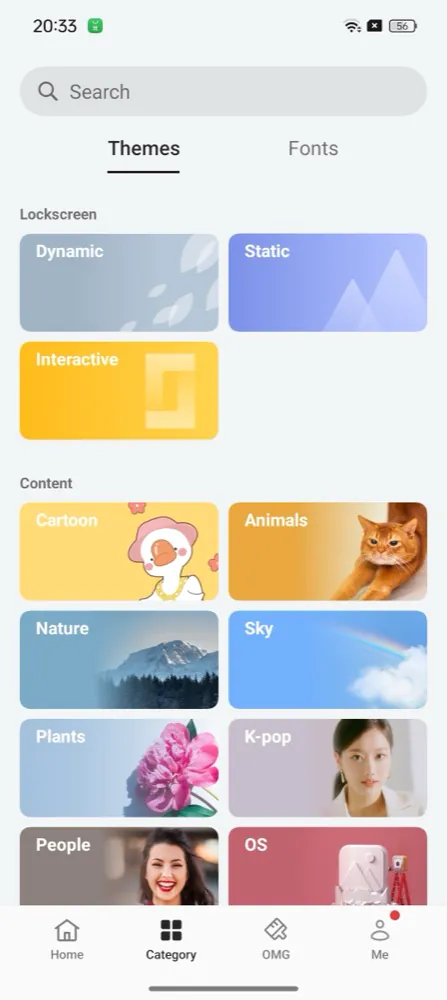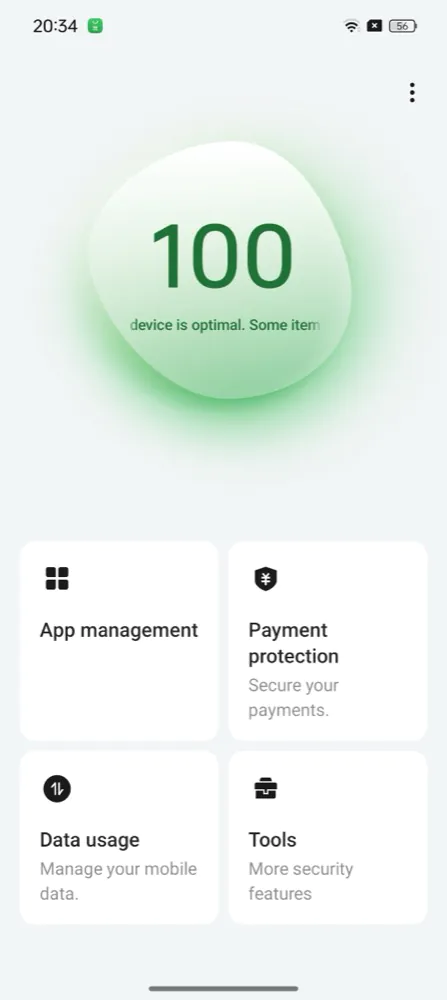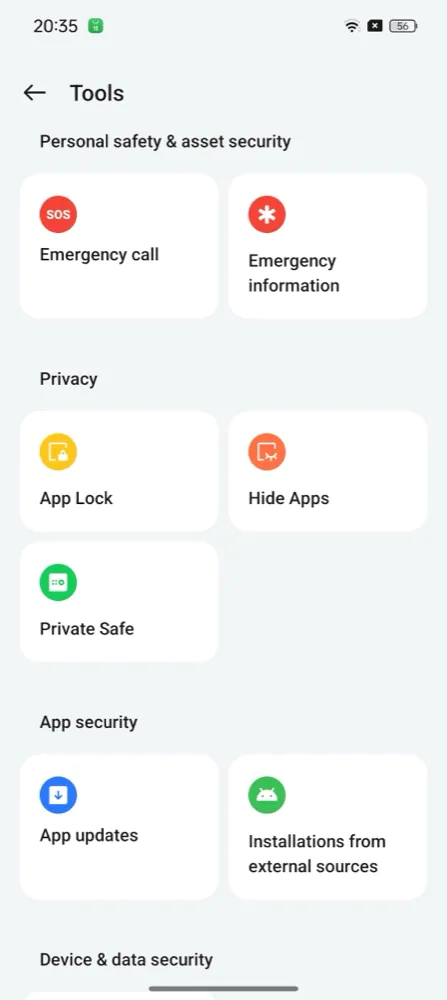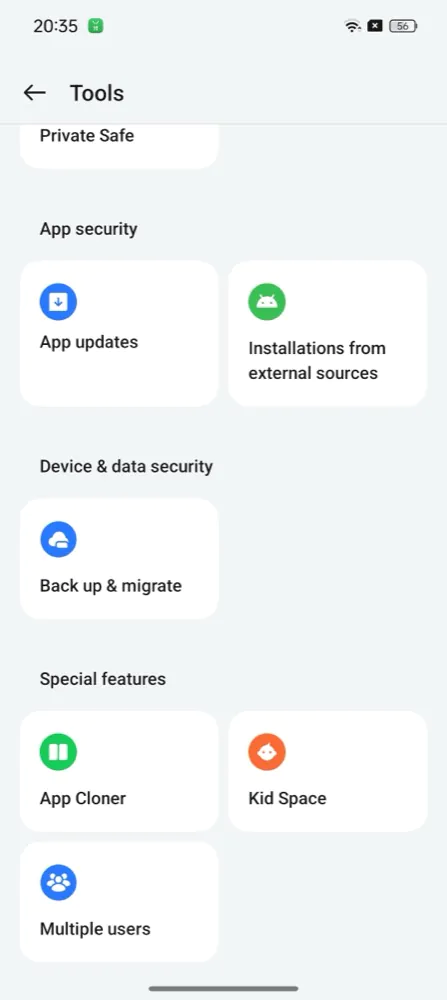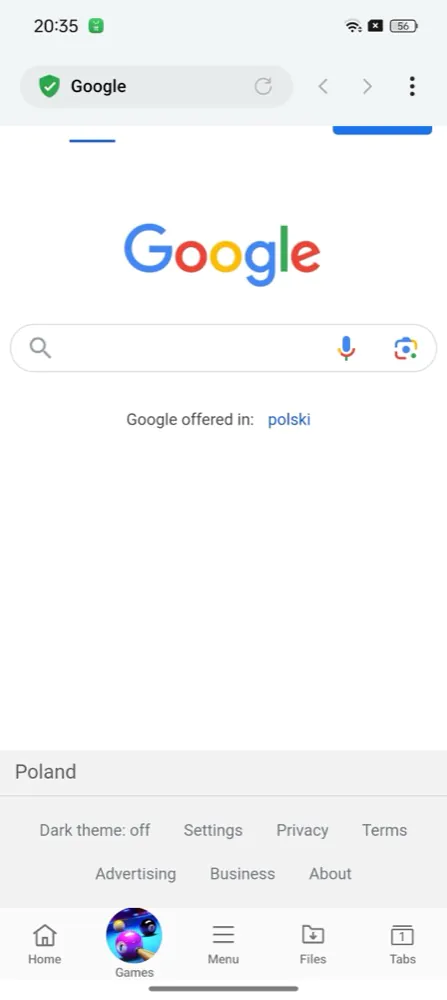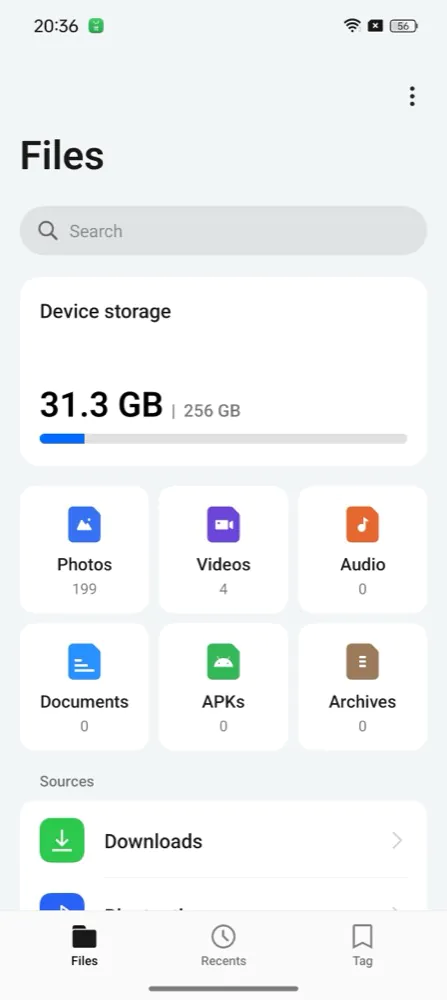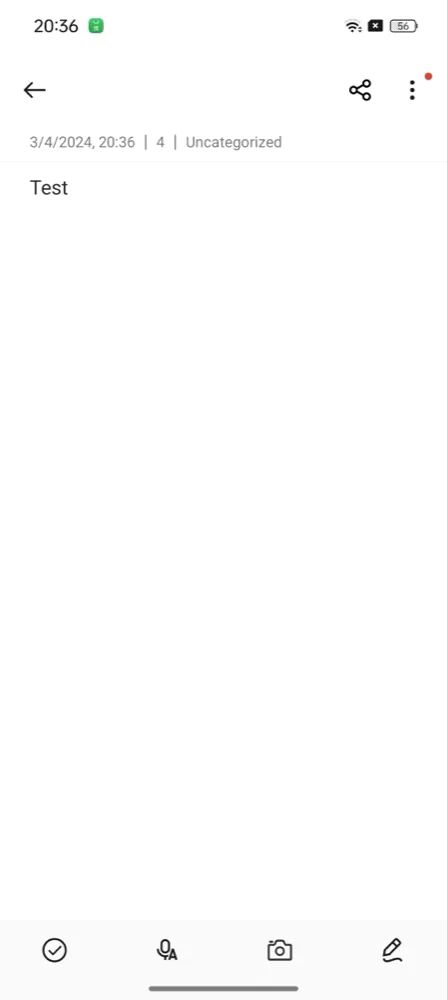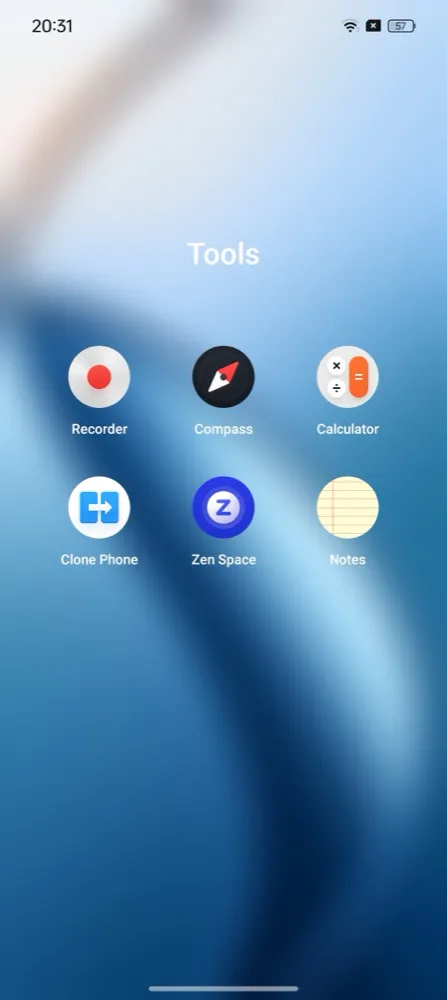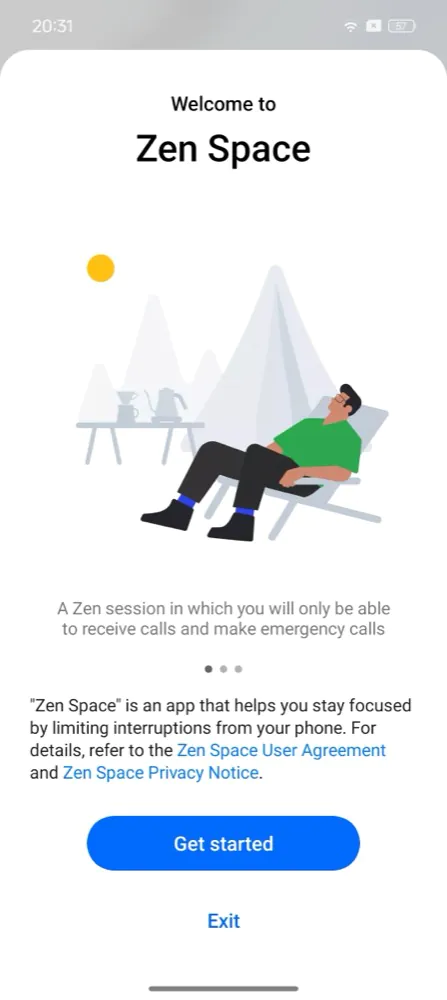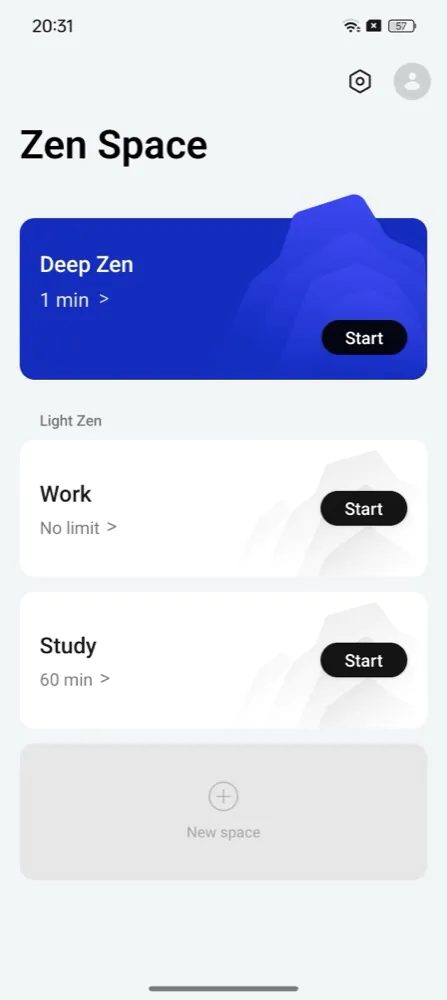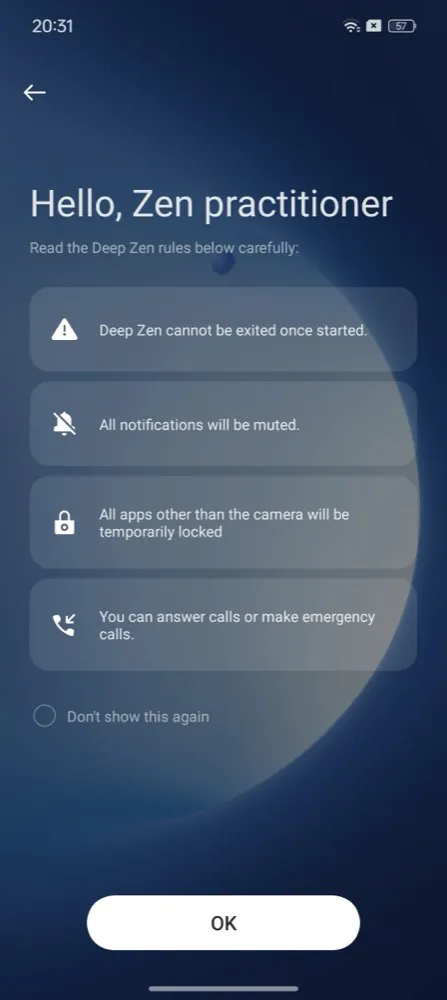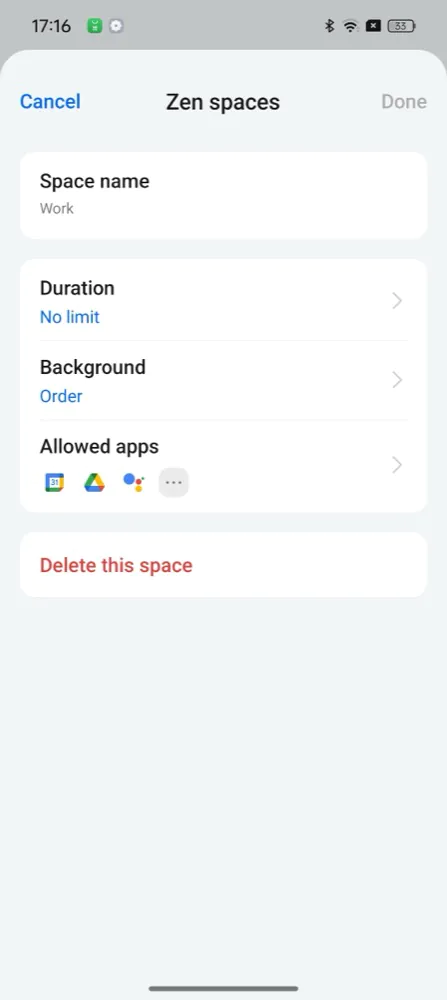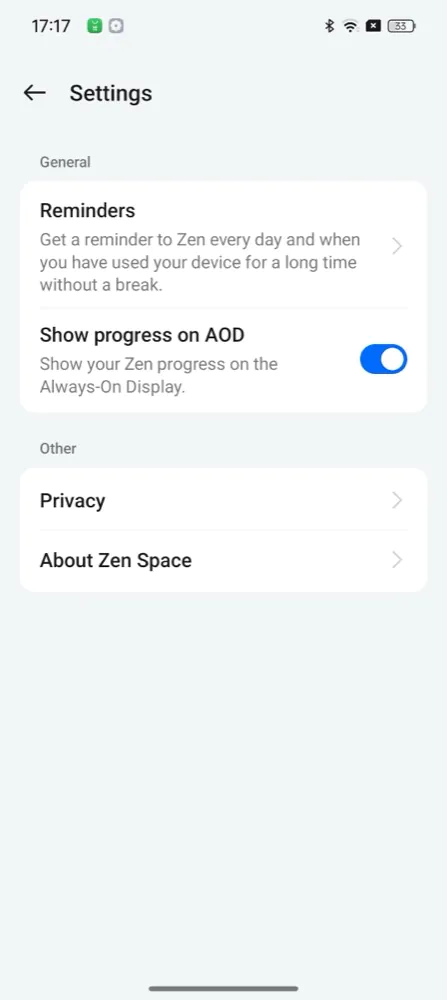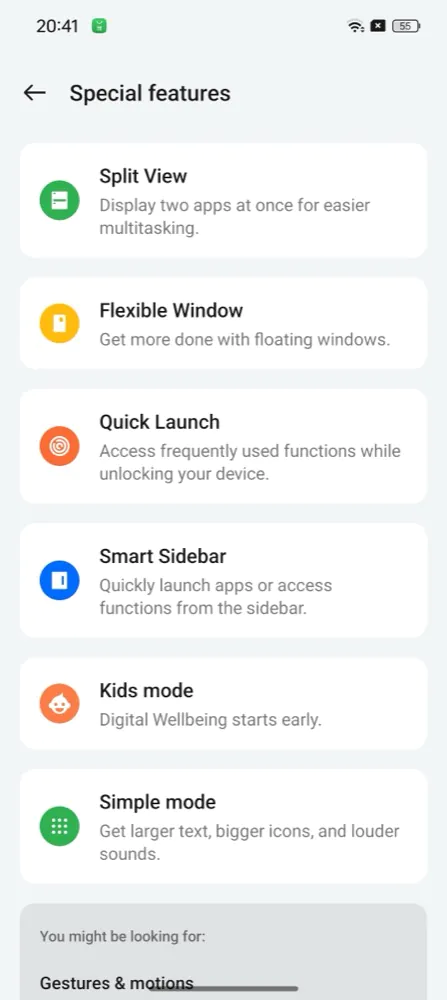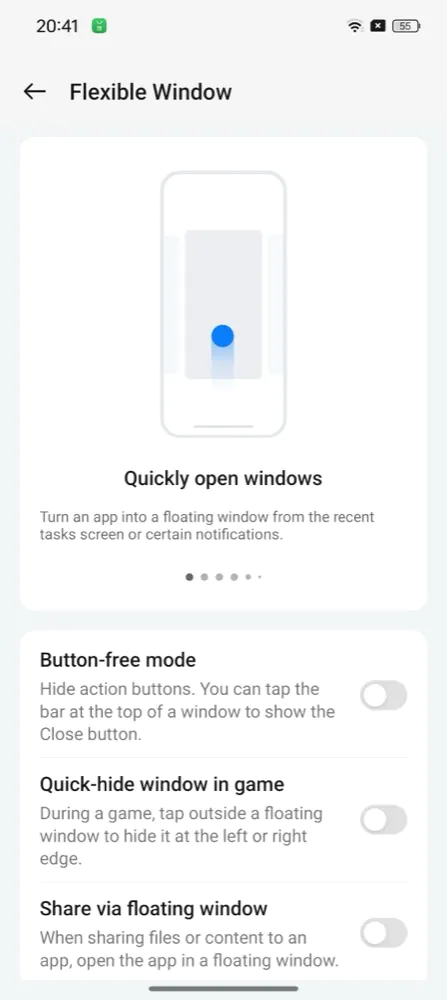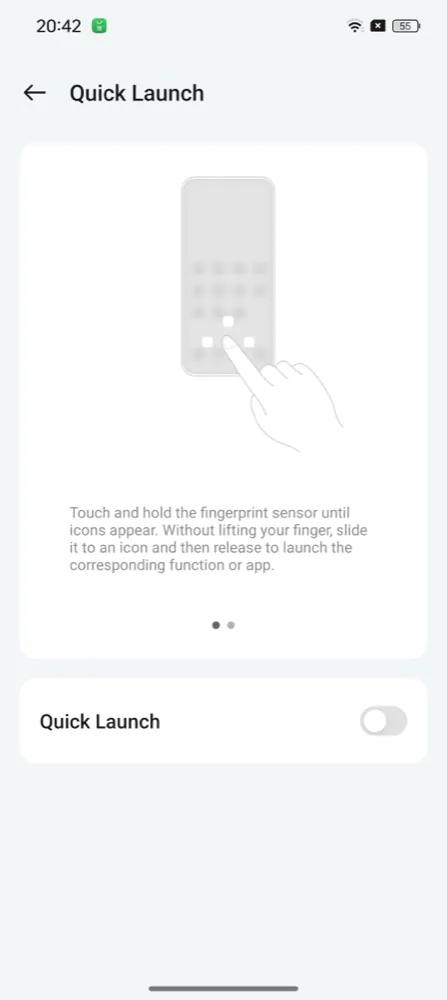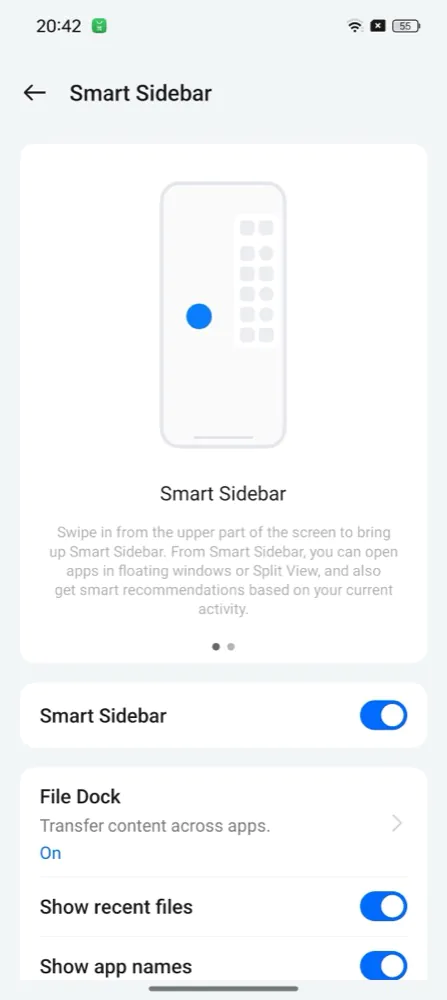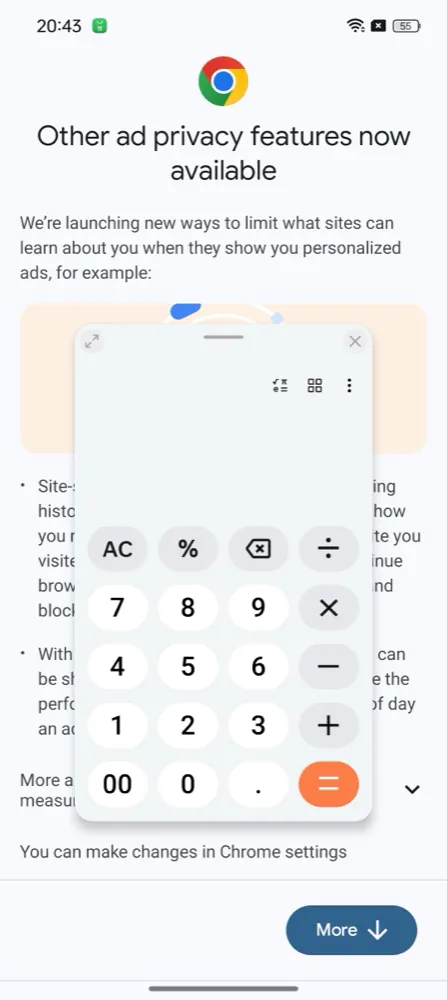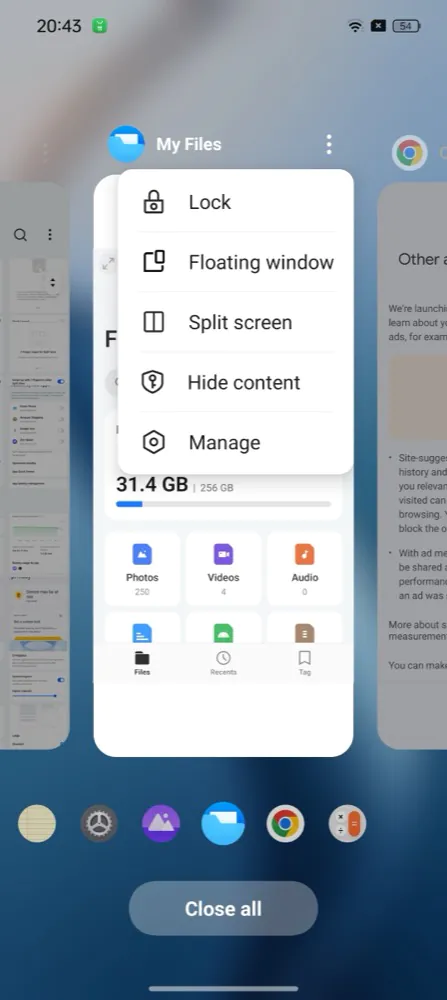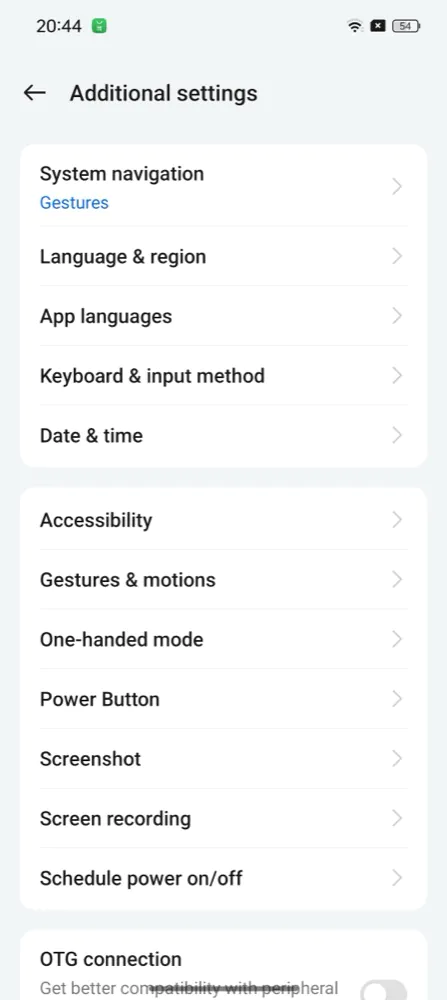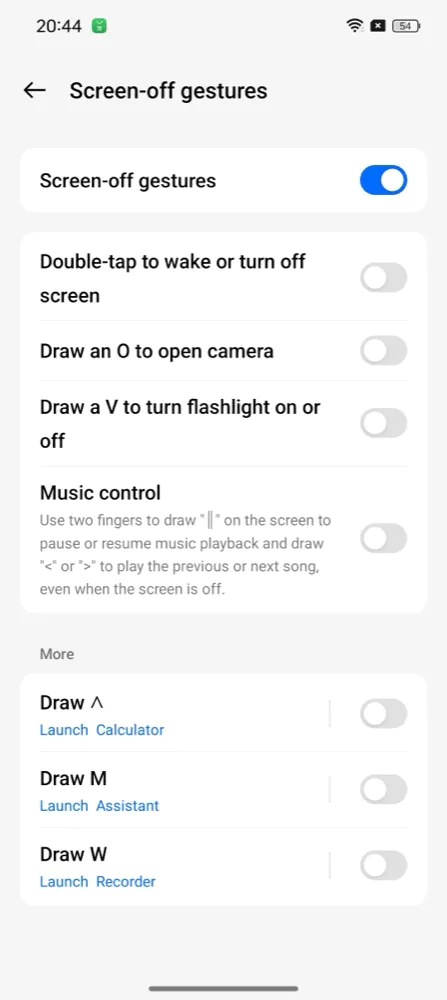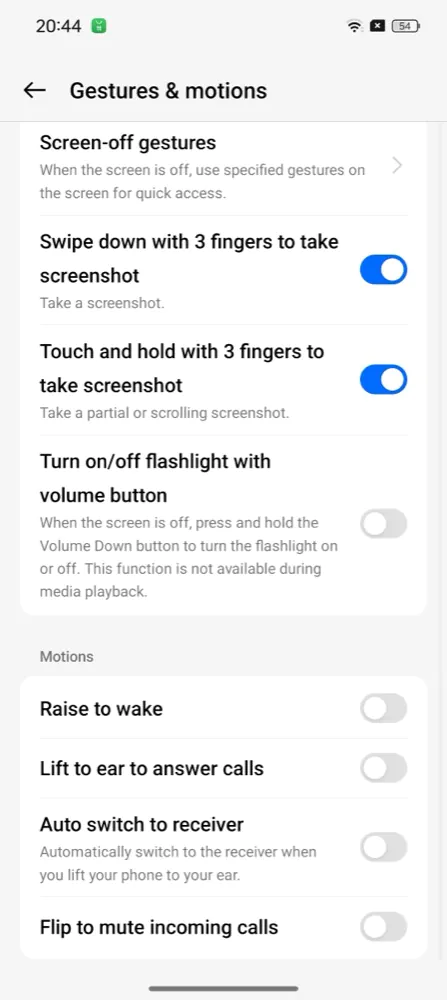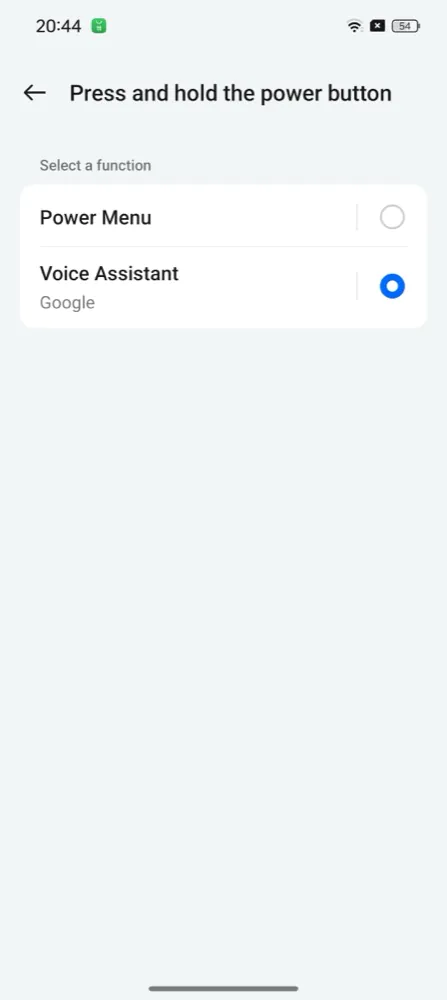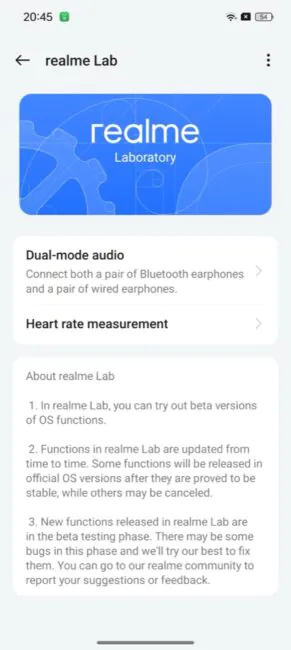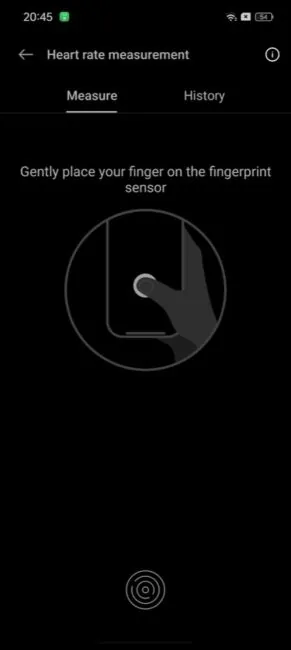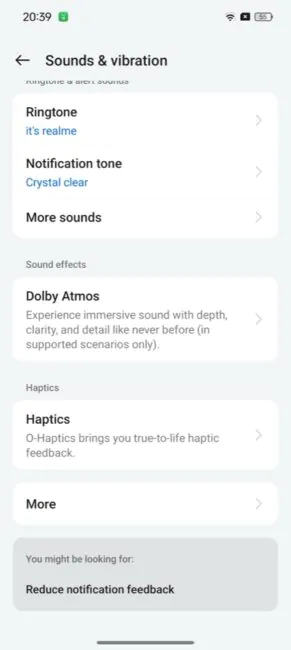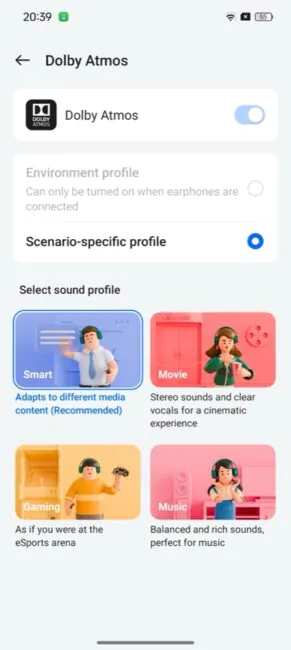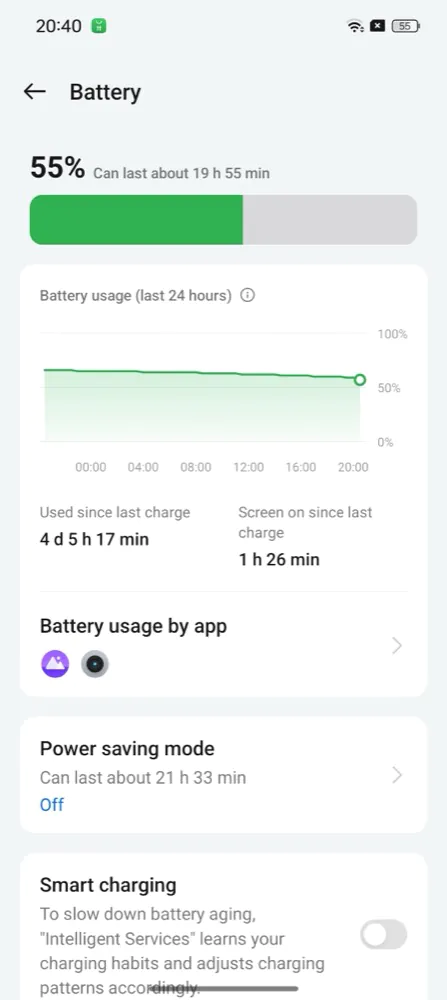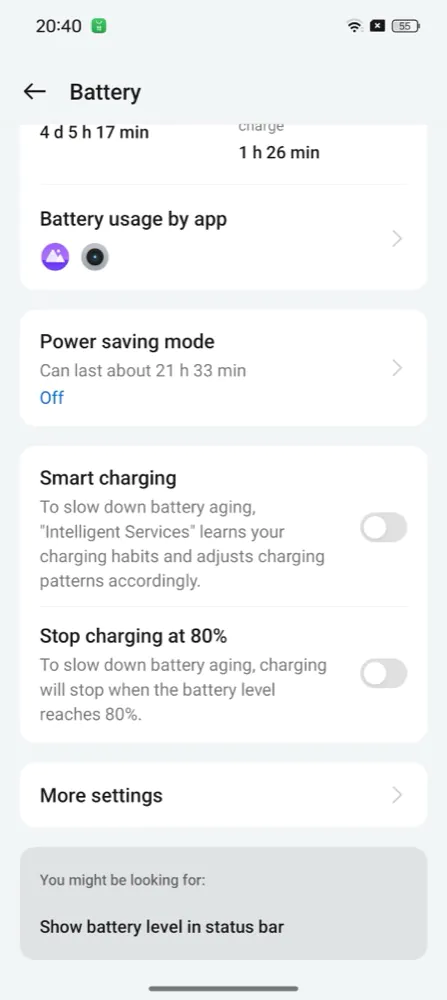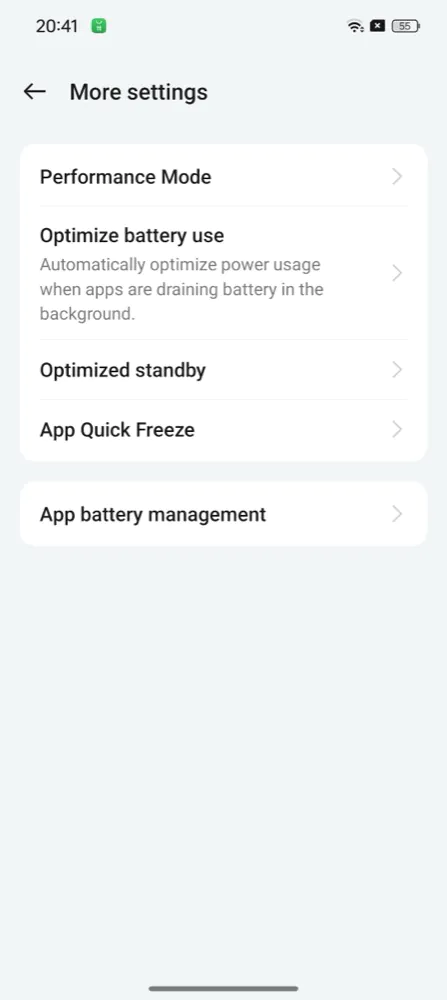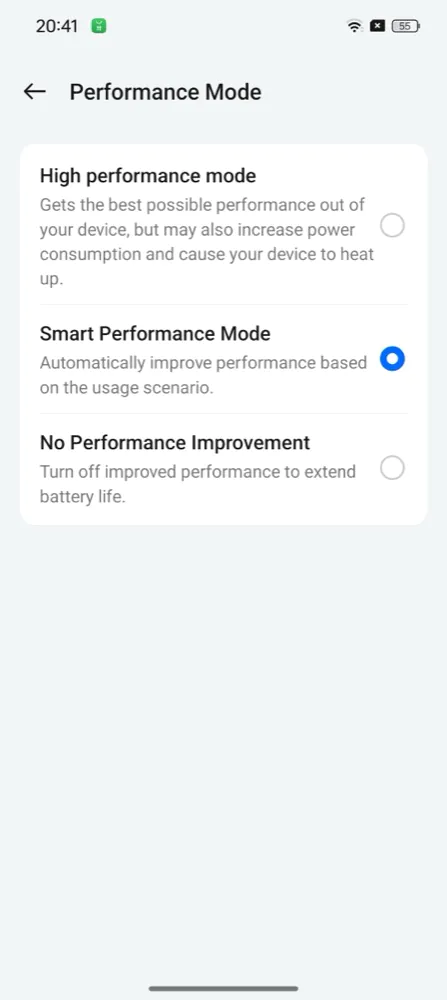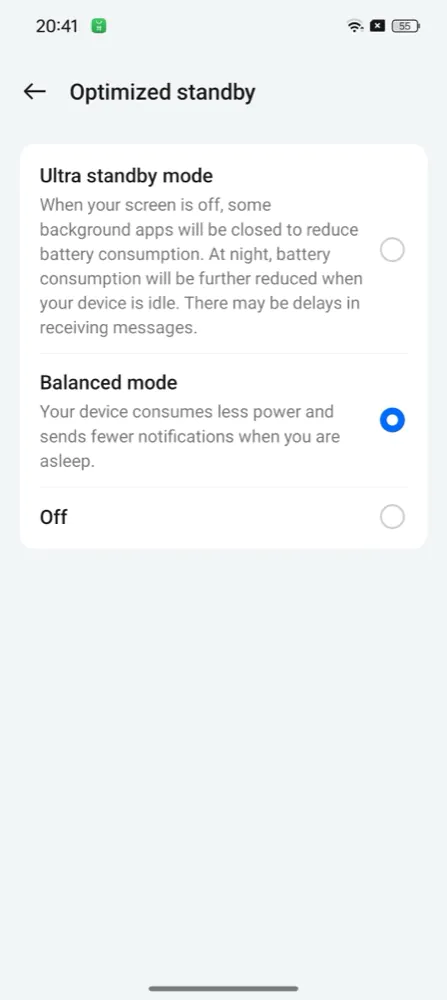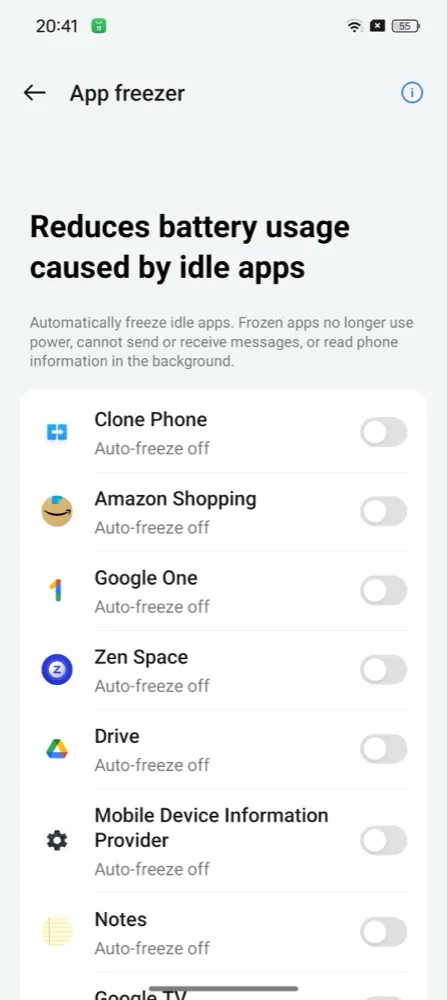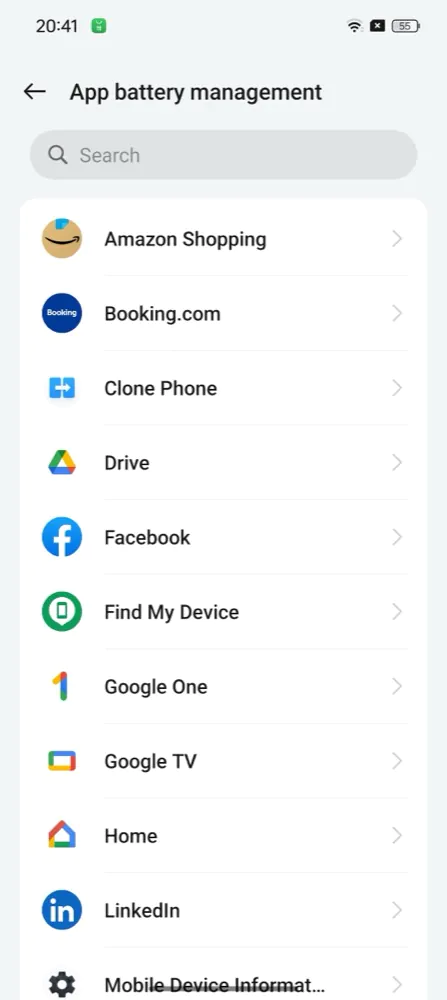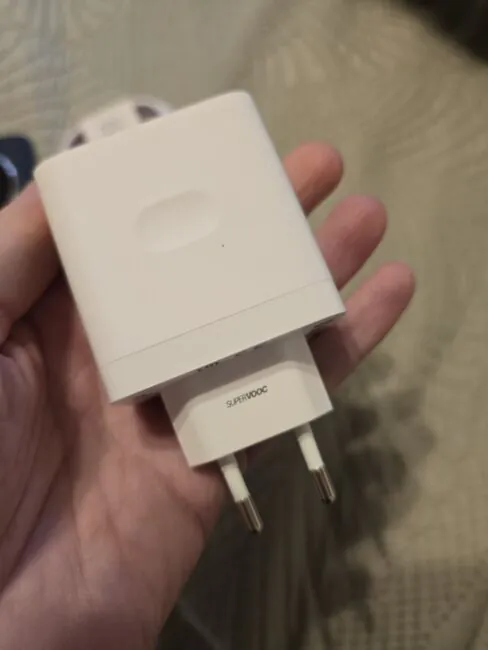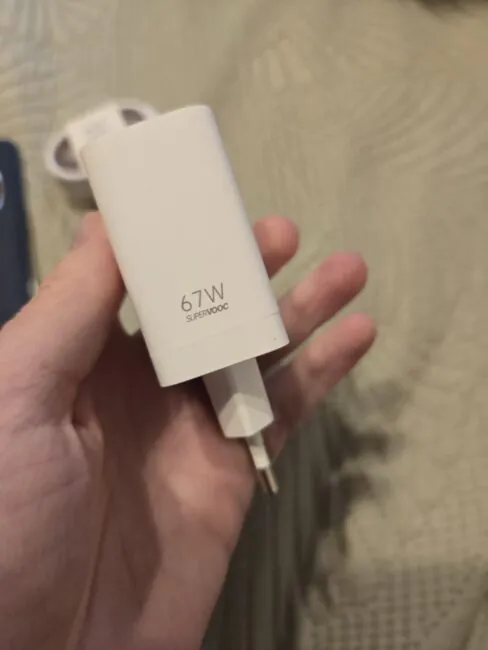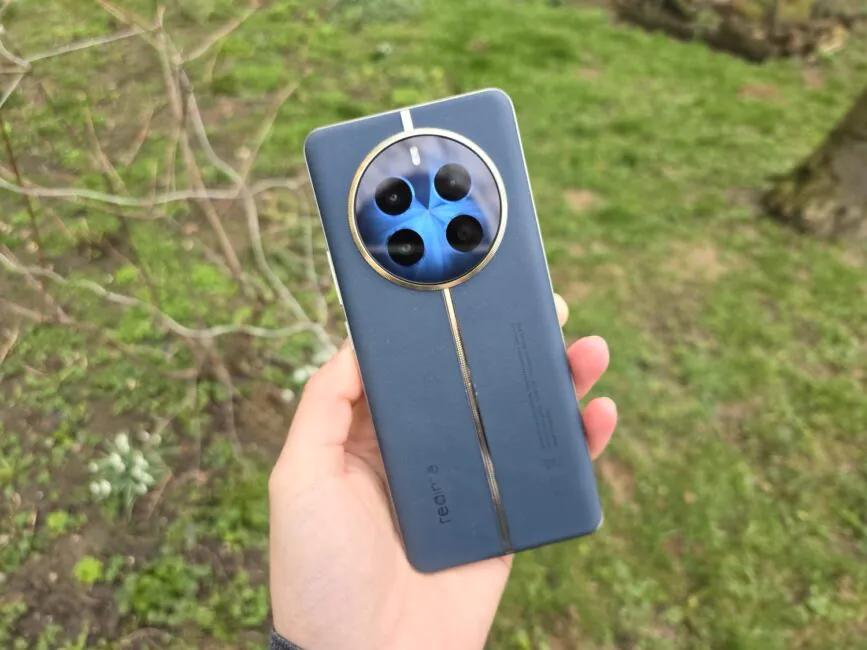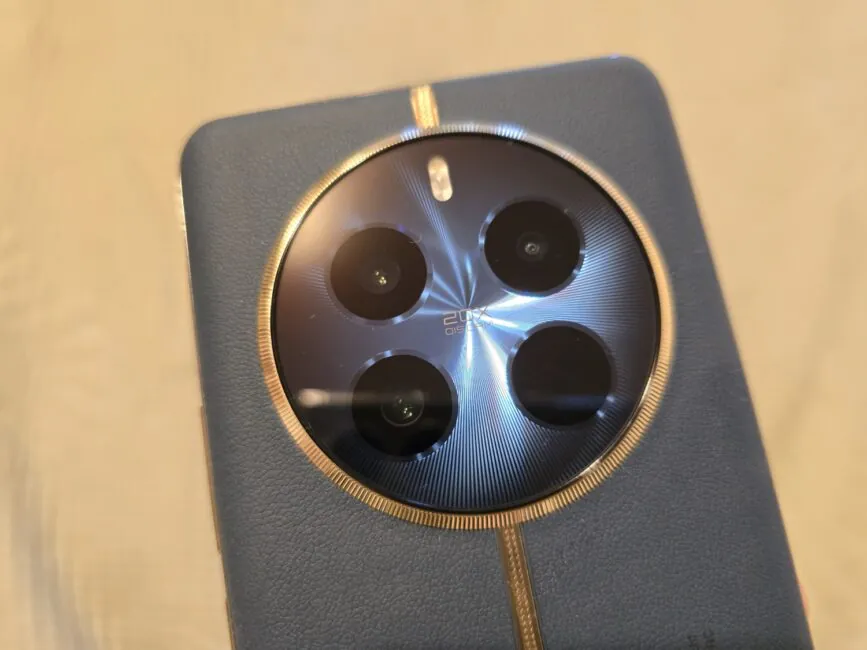© ROOT-NATION.com - Use of content is permitted with a backlink.
The smartphone lineup at realme is extensive but not overwhelming, and yet it remains clear. For instance, every year, there is a pair of “numbered” flagships with the “Pro” suffix. In 2024, these are the realme 12 Pro and realme 12 Pro+. We already have a review of the realme 12 Pro+, so let’s take a closer look at the regular realme 12 Pro.
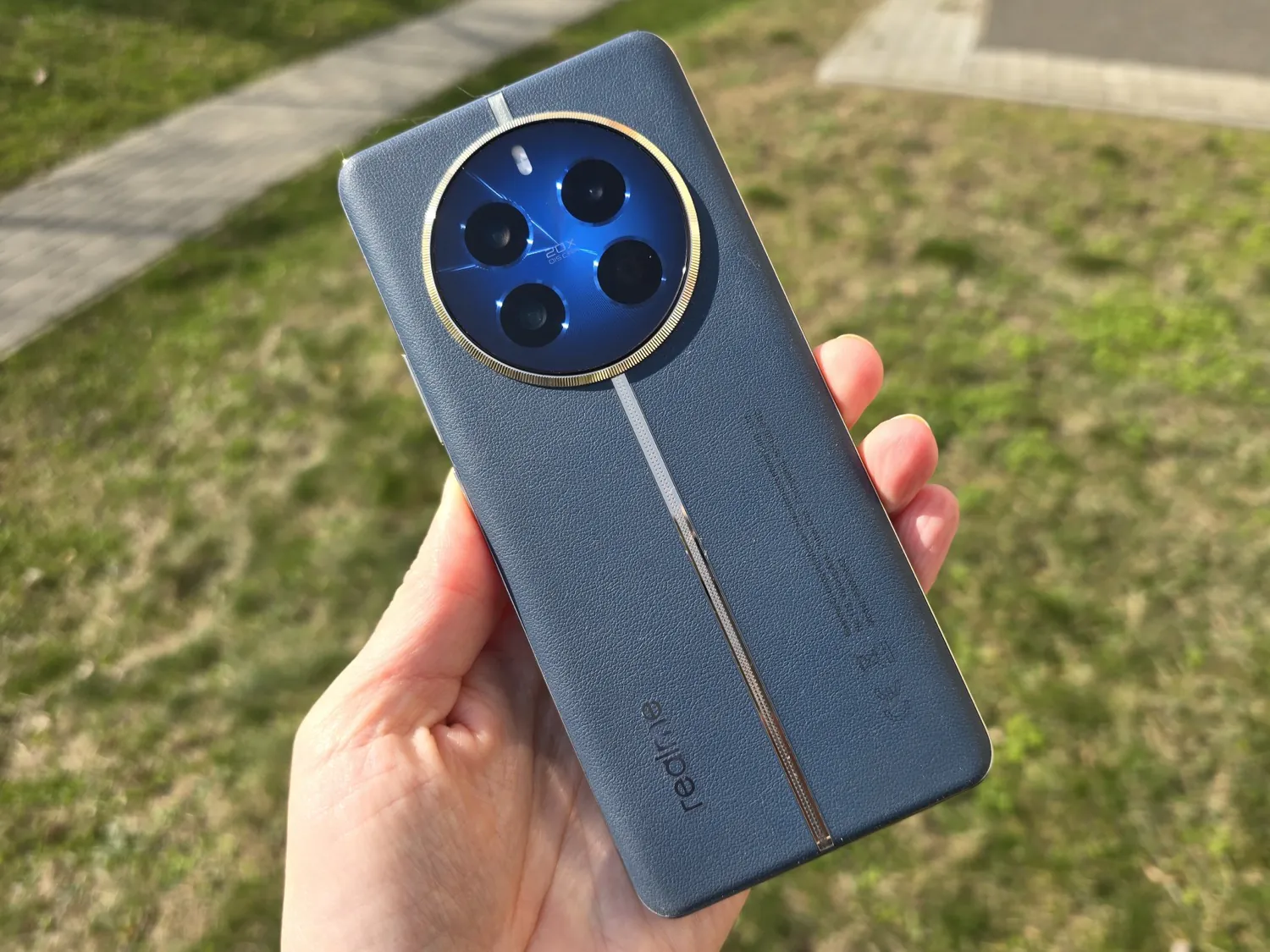
Read also: Realme 12 Pro Plus 5G Review: Created for Success
Positioning and price
First and foremost, let’s clarify the differences between the realme 12 Pro+ and the realme 12 Pro. And there aren’t many! In the model without the “+” suffix, there’s the Qualcomm Snapdragon 6 Gen 1 processor, while in the “+” variant, there’s a slightly more powerful Snapdragon 7s Gen 2. Additionally, the “younger” model has a weaker camera setup and lacks a periscope lens. That’s basically it. In European markets, there are also differences in memory options. In Ukraine, the 12 Pro is available in 8/256 GB and 12/512 GB versions, just like the Pro+. On the global market, the “plus” version is available in beige-gold, dark blue, and burgundy colors.
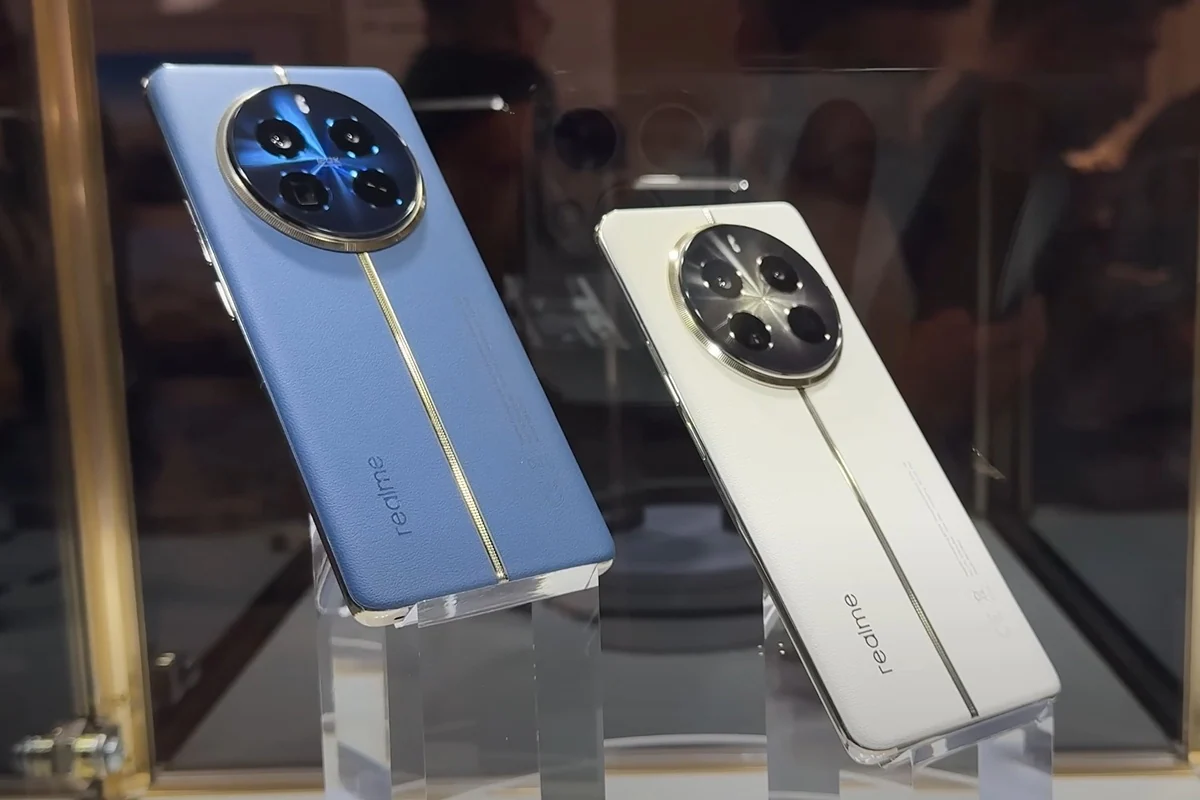
The new models have replaced last year’s realme 11 Pro and realme 11 Pro+. What has changed? Not much. Water resistance has been added, but only the basic IP65 rating. Instead of the MediaTek processor, there’s now the more renowned Qualcomm SM6450 Snapdragon 6 Gen 1. More renowned, yes, but is it more powerful? Judging from tests, it seems to be the opposite. As for the cameras, there have been significant changes. Previously, there was a 100 MP main module and an unnecessary depth sensor. Now, the camera setup is more useful and versatile, with a 50 MP main sensor (less, but we know it’s not just about numbers), a telephoto lens providing 2x zoom without loss of quality, and a wide-angle module. That’s about it for the differences.
The realme 12 Pro can be purchased for $410 for the 8/256 GB version, while the 12/512 GB configuration will cost approximately $460. This is around the same price as the realme 11 Pro a year ago.
realme 12 Pro specifications
- Display: 6.7″ AMOLED with a refresh rate of 120 Hz, density of 394 ppi, brightness up to 950 nits
- Chipset: Qualcomm SM6450 Snapdragon 6 Gen 1, 4nm, 4×2.2 GHz Cortex-A78 and 4×1.8 GHz Cortex-A55, Adreno 710 GPU
- Memory: 8/256 GB, 12/256 GB, 12/512 GB
- Data transfer: 5G, DualSIM, Wi-Fi 6, Bluetooth 5.2, navigation (GPS, GLONASS, BDS, GALILEO), USB-C 2.0, NFC
- Cameras:
- Main: 50 MP, f/1.8, 26mm, 1/2.0″, PDAF, OIS, video recording 4K@30fps / 1080p@30/60/120fps with EIS
- Telephoto: 32 MP, f/2.0, 47mm, 1/2.75″, PDAF, OIS, 2x optical zoom
- Wide-angle: 8 MP, f/2.2, 16mm, 112˚, 1/4.0″, 1.12µm
- Front Camera: 16 MP, 24mm, f/2.4.
- Battery: 5000 mAh, 67W charging
- Sound: Stereo, 24-bit/192 kHz Hi-Res audio
- Operating System: Android 14 with realme UI 5.0
- Dimensions and Weight: 161.5×74.0×8.8 mm, 190 g
- Additional: IP65 protection, accelerometer, in-screen fingerprint scanner, gravity sensor, magnetometer.
Read also: Realme 11 Pro review: A mid-ranger that looks like a flagship
Complete set
In the box, you’ll find the smartphone, a USB-A to USB-C cable, a silicone case, a SIM card tray ejector tool, and documentation. A protective film is already applied to the smartphone’s screen.
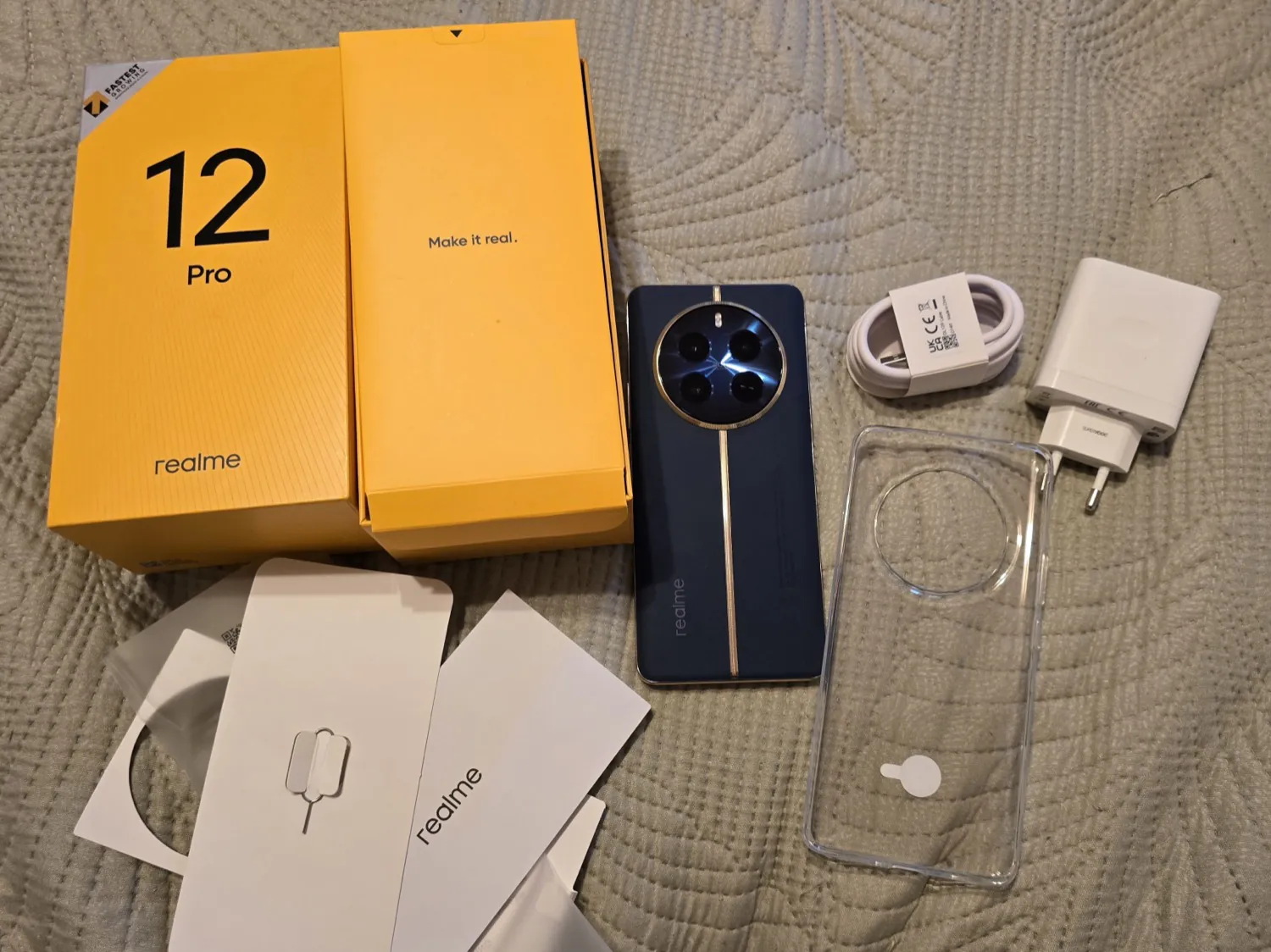 The case is rather basic and likely to yellow quickly, making the phone less appealing and somewhat cheapening its appearance.
The case is rather basic and likely to yellow quickly, making the phone less appealing and somewhat cheapening its appearance.
realme 12 Pro design
The realme 12 Pro and Pro+ look absolutely identical. We’ve extensively covered the design in the Pro+ review, so we won’t repeat ourselves too much.

The device’s style is practically the same as last year’s version, with some slight changes in the camera layout. Otherwise, we have the same rounded edges of the screen and back panel, eco-leather on the back, cameras in a huge circular block, and a glossy strip dividing the back panel.
A year ago, realme announced that the design of the phone was aided by Italian Matteo Menotti, who had worked with Gucci. Now, they claim that Swiss watchmaker Olivier Savio worked on the smartphone.

From what it seems, the renowned Swiss designer focused solely on the camera module’s appearance. The ring has a textured structure, partially resembling elements found in luxury watches.
By the way, a year ago, there was still a “regular” model with a plastic back panel. Now it’s all about premium, only vegan leather. Some may criticize the design for its “flashiness” – gold accents, gloss, leather. But it’s all a matter of taste. In any case, the realme 12 Pro stands out from the rest.
We tested the realme 12 Pro+ in the beige variant, while the standard Pro, as you can see, is blue. Both look good, although the beige one may appear more sleek. However, realme claims that the coating has low surface tension and hydrophobic properties, capable of dealing with 30 different types of stains.
I don’t remember what that tension is (I had a low grade in physics at school), but from my experience, I can say that the back panel is very “grippy” to the touch, almost sticky. It’s difficult to drop the phone as it seems to stick to your palm. This is a plus, but there is also a downside – dust particles, hairs, and skin flakes tend to stick to the panel. Moreover, they are particularly noticeable on the dark blue model, while on the beige one, they are hardly visible (my colleague who tested the realme 12 Pro+ didn’t complain about this).
The phone is slim, not too heavy, and thanks to the rounded edges of the screen and back panel, it fits comfortably in the hand.
The build quality is excellent. It features water resistance according to the IP65 standard. While the phone cannot be submerged in water, it can easily withstand splashes and raindrops.
Read also: Realme 11 Pro+ review: Truly extraordinary
Display
There are no differences not only from the older version, the realme 12 Pro+, but also from last year’s realme 11 Pro. It features a 6.7-inch AMOLED display with a Full HD+ resolution of 2412×1080 and a refresh rate of up to 120 Hz.
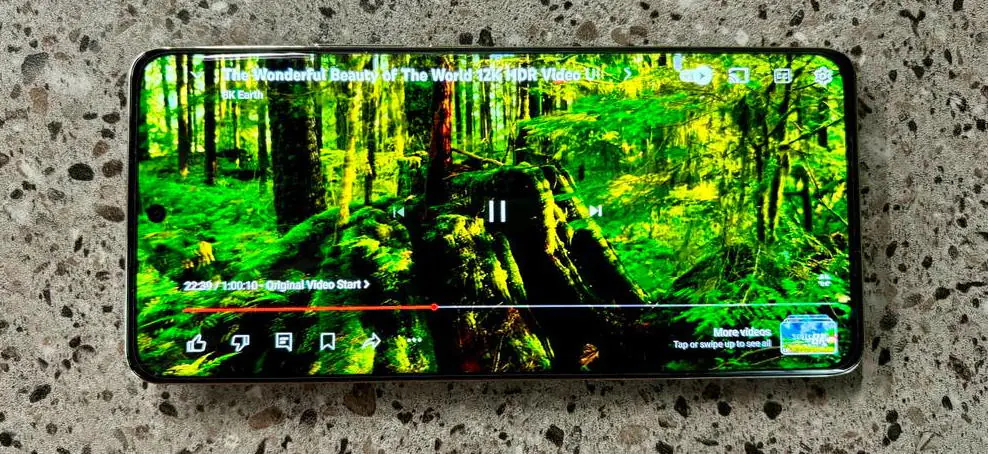 The brightness is standard, reaching up to 800 nits and peaking at 950 nits, which by today’s standards might be considered a bit low. In direct sunlight, the display tends to glare and fade.
The brightness is standard, reaching up to 800 nits and peaking at 950 nits, which by today’s standards might be considered a bit low. In direct sunlight, the display tends to glare and fade.
By default, the adaptive refresh rate is activated, adjusting based on the user’s activity, although third-party apps don’t go beyond 90 Hz. However, in the settings, you can switch between 60 Hz or 120 Hz, as well as other standard options.
The display offers excellent color reproduction, with 100% coverage of the DCI-P3 color gamut. You can choose from three color modes: “Vivid,” “Natural,” and “Pro” (plus two more profiles).
The display incorporates high-frequency brightness adjustment technology at 2160 Hz, eliminating PWM at minimum brightness levels. It is certified by TÜV Rheinland, ensuring minimal eye strain during prolonged usage.
It also supports AOD (Always-On Display), which can be extensively customized to show contextual information and notifications throughout the day or on a schedule.
The display of the realme 12 Pro features curved edges. Interestingly, while this used to be a distinguishing feature of flagships, many high-end phones are now moving away from it (take the Galaxy S24 Ultra, for example), while curved displays are becoming more common in mid-range devices. Personally, I have no issues with them, but they aren’t to everyone’s liking. Nevertheless, it’s undeniable that this design choice eliminates visible bezels, creating a sense of immersion in the display, and the phone feels more compact and easier to hold as a result.
The fingerprint scanner is integrated into the display, providing fast and flawless unlocking. There’s also face unlock (which works accurately even in low light), but personally, I find it more convenient to use the fingerprint sensor on the screen.
Overall, the screen is of high quality and pleasing to the eye, but considering the price, it could be more refined, with no changes from last year.
Read also: Realme C67 4G review: stereo sound, IP54 and battery life
Performance
The realme 12 Pro is powered by the Qualcomm Snapdragon 6 Gen 1 chipset. It’s a 4-nanometer chip released in September 2022, which isn’t particularly popular. Interestingly, the higher version realme 12 Pro+ features the Snapdragon 7s Gen 2 chip—not a revolutionary new generation, but rather an overclocked version of the same “six.”
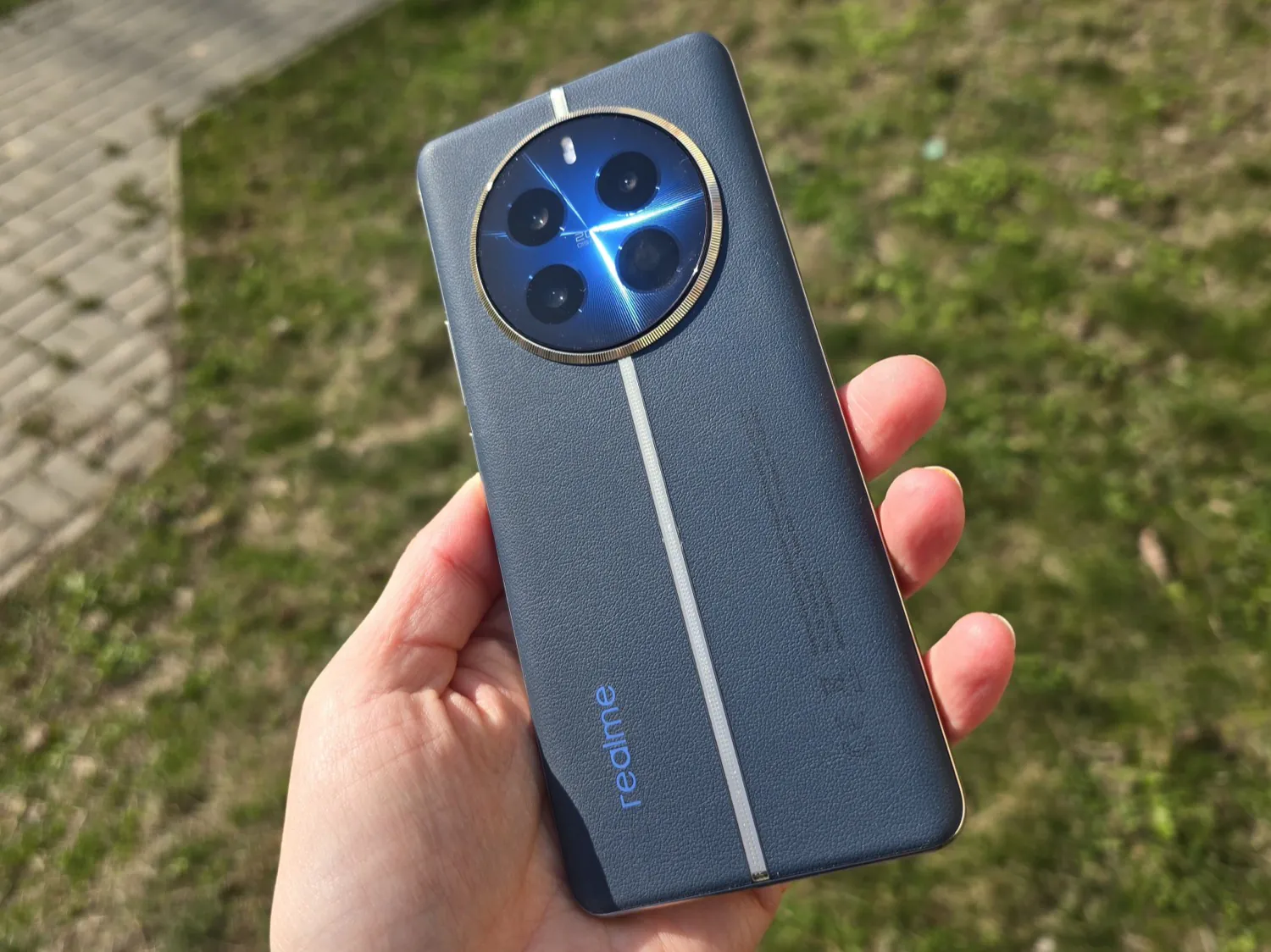
In Ukraine, the model is available in versions with 8/256 GB and 12/512 GB, but in other markets, there is also a 12/256 GB variant. This particular version was chosen for testing by our Polish editorial team. Having plenty of RAM is a good thing (you can even add virtual RAM from 4 to 8 GB). As for the 256 GB of storage, it will be enough for most users, but not for everyone, and there’s no option for expansion via a memory card, so perhaps it’s worth choosing the model with a 512 GB storage. Realme doesn’t specify the types of memory used, but since they’re not boasting about it, it seems that nothing has changed from last year, and we have the not-so-fast LPDDR4X and UFS 2.2.
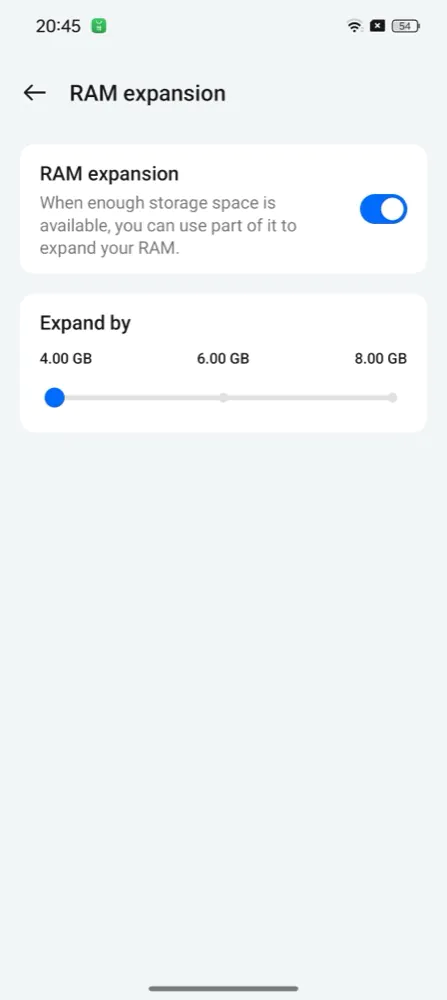
The phone isn’t blazing fast, but in regular use like launching apps, navigating menus, switching between applications, etc., it doesn’t lag behind the Pro+ version and models from competitors with faster processors. The difference might be noticeable in gaming and benchmarks. Games, however, will run smoothly, albeit with lower graphics settings. Overall, it’s a mid-range device that will satisfy most casual users just fine.
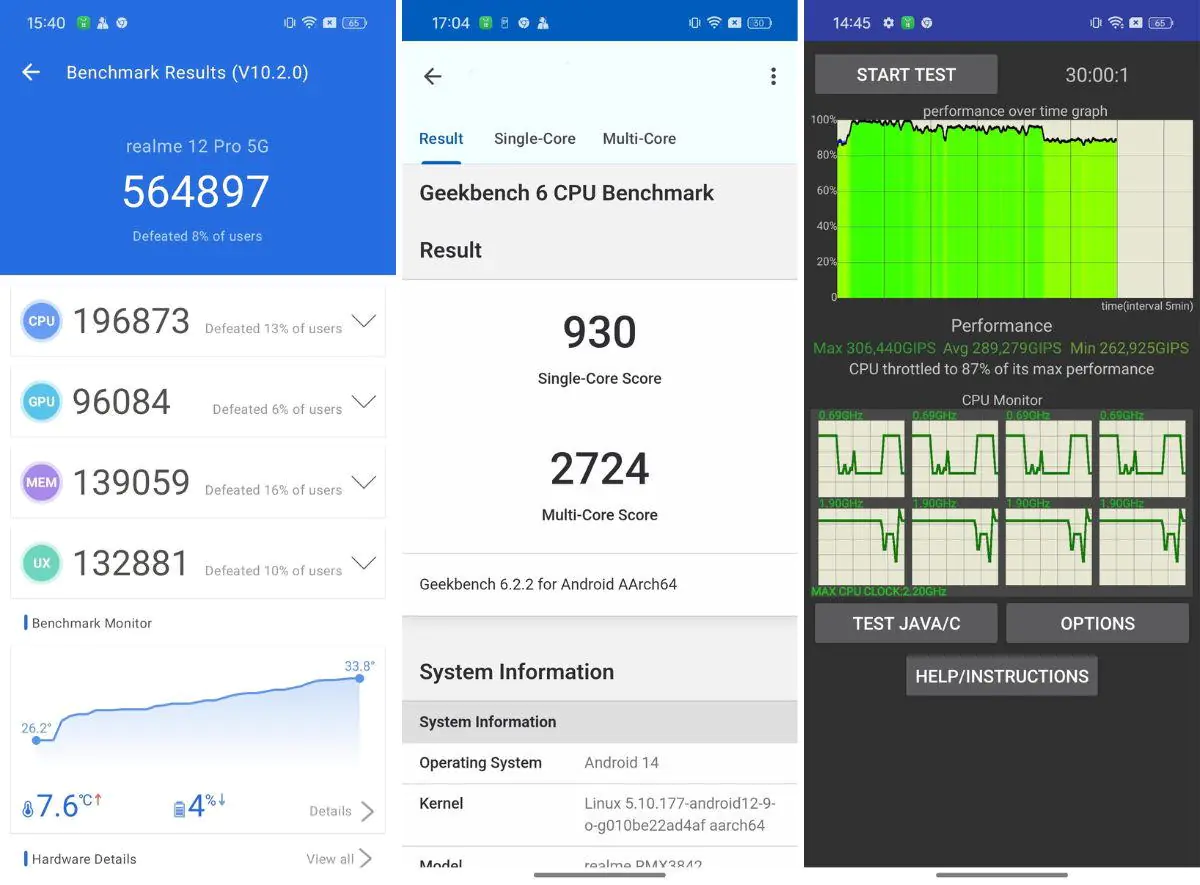 The shell features an advanced gaming assistant. It’s not as sophisticated as the one in the ASUS ROG Phone, but still comes with useful information, productivity modes, and a bunch of options.
The shell features an advanced gaming assistant. It’s not as sophisticated as the one in the ASUS ROG Phone, but still comes with useful information, productivity modes, and a bunch of options.
realme 12 Pro cameras
The realme 12 Pro has received a versatile camera setup:
- Main 50 MP Sony IMX882 sensor 1/2″, f/1.8, with optical stabilization
- 32 MP telephoto lens Sony IMX709, f/2.0, with 2x lossless zoom
- 8 MP wide-angle module f/2.2There’s also a 16 MP front-facing camera.
The fourth module on the camera block is not actually a lens but most likely a laser autofocus, for symmetry.
Compared to its predecessor, which had only the main module + an unnecessary depth sensor, there is clear progress in terms of the cameras. The image quality is also at a decent level. During the day, there’s nothing to complain about – pleasant tones, excellent color reproduction, high clarity, and good dynamic range.
ALL PHOTOS FROM REALME 12 PRO IN ORIGINAL SIZE
I wouldn’t call the evening shots bad. There isn’t any super-sharpness and detail, but there’s also no noise, and the illuminated elements are processed well. The only thing is, for better quality shots in low light, they take longer than usual; you need to keep the phone still for 3-4 seconds.
If you switch to night mode in the menu, the photos will take even longer to create, but they will have more light. This is especially critical in situations where it’s completely dark in the frame – the difference is striking. However, if there are some light sources, you can manage without the special mode. Here are examples, with night mode on the right:
The telephoto lens allows for 2x zoom without losing quality. The maximum available zoom is 20x, of course, with digital processing. Beyond that, the quality won’t be as high, but up to 8x zoom is good. Here are a series of photo examples with zoom:
The wide-angle module from last year hasn’t changed, and there’s nothing particularly special about it. It allows capturing more in the frame – which is great. During the day, the quality is decent, but in insufficient lighting, the photos with it are too dark. The module lacks autofocus, so macro shots aren’t possible with it, and there’s no separate macro module either. Well, that’s okay – because in budget phones, these are usually unnecessary low-quality modules. Below is a comparison of photos, regular module on the left, wide-angle on the right:
I liked the selfie camera; it produces clear shots with natural color reproduction. Naturally, there are various built-in beautification options.
The realme 12 Pro records videos in formats ranging from 720p and 1080p@30/60/120fps to 4K@30fps, with electronic stabilization. I wouldn’t recommend shooting in 4K – it’s a heavy load for a phone, the video isn’t particularly smooth, and it takes up a lot of space. As for Full HD – it’s also nothing special, low clarity, and the image “floats” during camera movement. In low light conditions, there’s simply not enough light, resulting in murky images and a lot of digital noise.




The camera application from previous generations hasn’t changed; it includes all the main modes, including the signature realme Street mode (best for capturing moving objects), shooting at maximum resolution, Pro mode, panorama, gestures, and so on.
By the way, regarding the Street mode – I consistently ended up with blurred objects when using it; I’m not sure if it’s a bug or a feature.
Read also: Realme GT Neo 3 review: a great smartphone with 150W charging
Connectivity and communication
The new realme release is equipped with all the necessary modern communication modules, offering support for Wi-Fi 802.11 a/b/g/n/ac/ax, Bluetooth 5.2, dual SIM (with two nanoSIM slots, eSIM support is absent).
Also available are location services: GPS, GLONASS, Galileo, Beidou, QZSS. And you can make contactless payments in stores using NFC.
Software
The realme 12 Pro Plus comes with the realme UI 5.0 based on Android 14. The manufacturer promises two major OS updates and 3 years of security patches – not as much as some competitors offer.
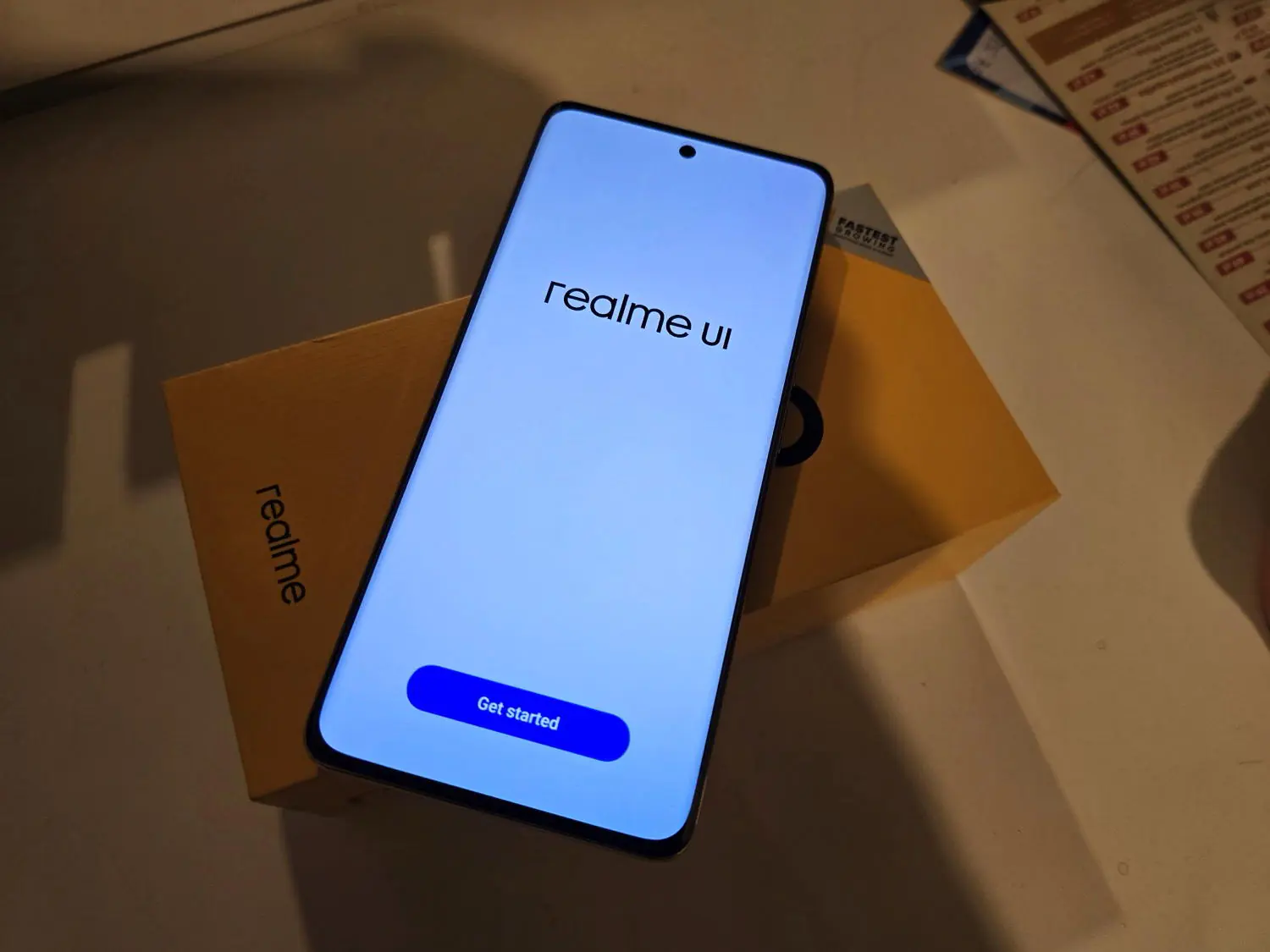 Compared to last year’s version 4 of the UI, there have been almost no visual changes, although the manufacturer talks about better optimization. There are also new features, such as File Dock, which provides quick access to recently opened images, videos, and documents, as well as Phonelink with integration with Microsoft’s Link to Windows.
Compared to last year’s version 4 of the UI, there have been almost no visual changes, although the manufacturer talks about better optimization. There are also new features, such as File Dock, which provides quick access to recently opened images, videos, and documents, as well as Phonelink with integration with Microsoft’s Link to Windows.
Something interesting – the option to cut objects out of photos has appeared (you just need to hold your finger on them), previously we saw this in iOS and Samsung Galaxy.
Unfortunately, without the “extra” installed software, there’s no way to go – there’s Booking, Facebook, LinkedIn, TikTok, Spotify, WPS Office, Amazon. Plus, two annoying folders – Hot apps and Hot Games with ads for downloading apps – you can’t delete them! And to top it off, during setup, the phone defaults to offering to install extra software. Brrr!
Among the built-in applications from realme, there is their own software catalog (which sends annoying promotional notifications!), the Games app (settings during gameplay and game recommendations), an internet browser, a music player app, a video player app, a file manager, notes, a phone manager (memory cleanup, emergency information, app cloning, child, simplified, and multi-user modes, data usage management), gallery, and a theme store.
I was intrigued by the Zen Space app – in it, you can set up profiles for work, study, or “deep zen,” selecting only allowed apps so that your phone doesn’t distract you. The “deep zen” mode cannot even be turned off until the set time expires (but the camera and emergency calls are still accessible if needed).
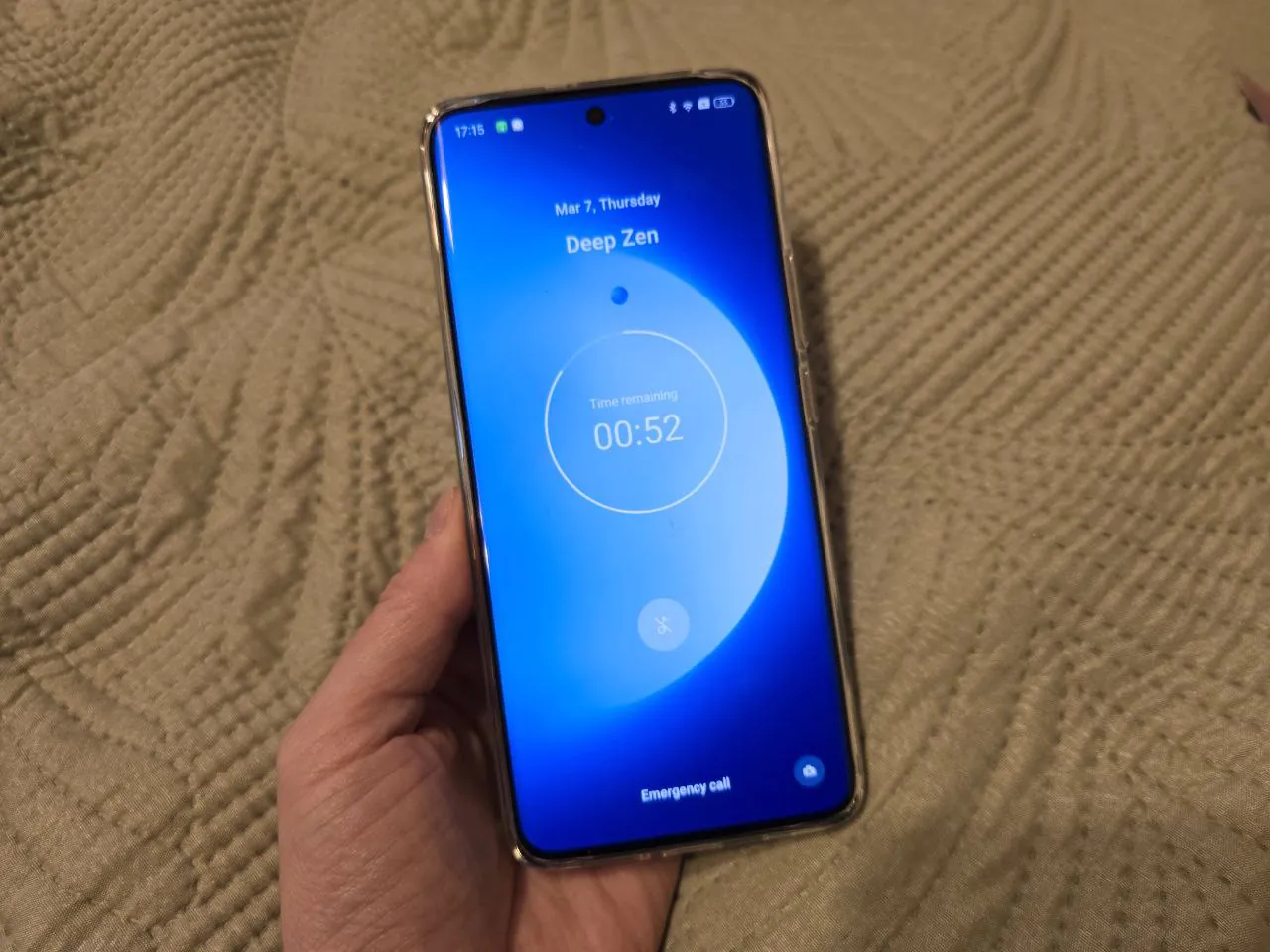
Also, as before, various gestures are available in the realme UI, the split-screen option, a side menu for quick launching of necessary apps, and a windowed mode.
In the realme Lab app, there are experimental options – the ability to connect two pairs of wireless headphones to the phone and track the pulse using the fingerprint scanner.
Read also: Realme Buds Air 5 TWS Headphones Review
Sound and vibration
The realme 12 Pro comes with a full set of speakers – one at the top and one at the bottom (which not all flagships even have). They are wonderfully balanced, offering a pleasant stereo effect and immersive sound.
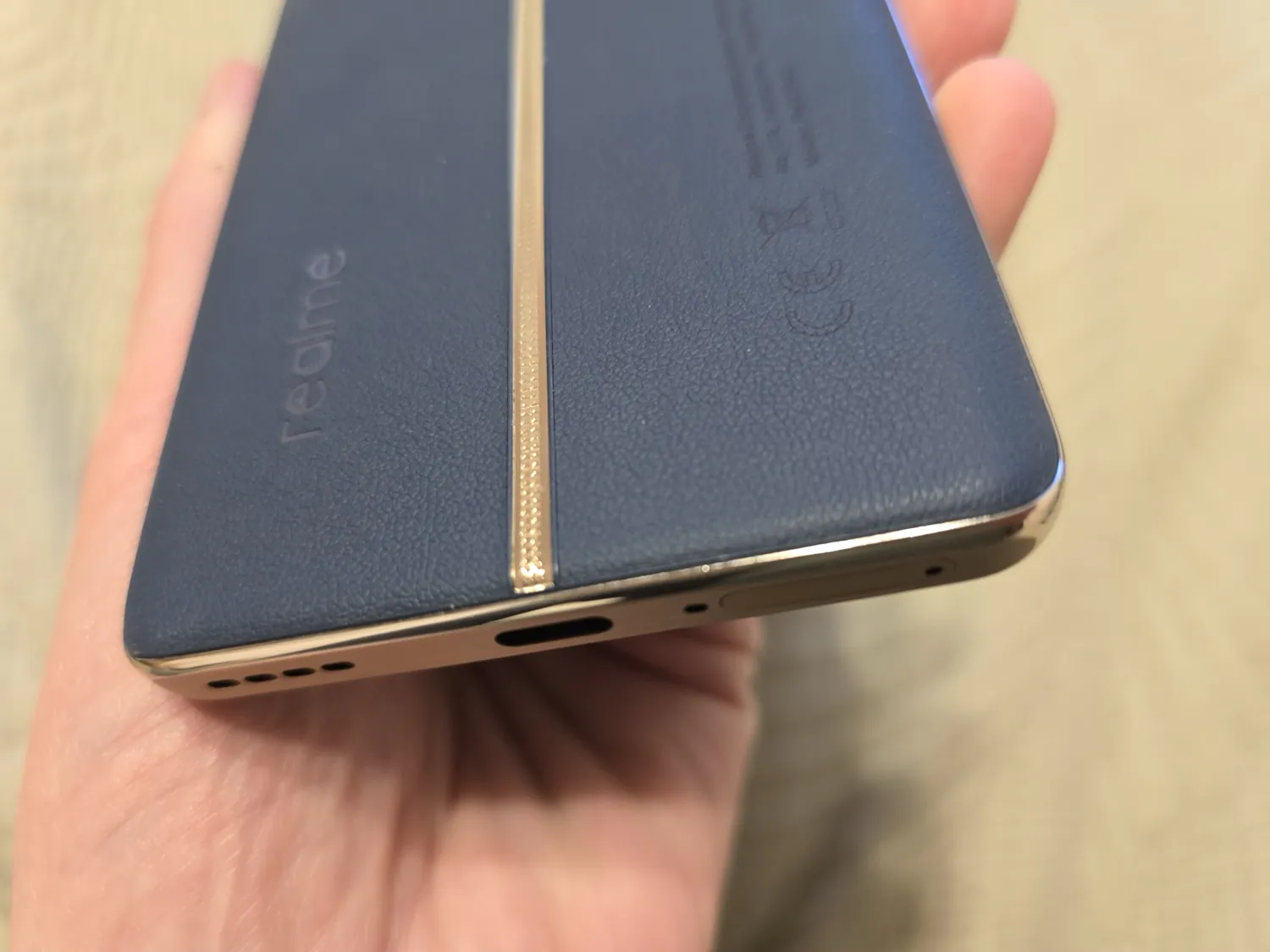 Dolby Atmos effects are supported – with three profiles to choose from and an adaptive default. However, there is no built-in equalizer like in some competitors.
Dolby Atmos effects are supported – with three profiles to choose from and an adaptive default. However, there is no built-in equalizer like in some competitors.
It’s worth noting the high-quality haptic feedback – not every phone implements this technology as well! The haptics work based on O-Haptics technology and have their own section in the settings. There, you can activate or deactivate O-Haptics and adjust the vibration strength. O-Haptics technology operates throughout various elements of the realme UI system. For example, when adjusting screen brightness and volume, reaching the end of a menu, typing text, switching between apps, and so on.
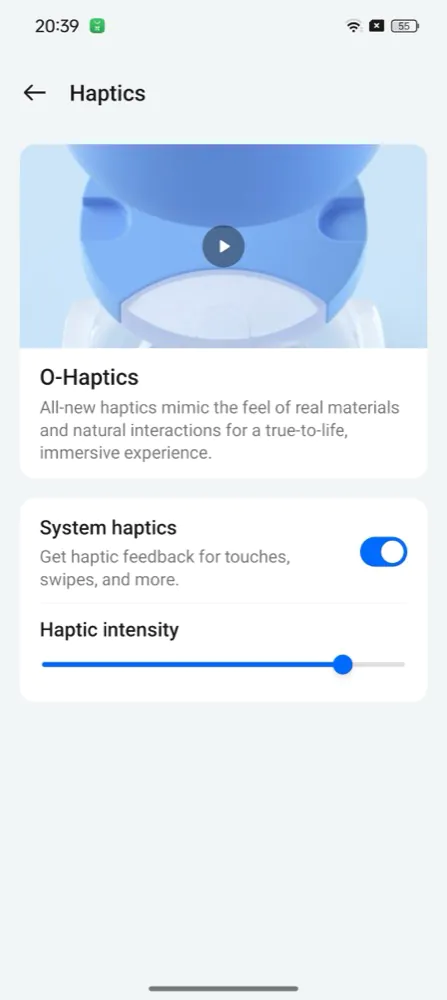
Battery life
The realme 12 Pro boasts a 5000 mAh battery, which remains unchanged compared to the 11 Pro. This is the “golden standard” of today’s smartphones. Overall, I can’t say that the Plus version works longer or shorter; they’re more or less on the same level. The 12 Pro may last slightly longer due to the less powerful processor, but it’s not critical.
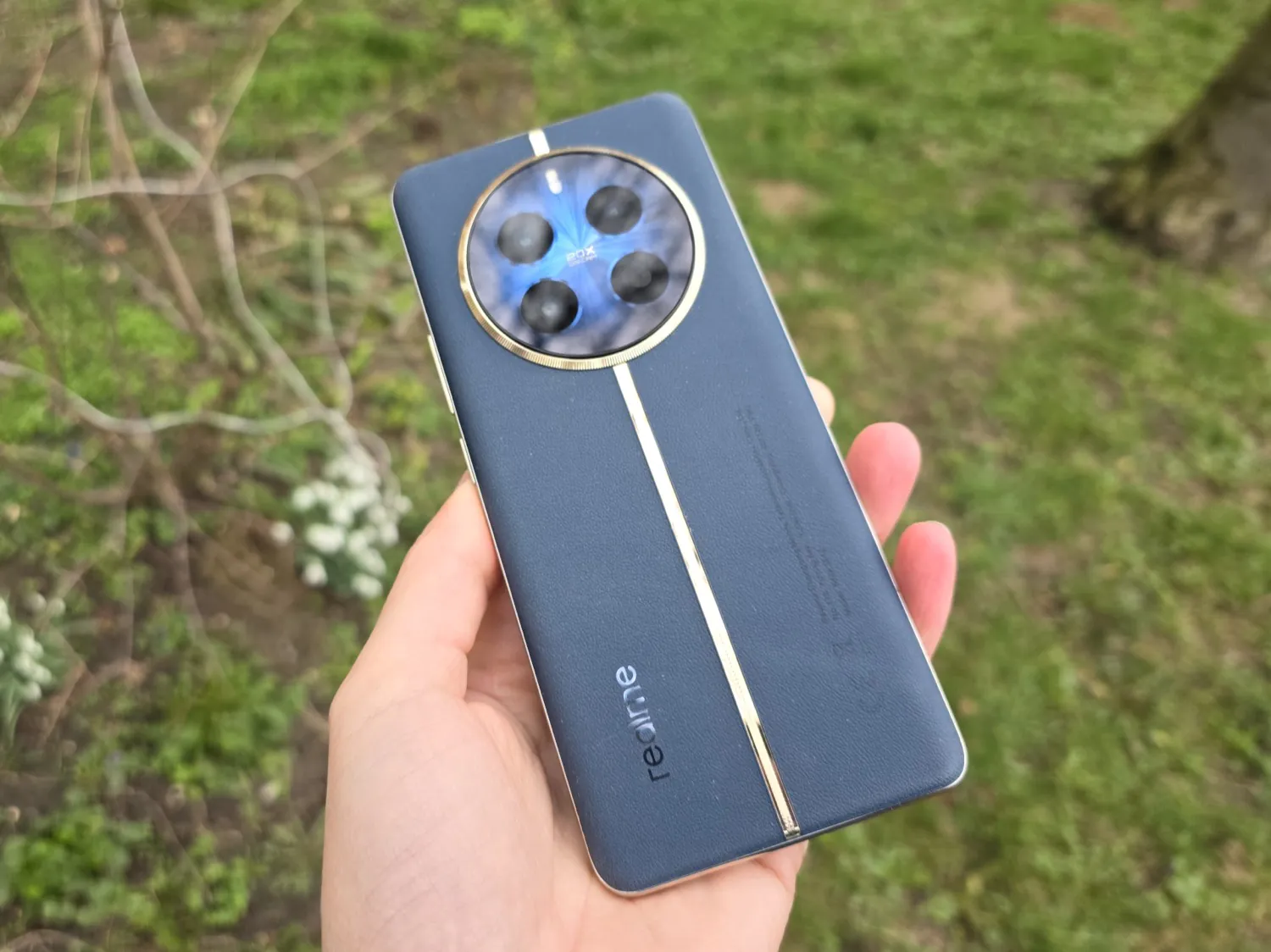 On average, the device provides about 8 hours of active screen-on time (video calls, web browsing, gaming, social media interaction). There are plenty of battery settings options that come in handy for saving charge and preserving battery health.
On average, the device provides about 8 hours of active screen-on time (video calls, web browsing, gaming, social media interaction). There are plenty of battery settings options that come in handy for saving charge and preserving battery health.
In a reputable battery test like PCMark, our realme 12 Pro scored 15 hours and some change – that’s quite impressive!
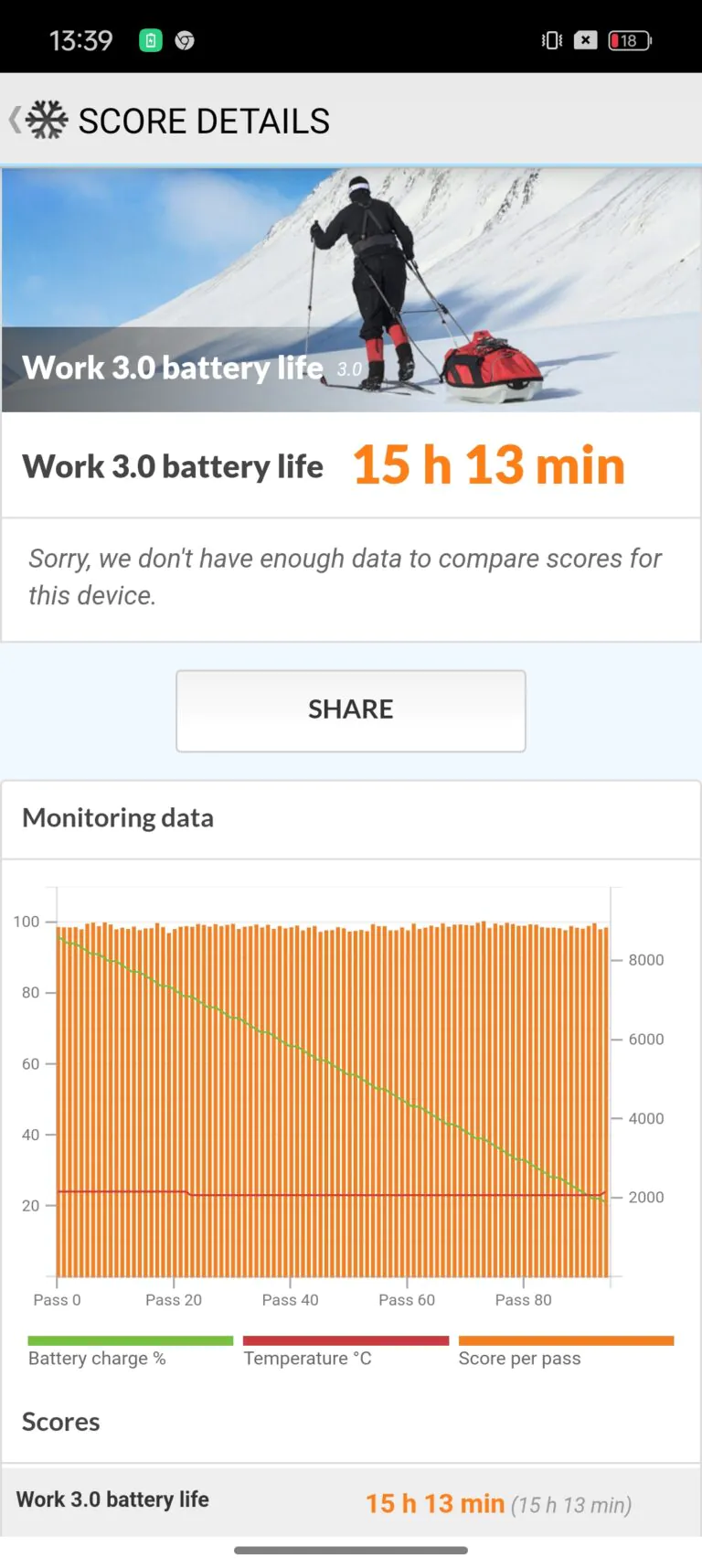 The charging speed hasn’t changed from last year – it’s still 67W. It takes slightly less than 50 minutes for a full charge, with about 30 minutes being enough for around 70%.
The charging speed hasn’t changed from last year – it’s still 67W. It takes slightly less than 50 minutes for a full charge, with about 30 minutes being enough for around 70%.
Conclusions
The main change in the realme 12 Pro compared to last year’s model is the full, versatile camera setup: there’s a decent main module, a telephoto lens with 2x optical zoom, and a wide-angle lens. However, these are all present in many competitors for roughly the same price. What else does the new model offer? Well, first and foremost, it’s the design, which may be a matter of taste, but it certainly stands out from the crowd. Additionally, there’s a quality curved screen, good stereo speakers, and a very durable battery.
What can be listed in the “cons” section? The screen, while vibrant with its 120Hz AMOLED, has too low a maximum brightness for sunny days and suffers from glare and fading. The processor isn’t particularly productive (there’s been no progress since last year), and competitors at this price point may offer something better. There’s also a lot of bloatware, but this issue is now common to all Chinese phones.
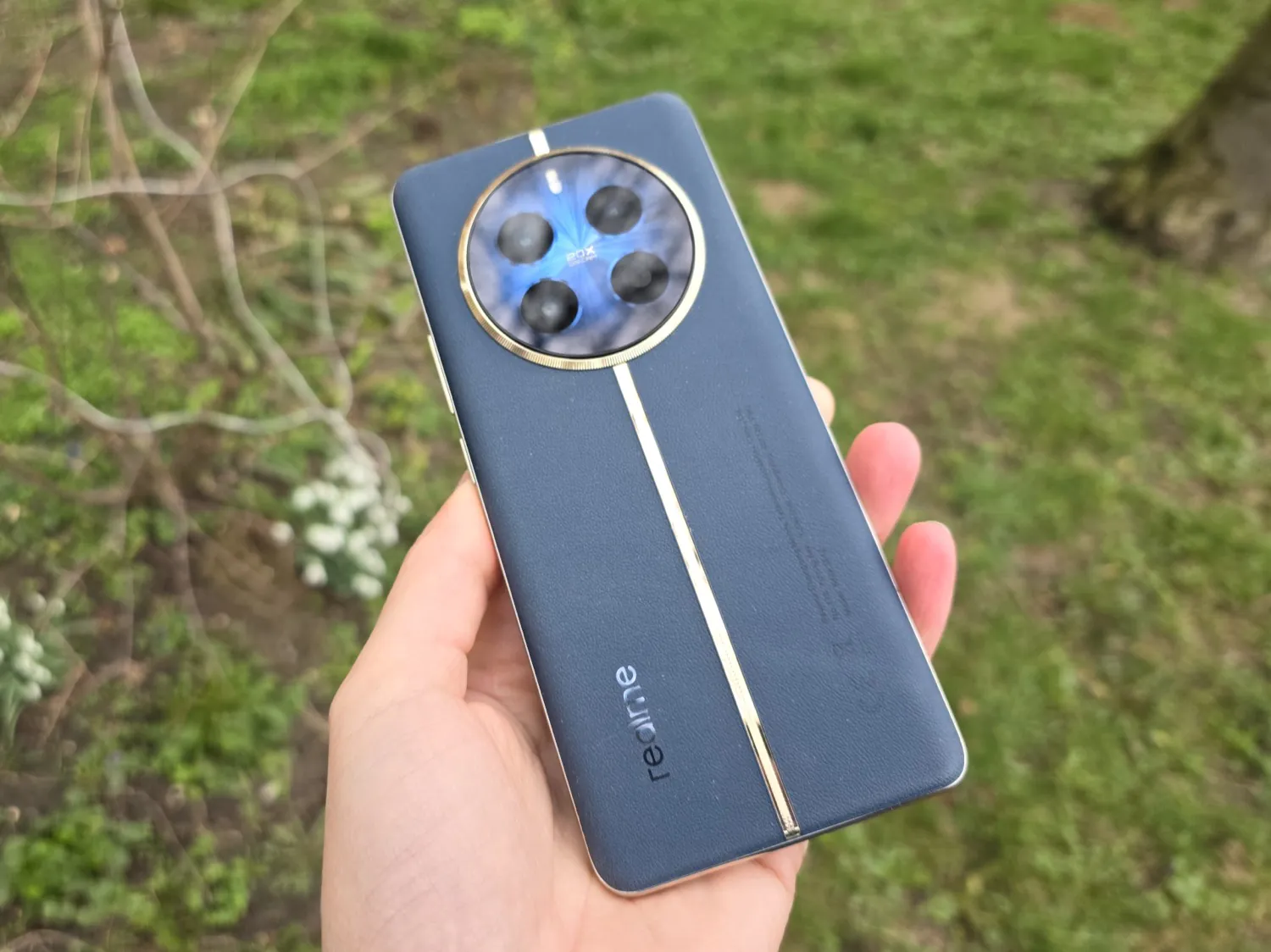
Overall, the model is pleasant and primarily attracts attention with its design, although it faces stiff competition from models with lower prices and somewhat better specifications (starting from POCO X6 Pro, Redmi Note 13 Pro+ 8/256, and OnePlus Nord 3 5G 16/256, to Motorola Edge 40 Neo). So, realme 12 Pro will have to carve out its place in the market. Whether it will succeed, or if the price will decrease further, remains to be seen. What do you think about the new release?
Read alsо:



